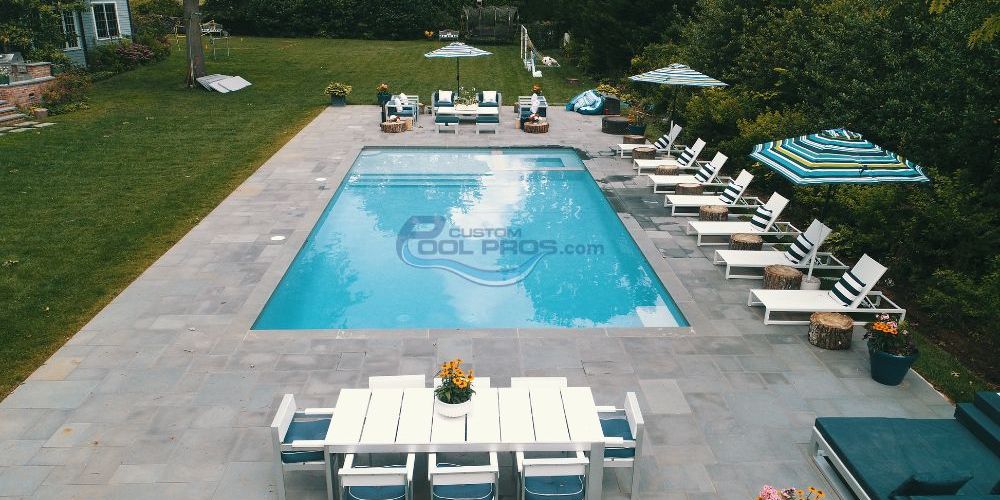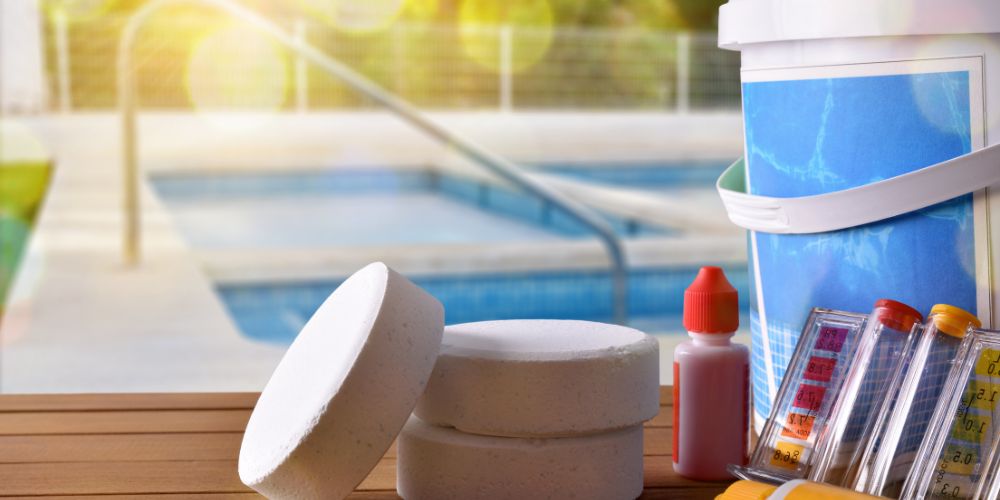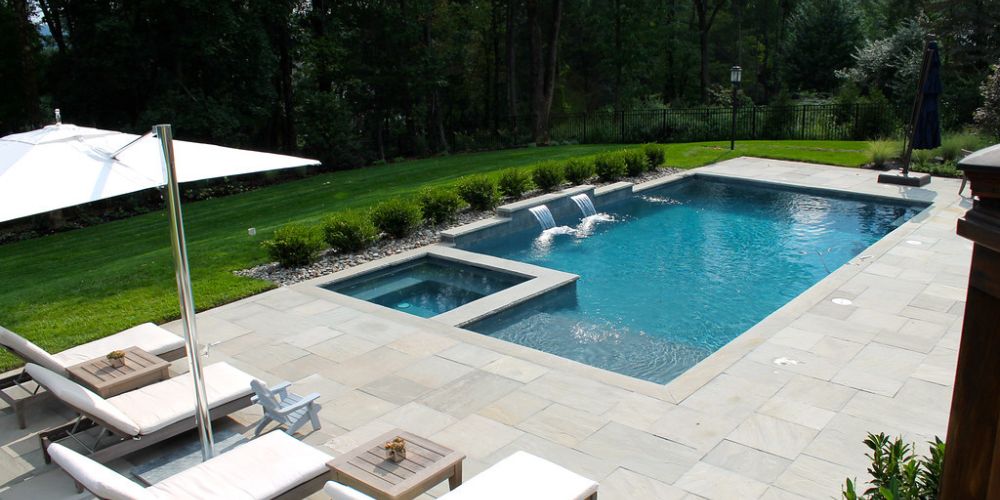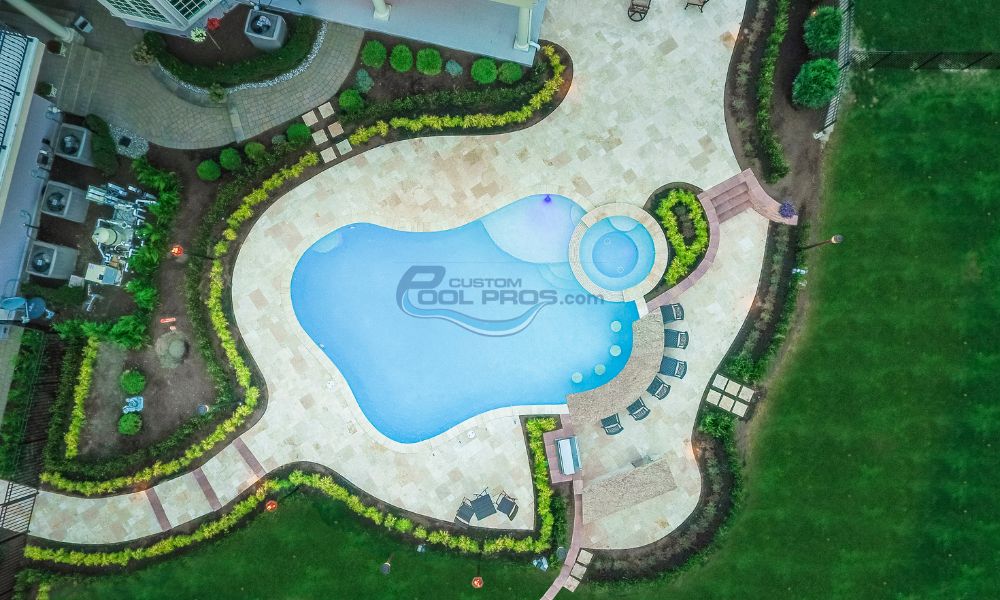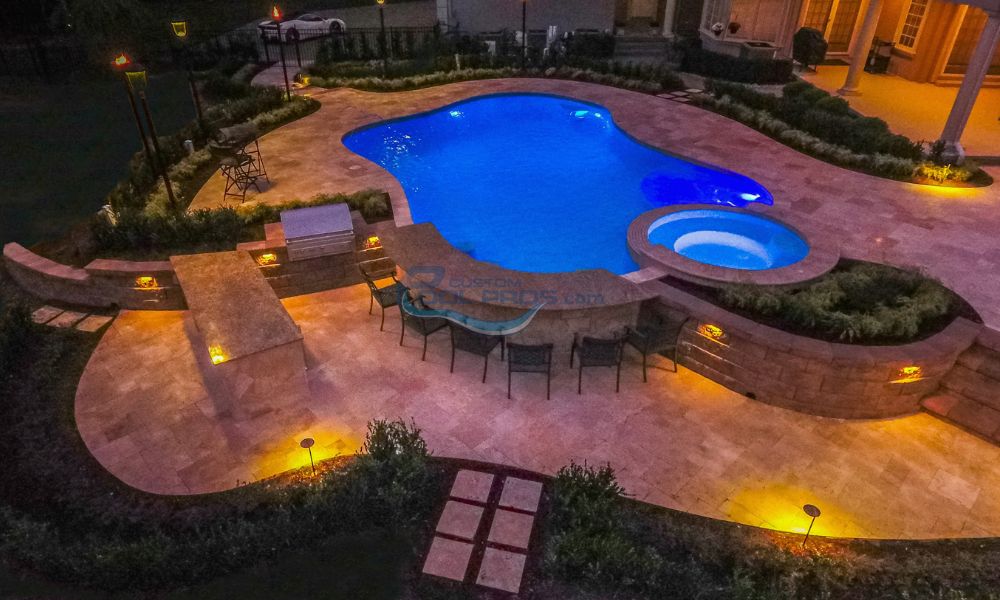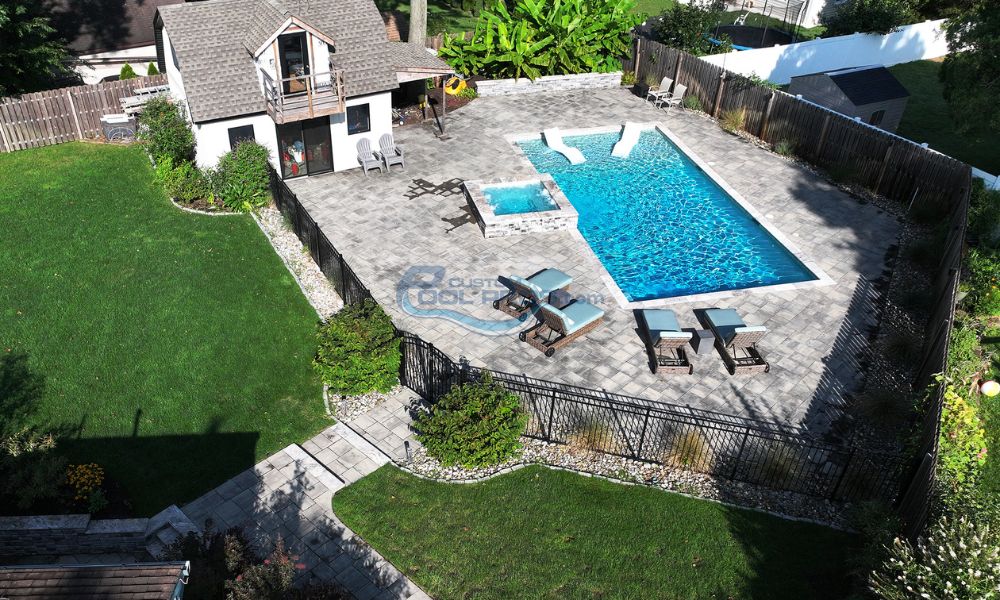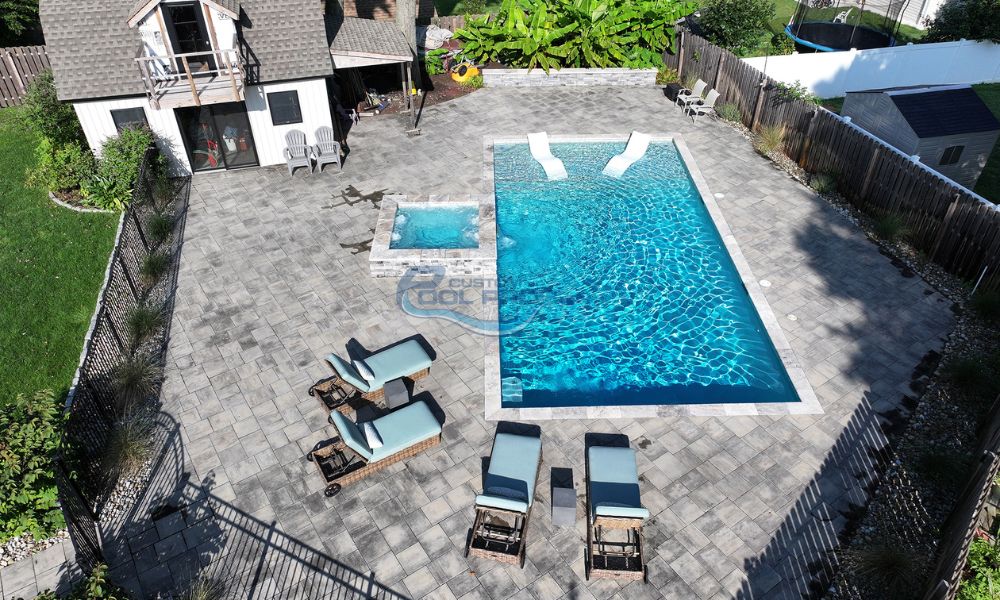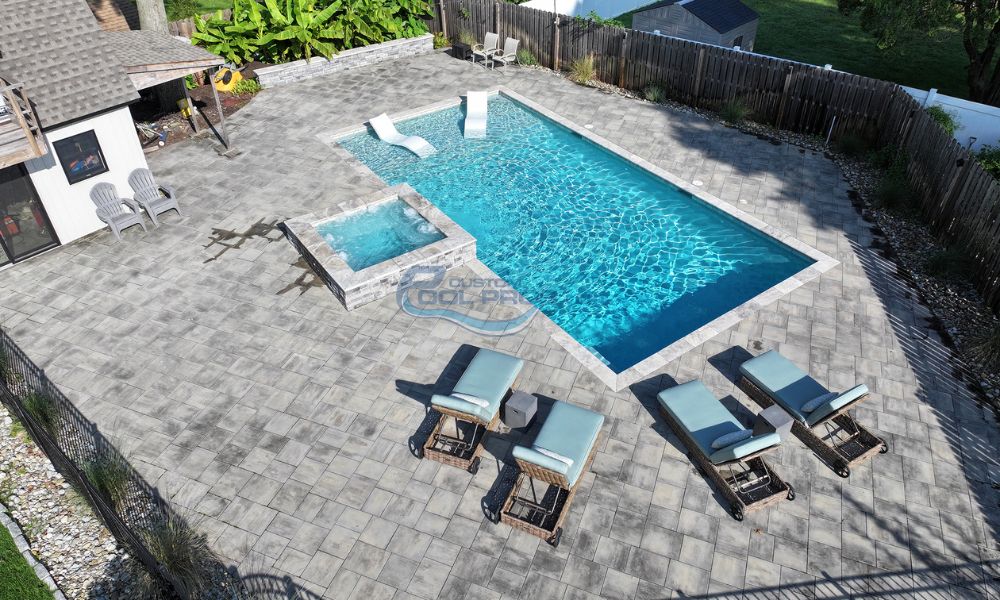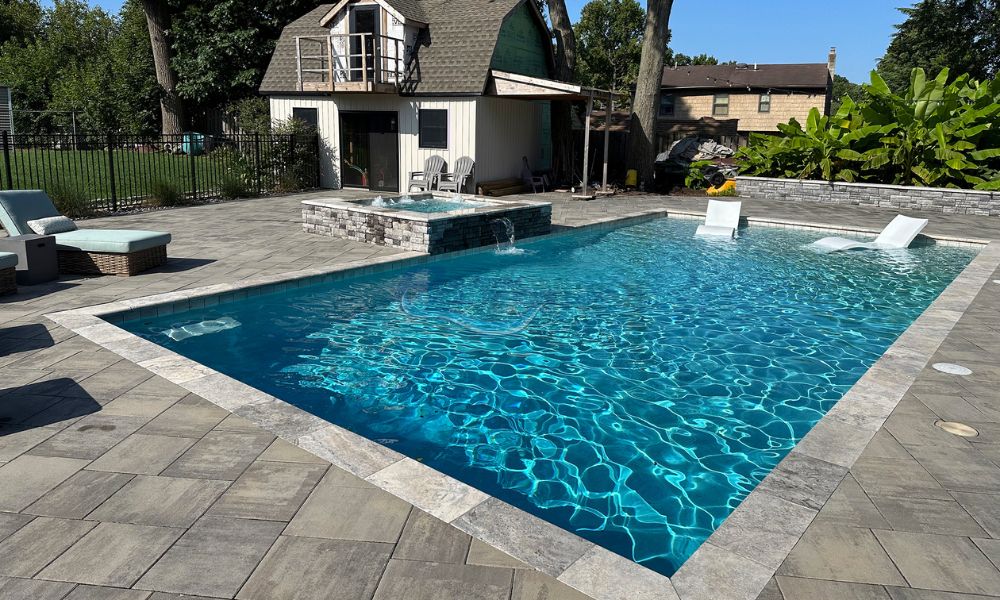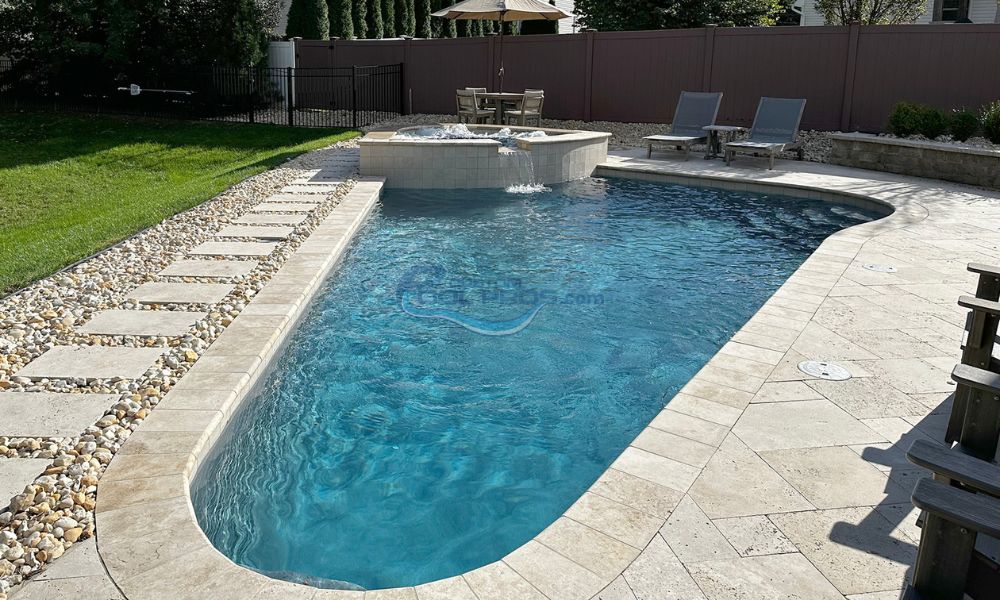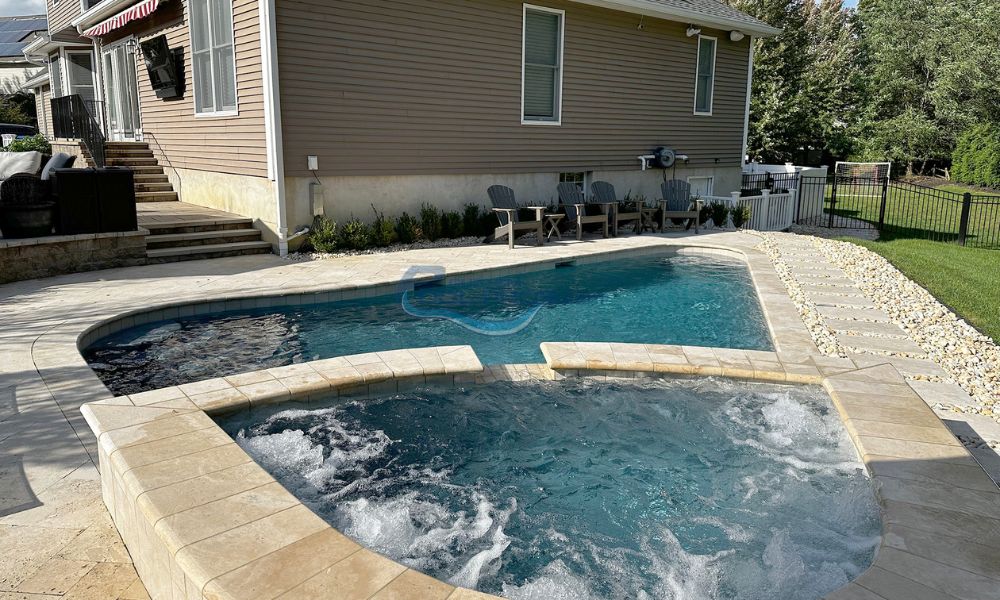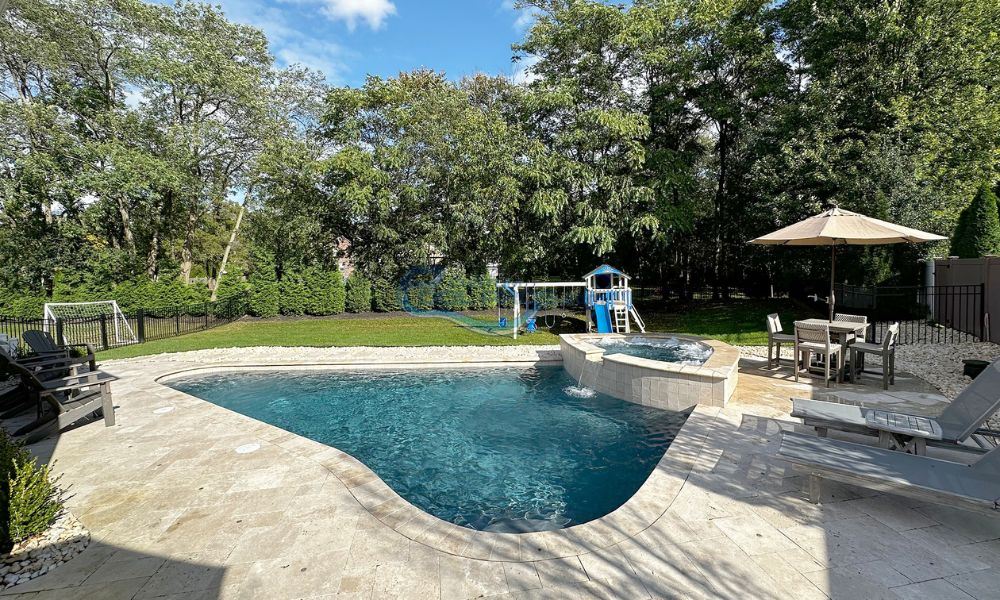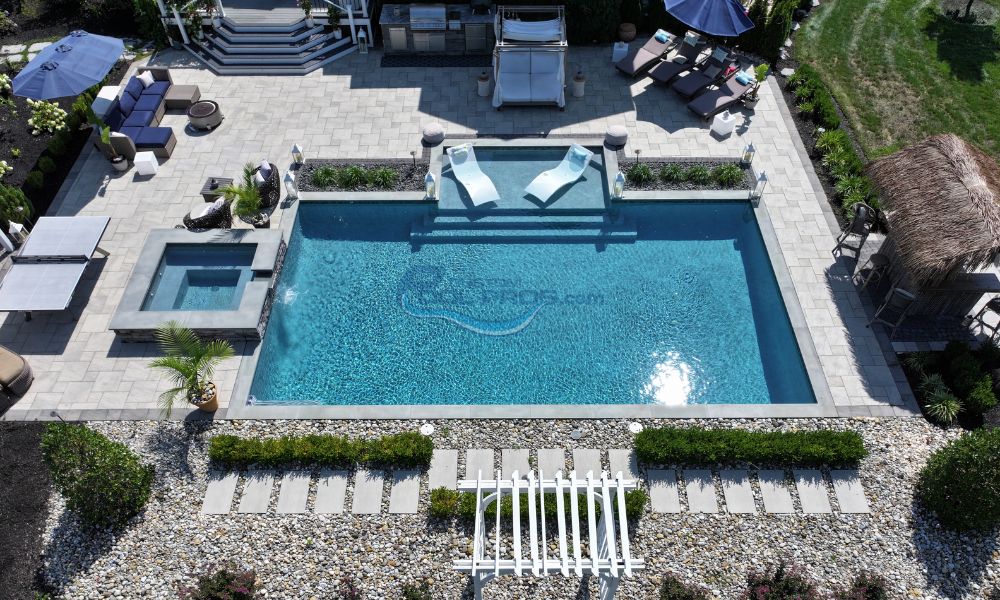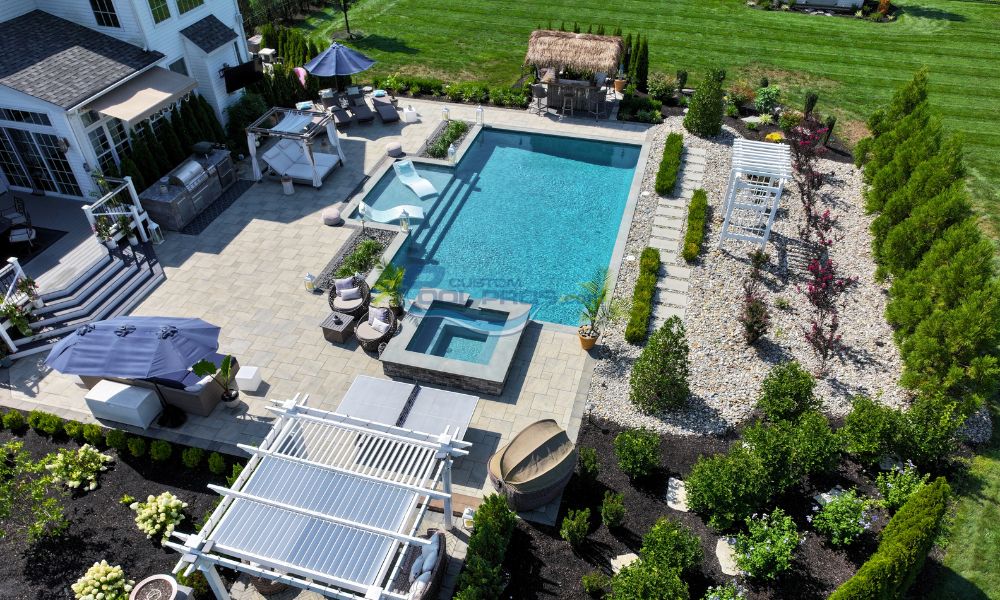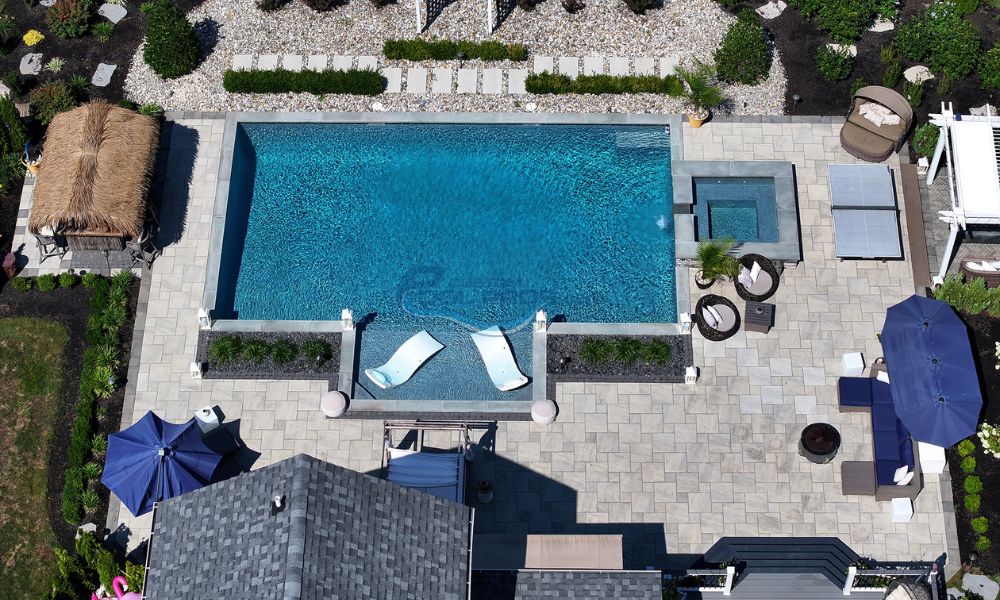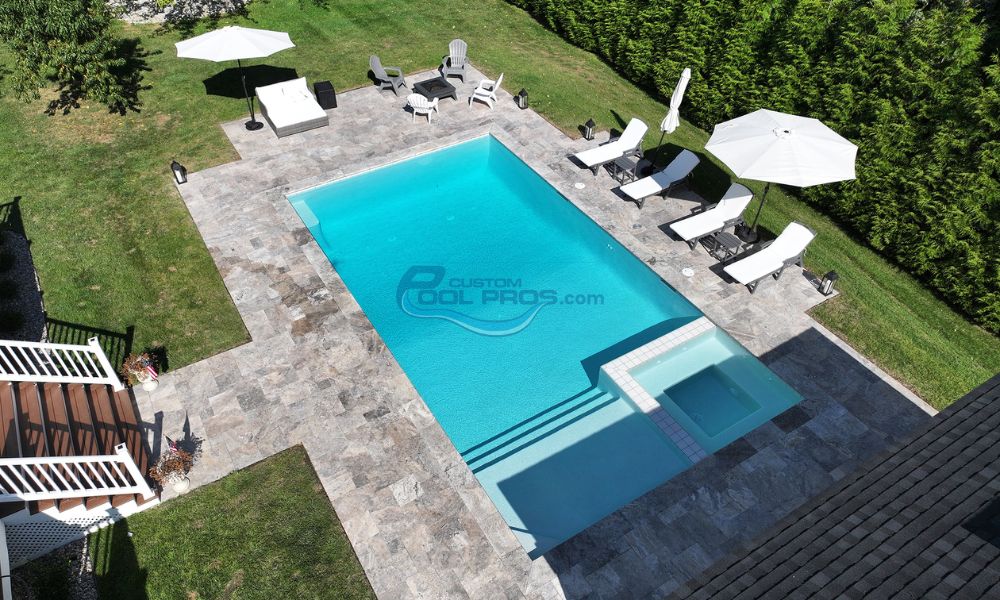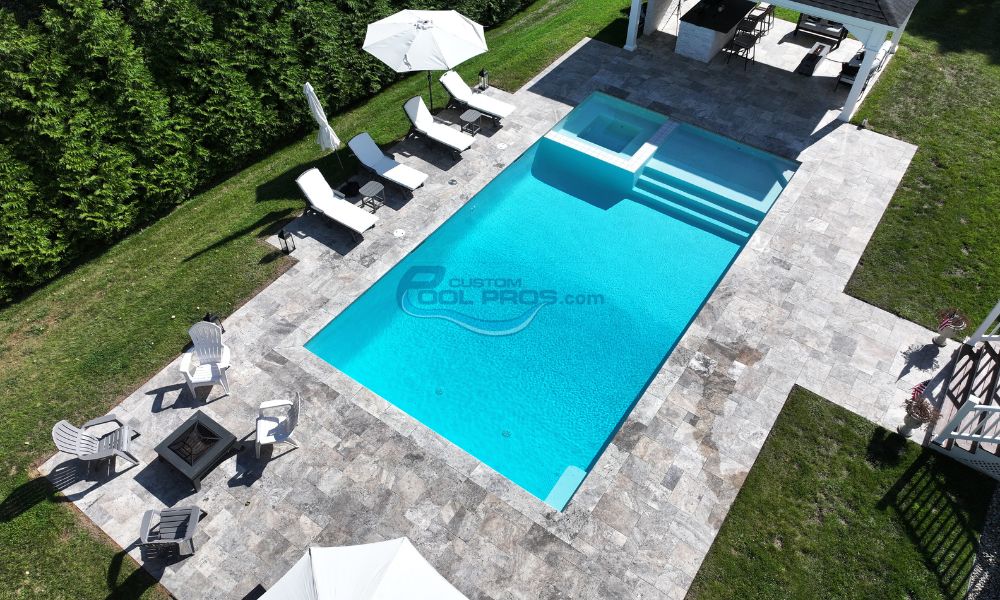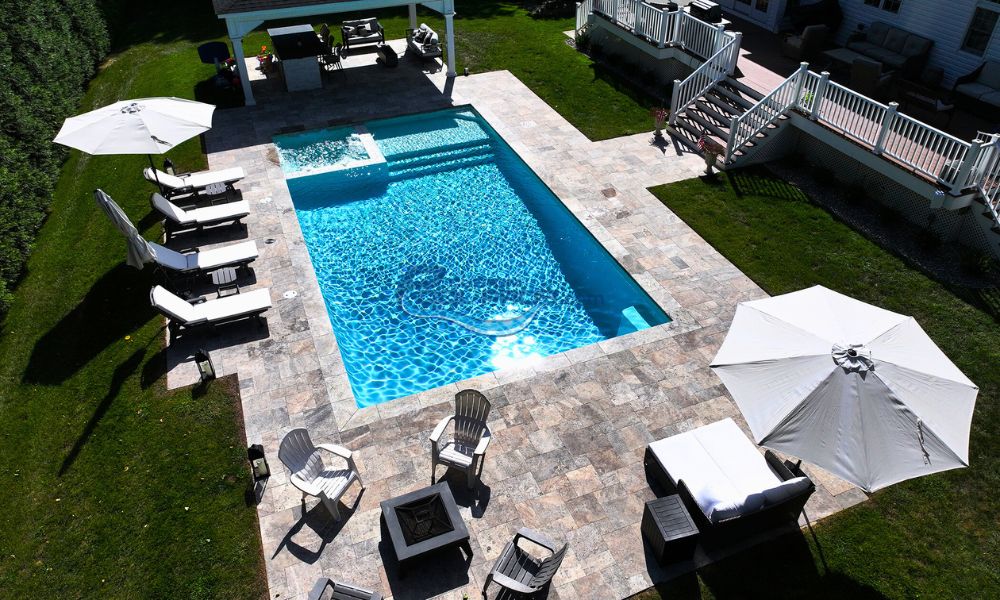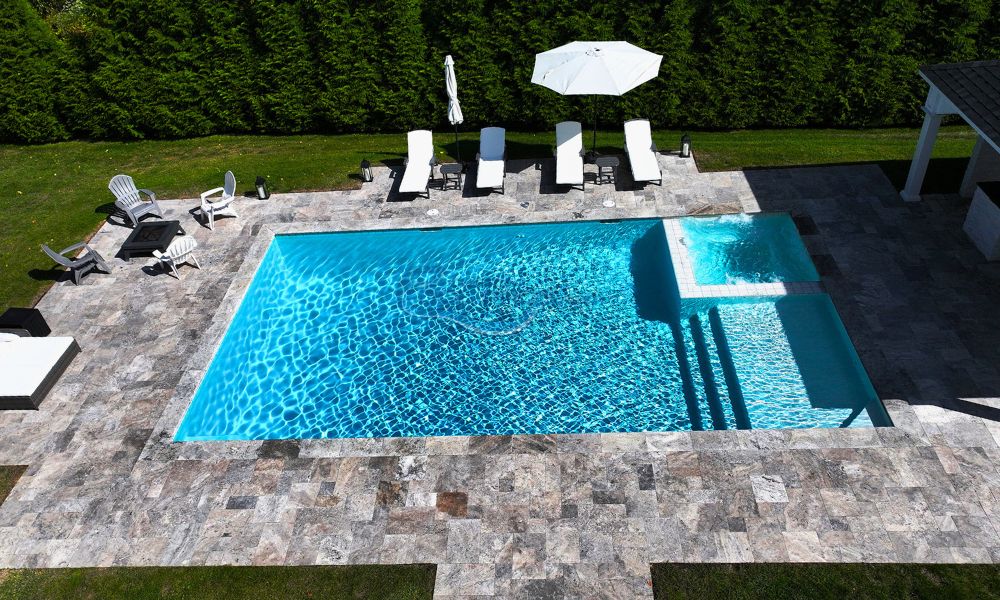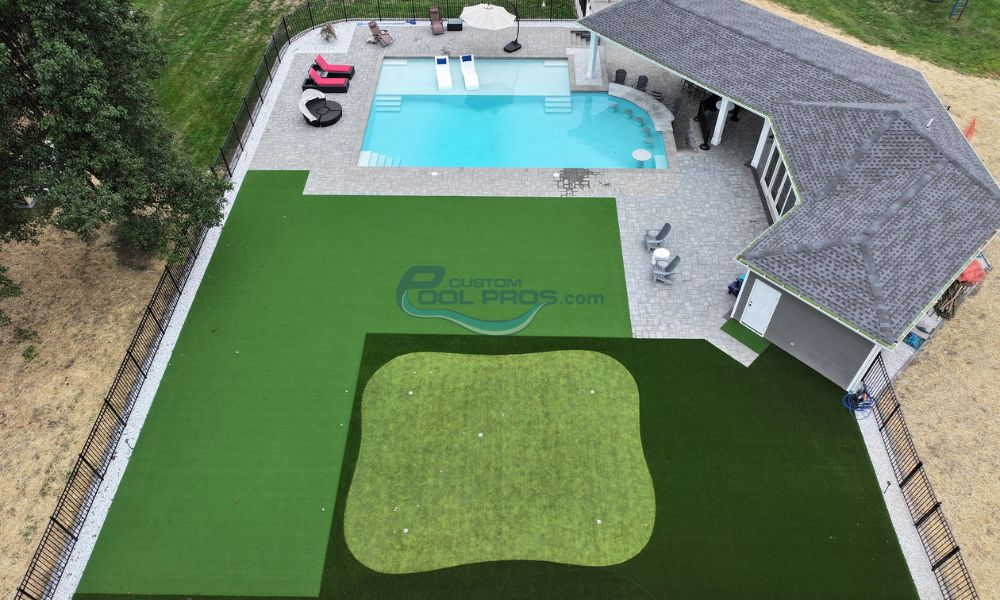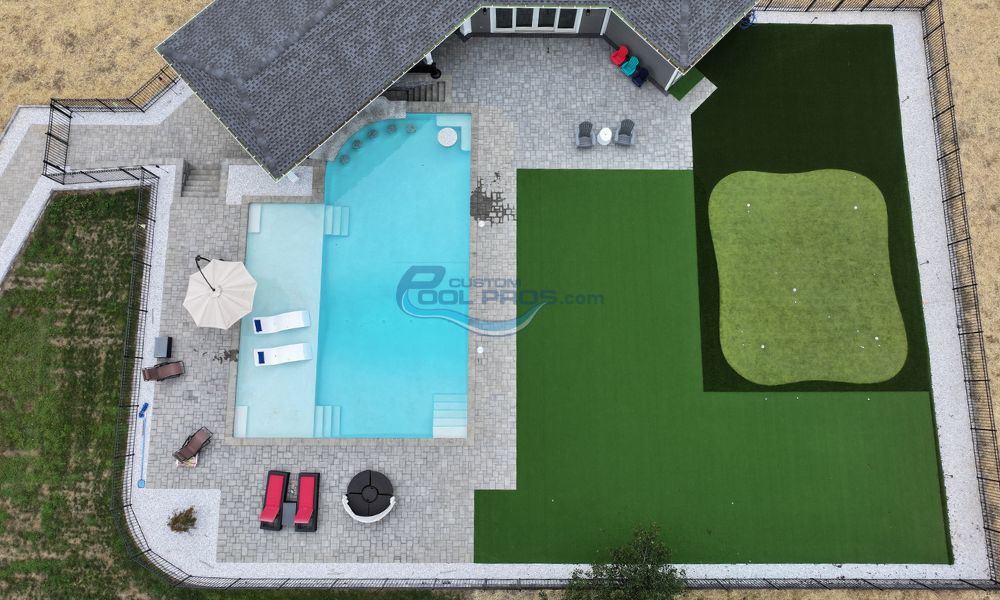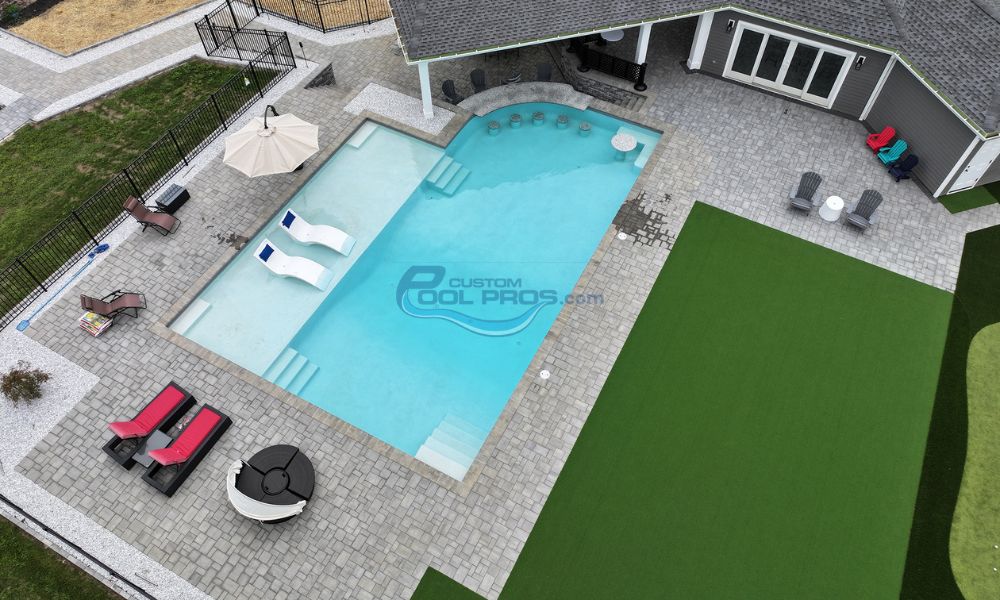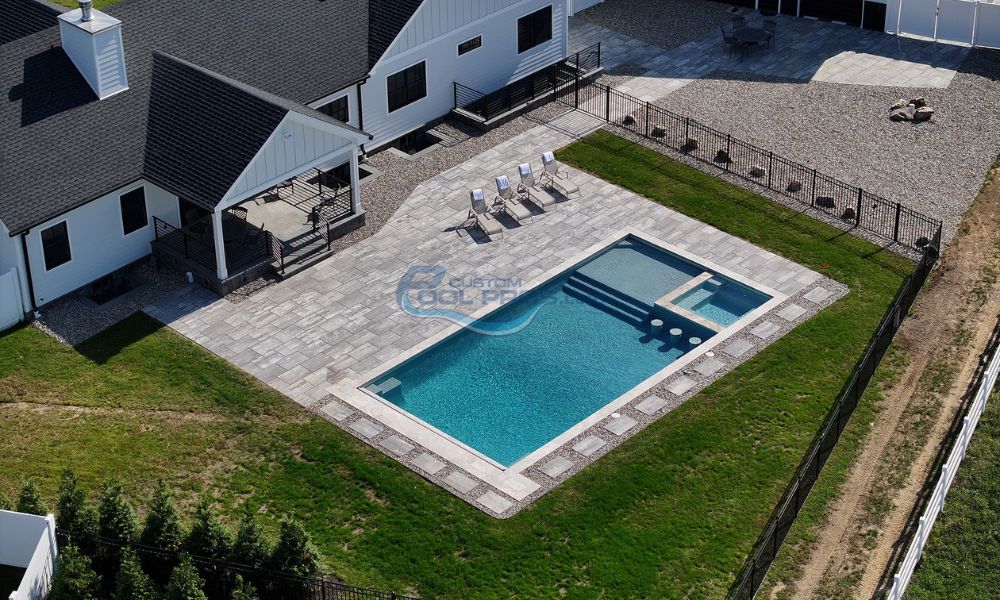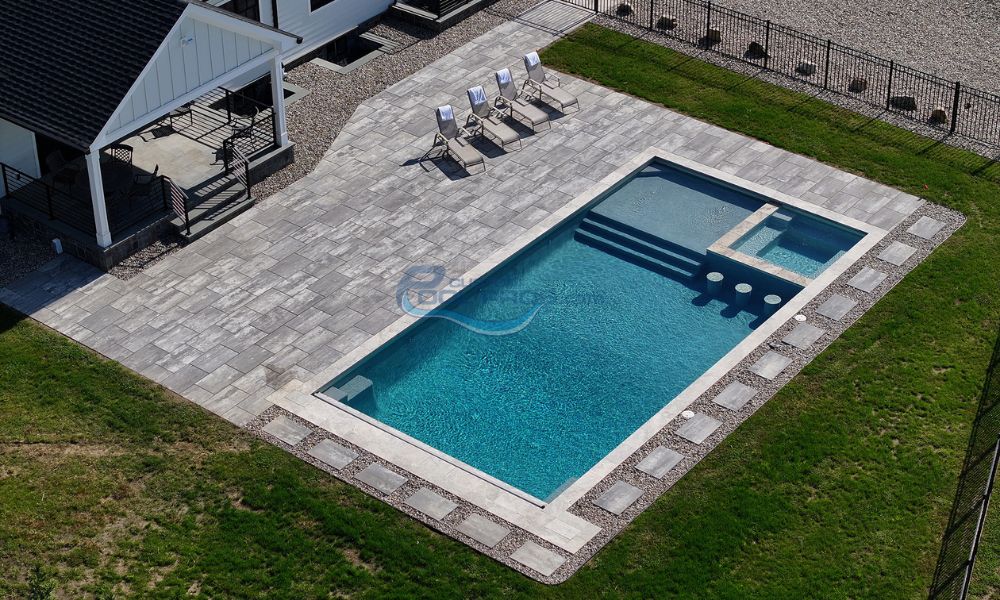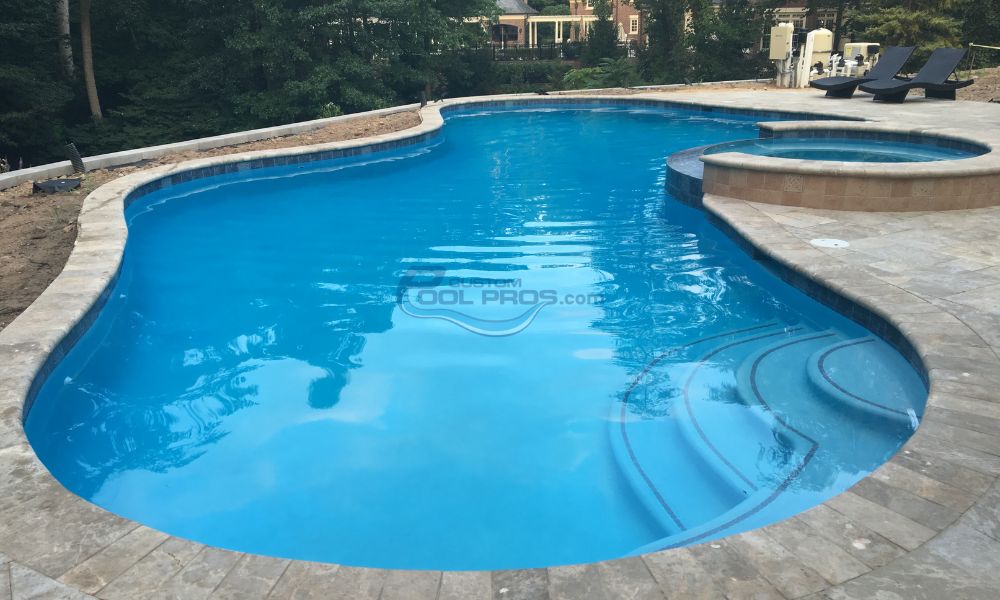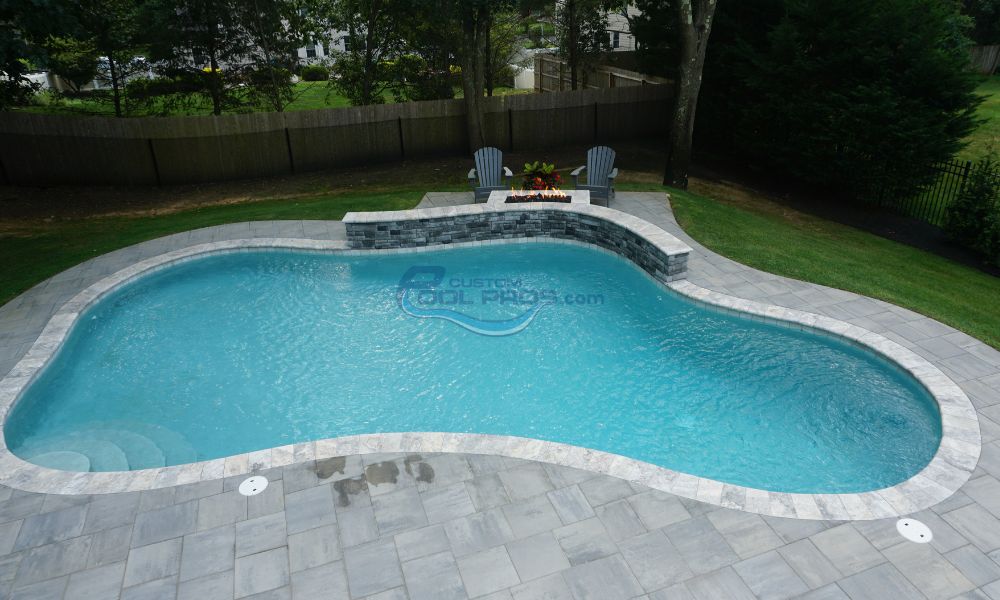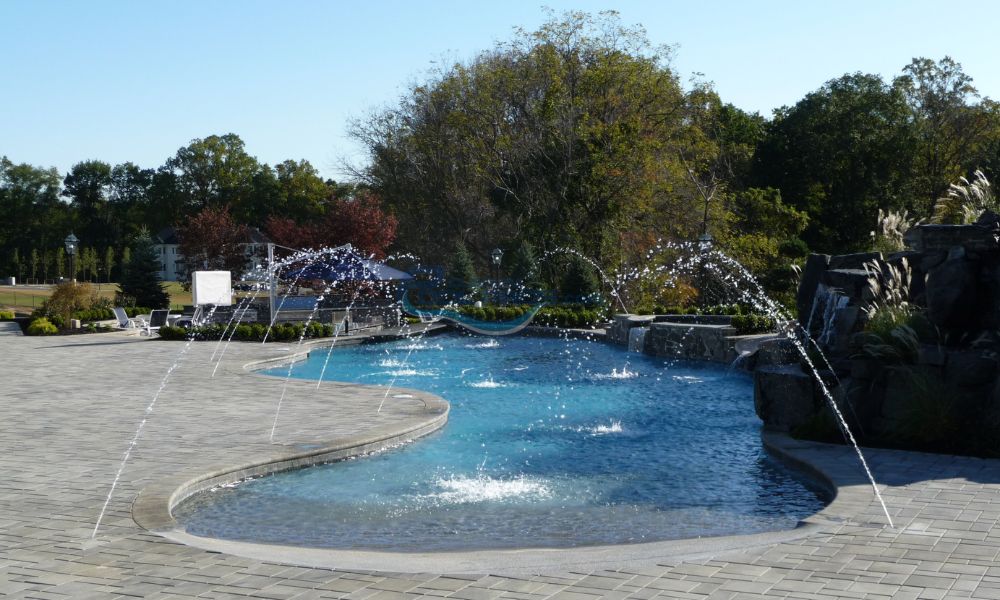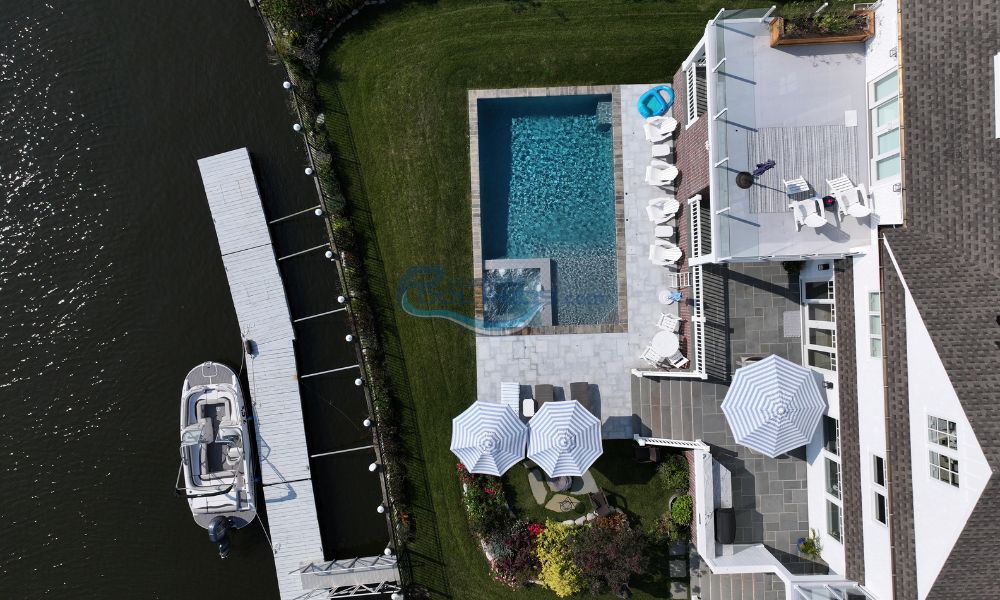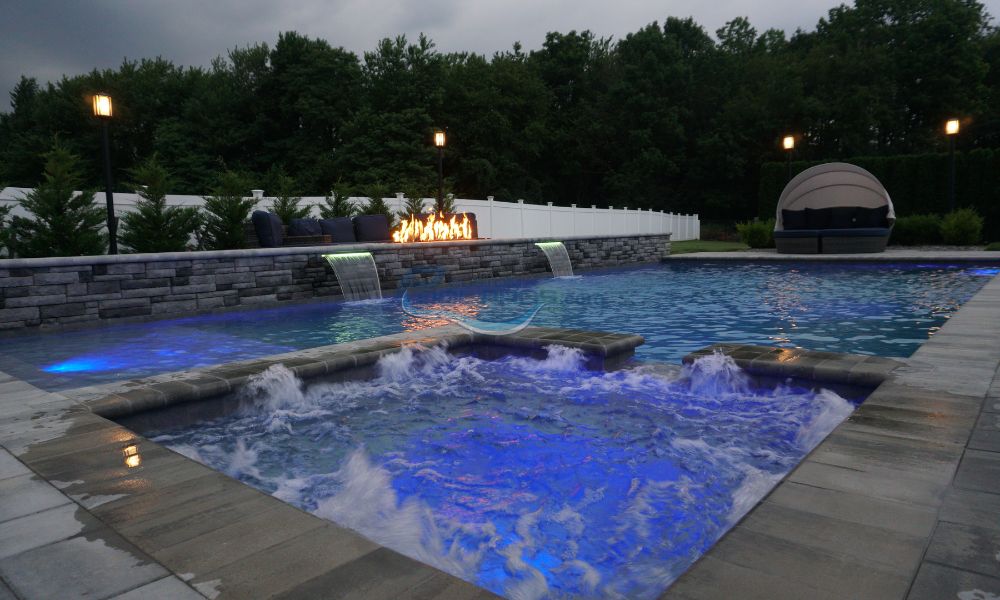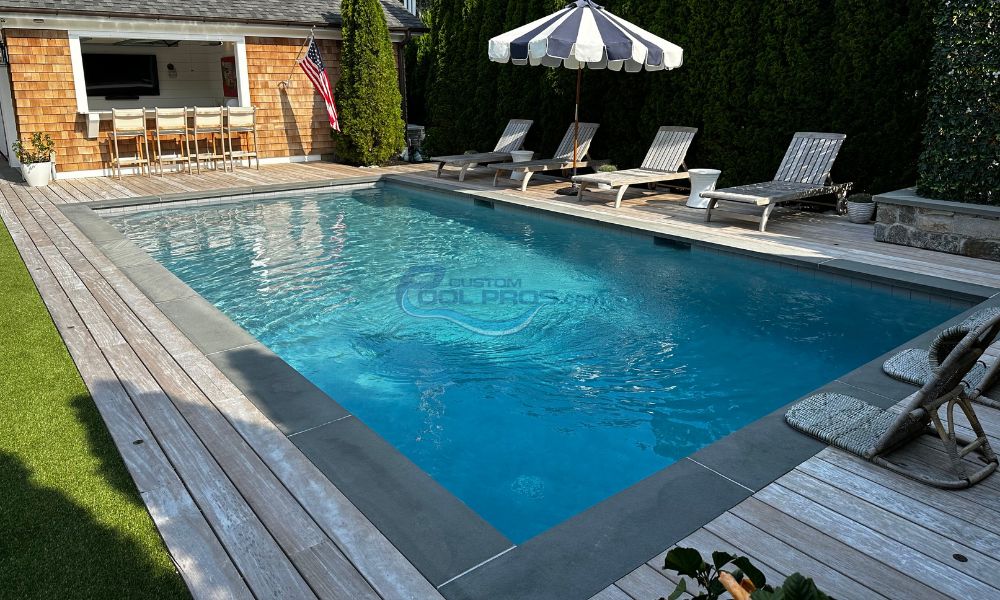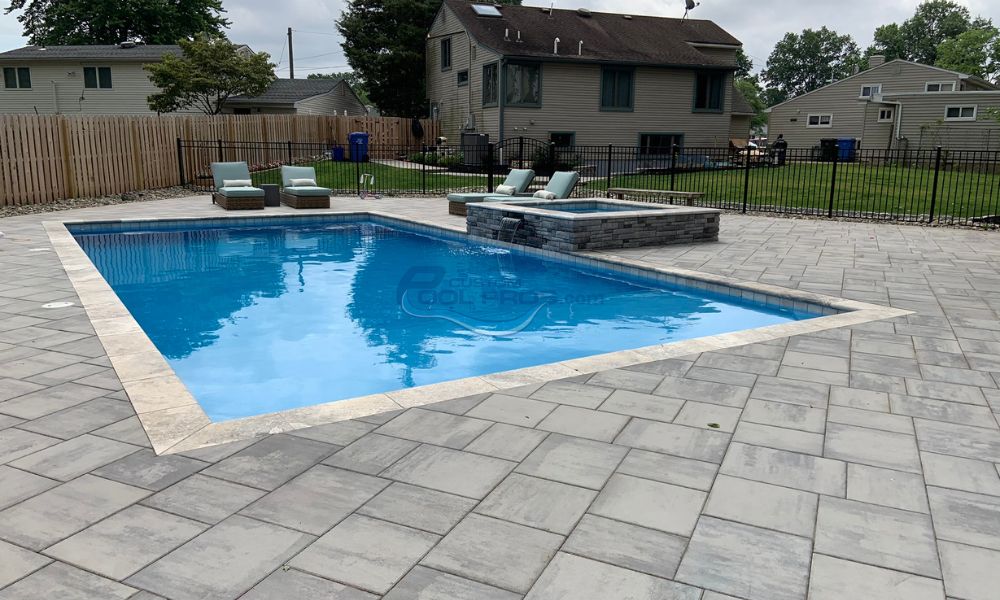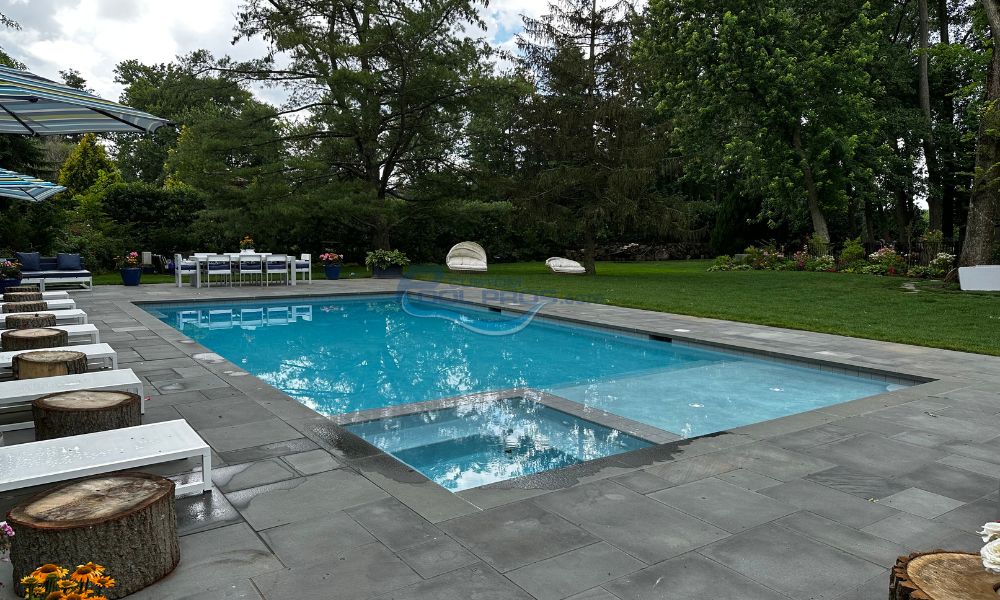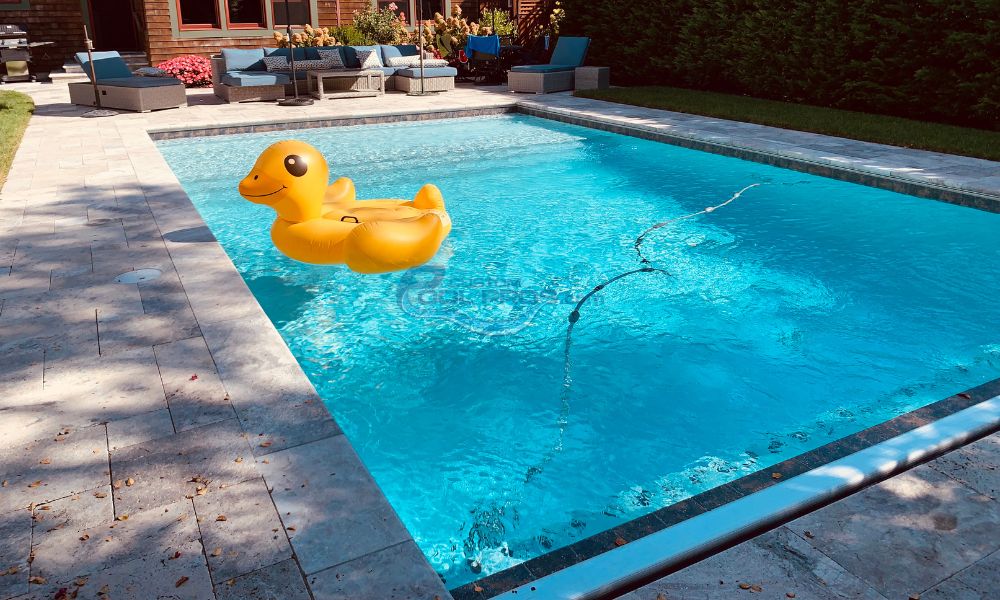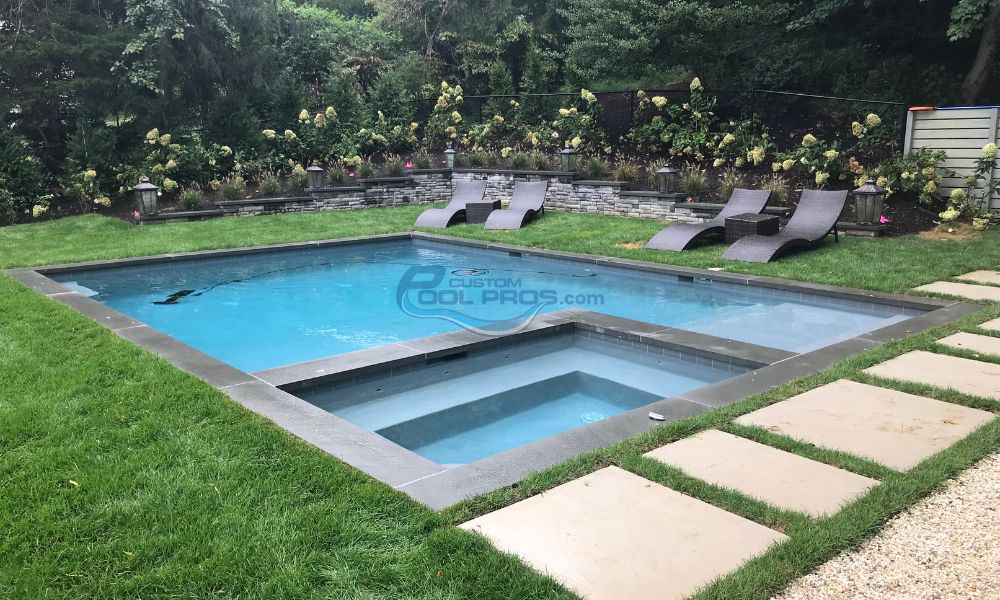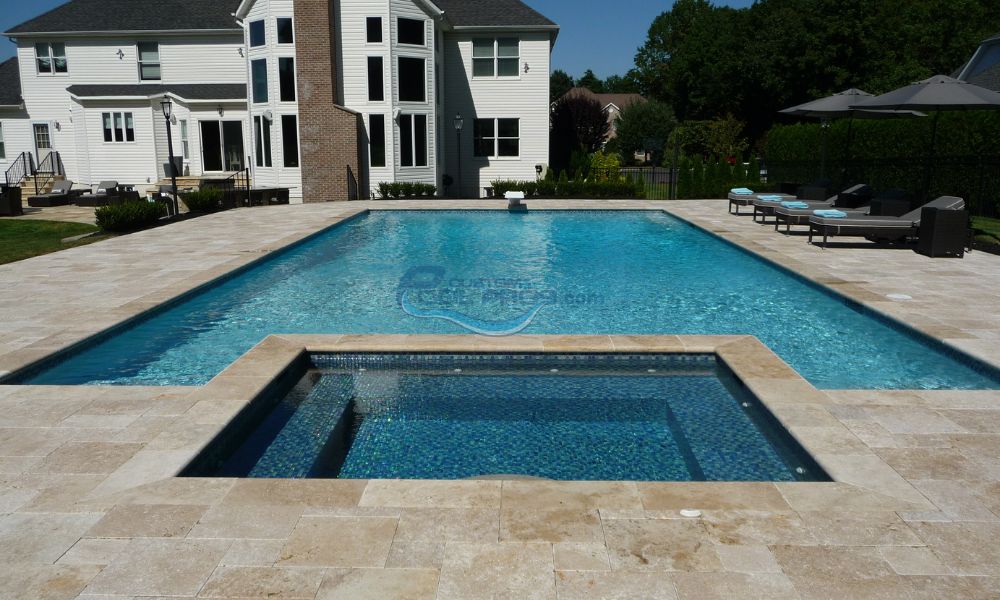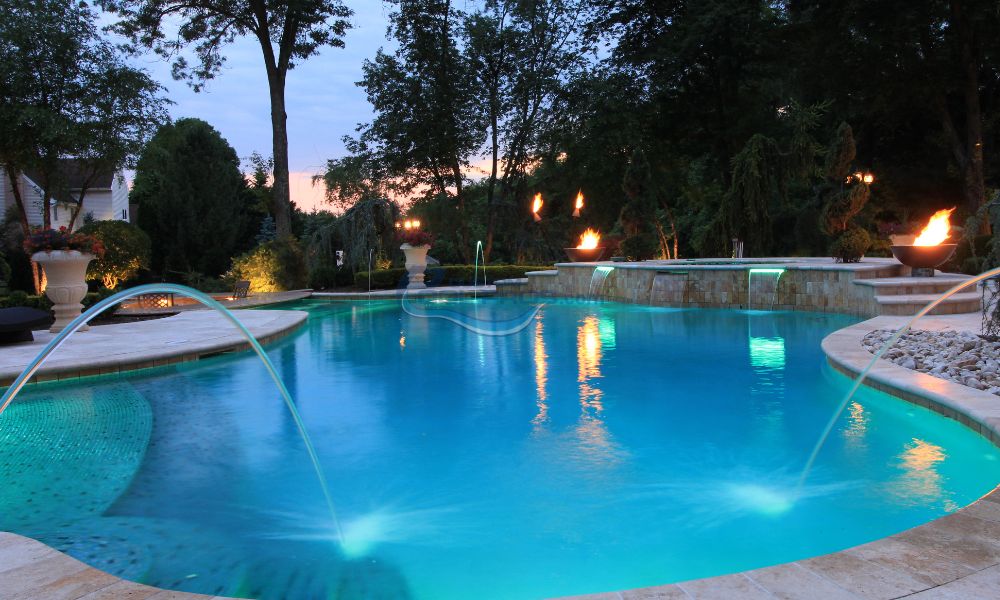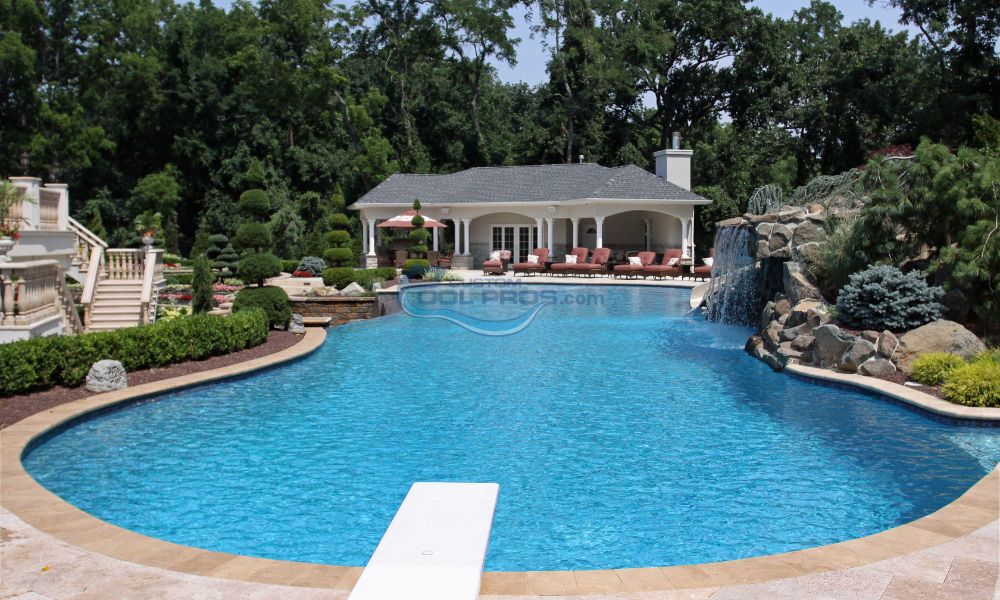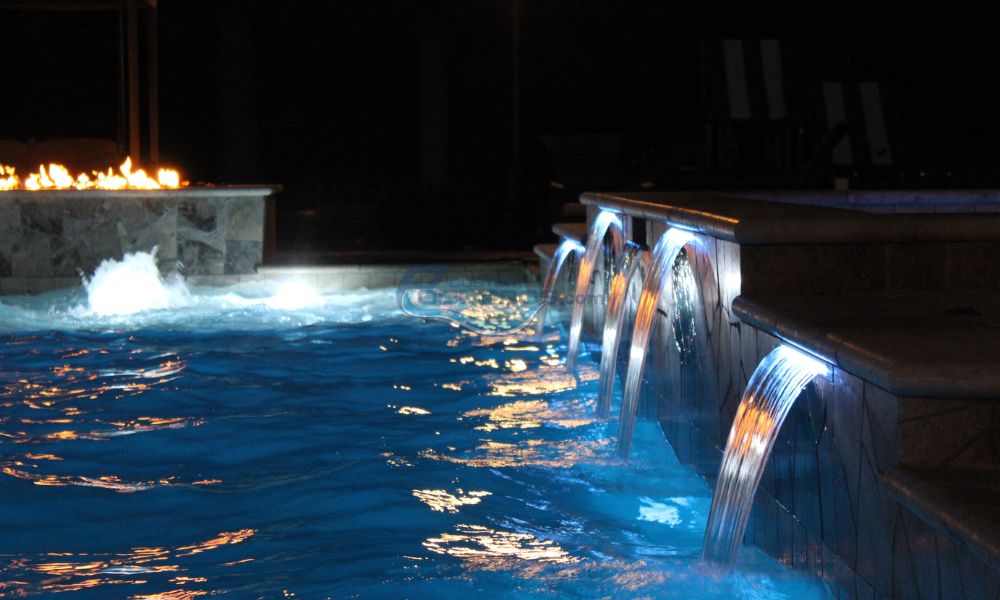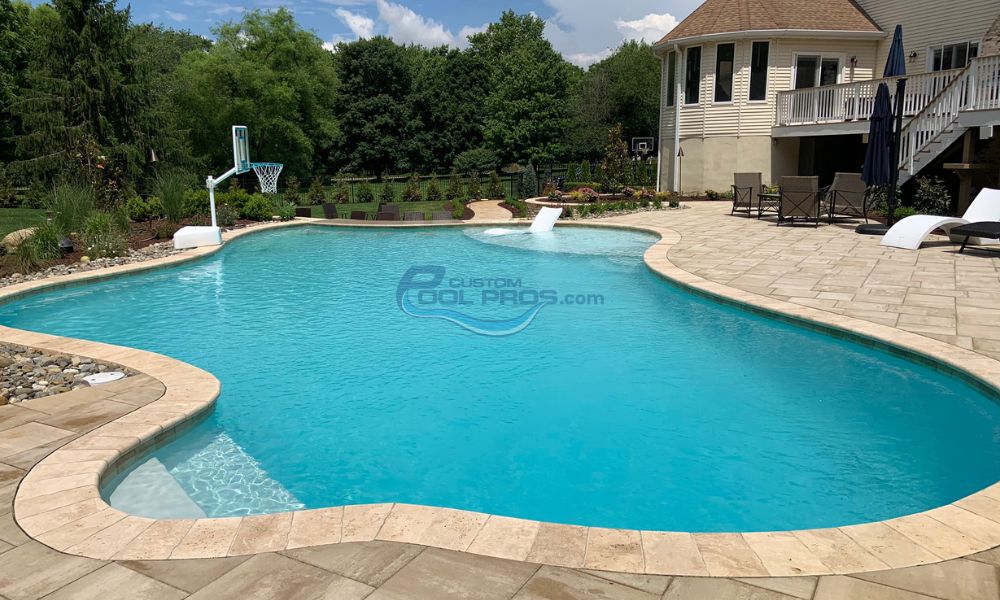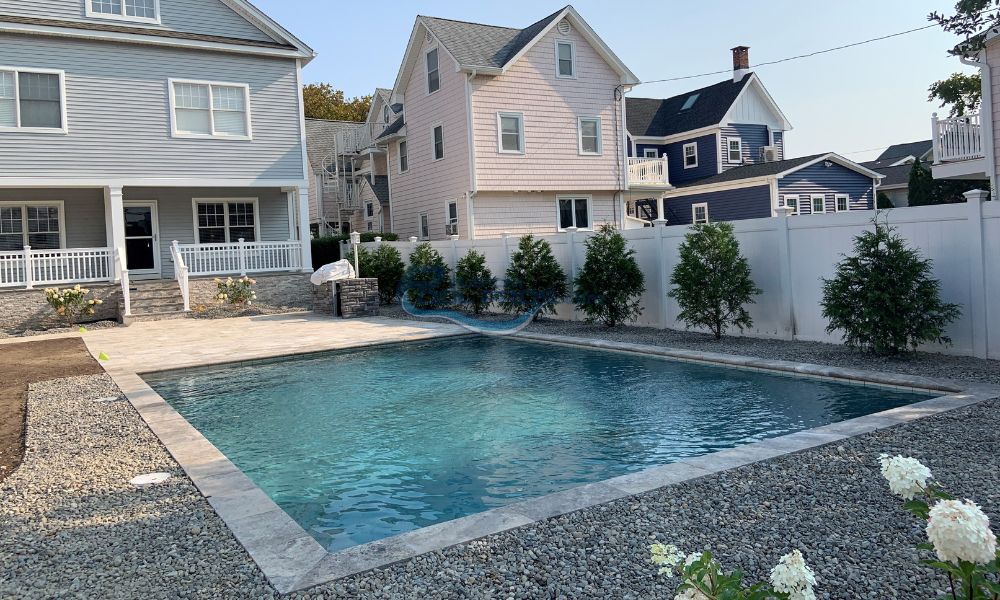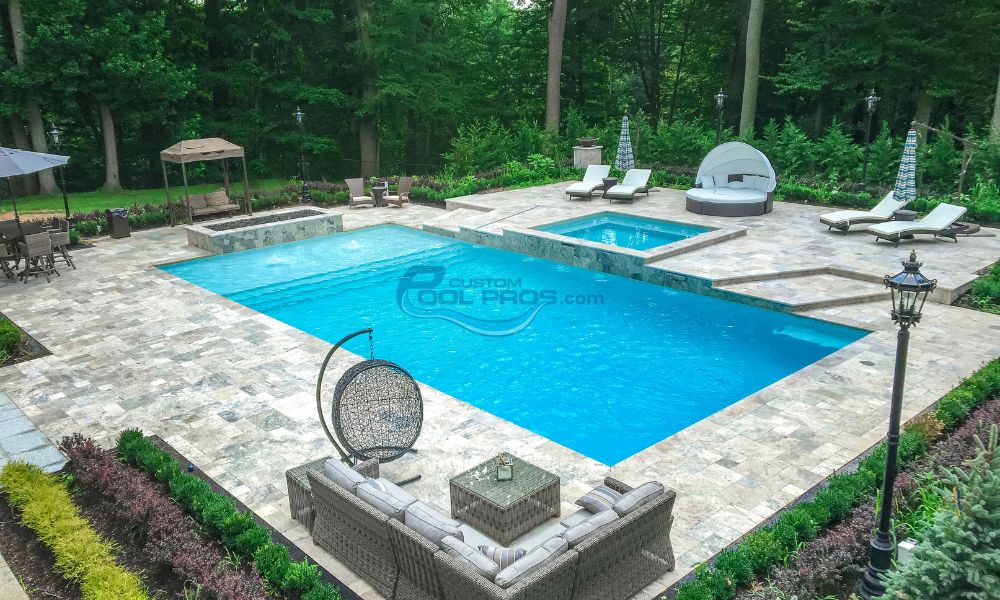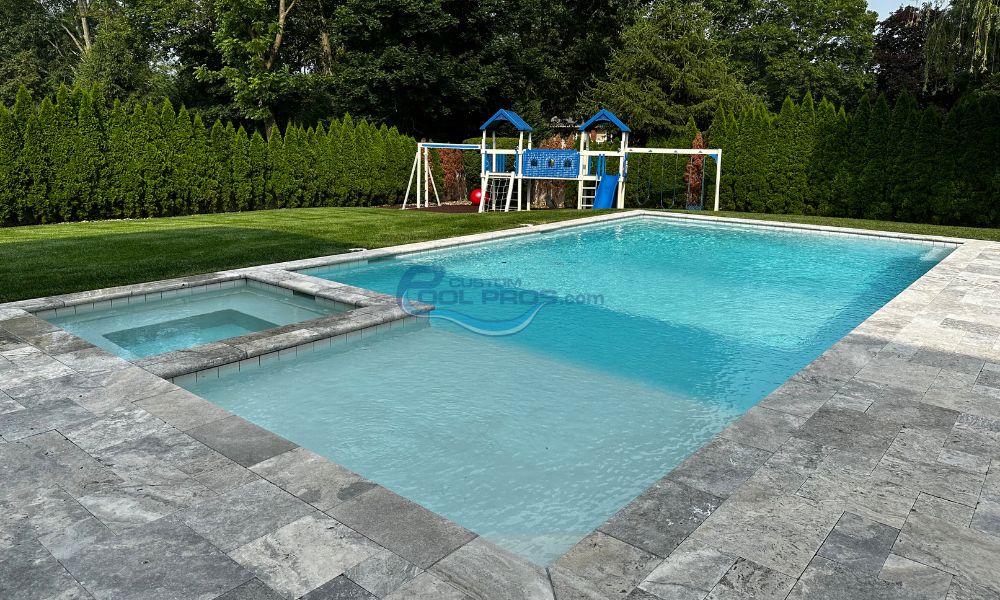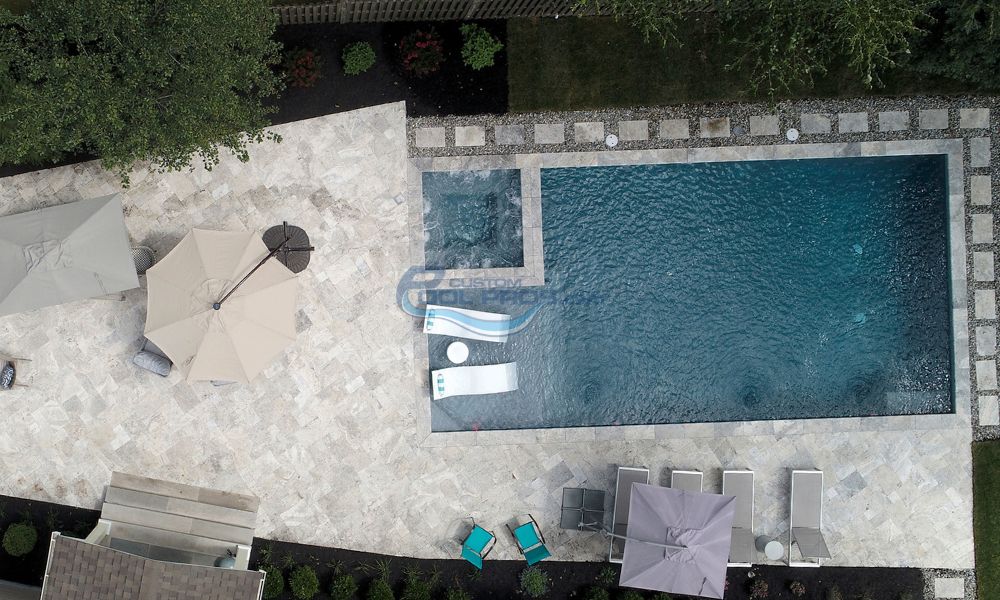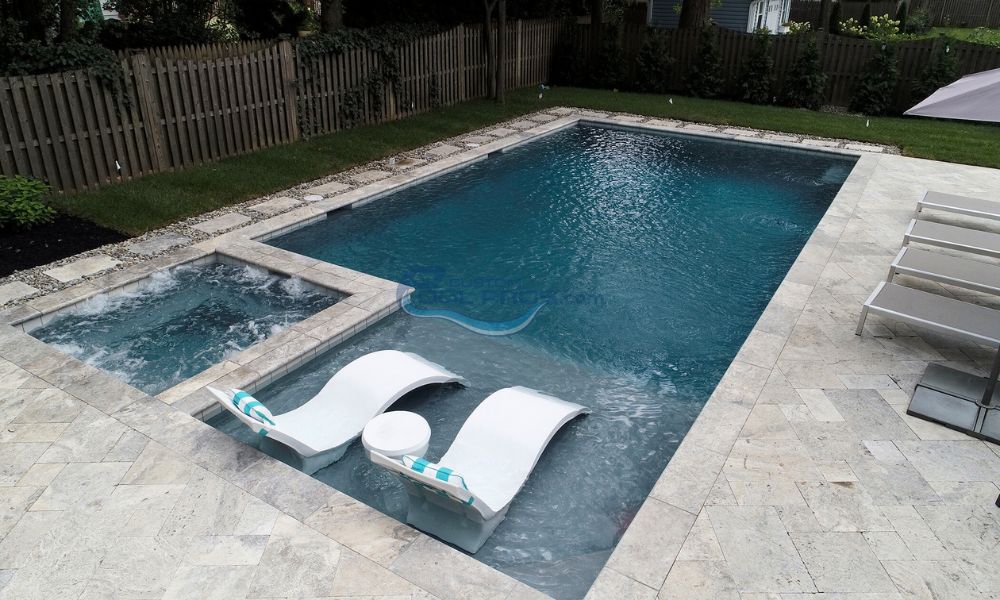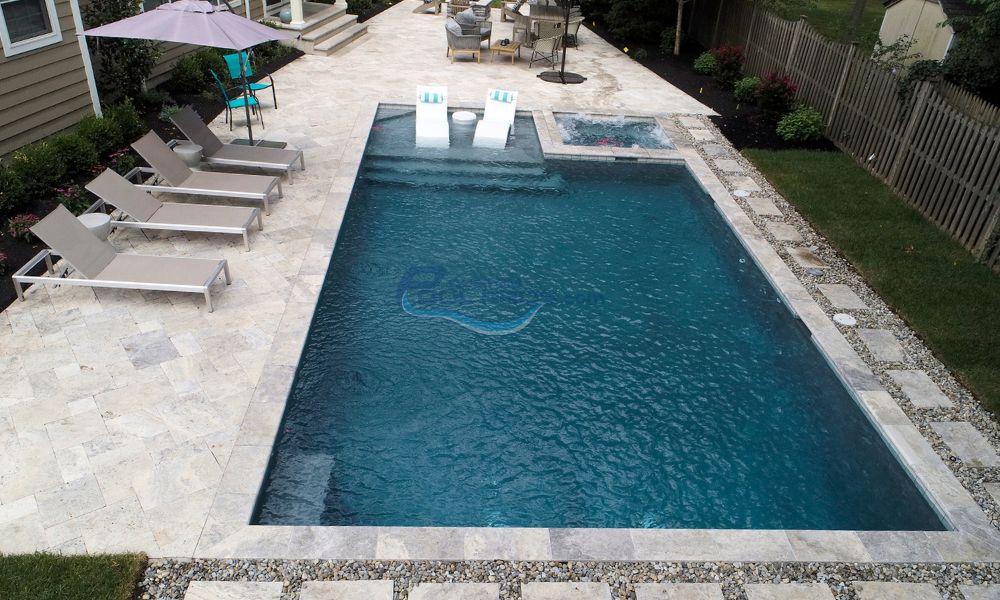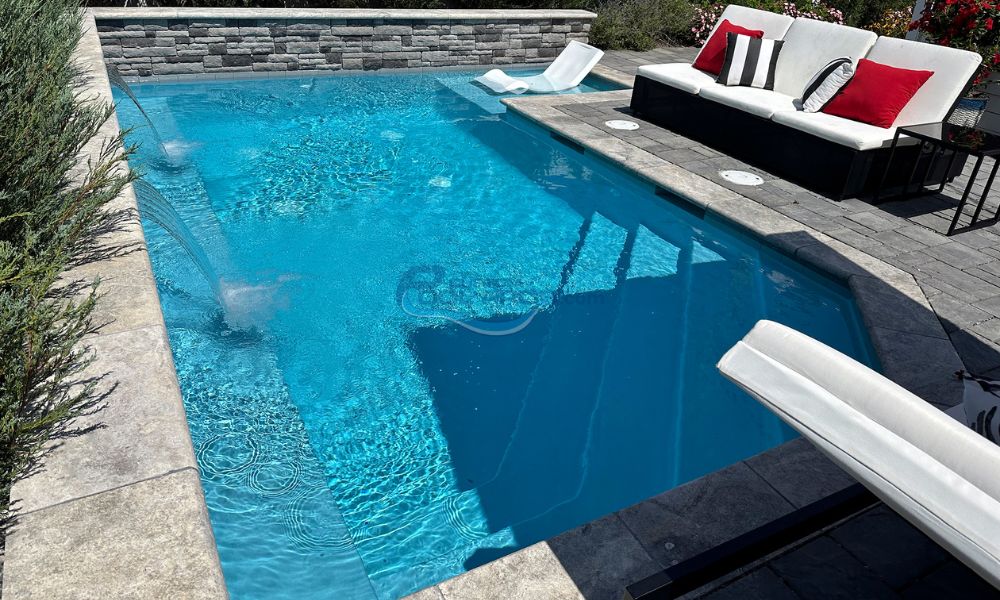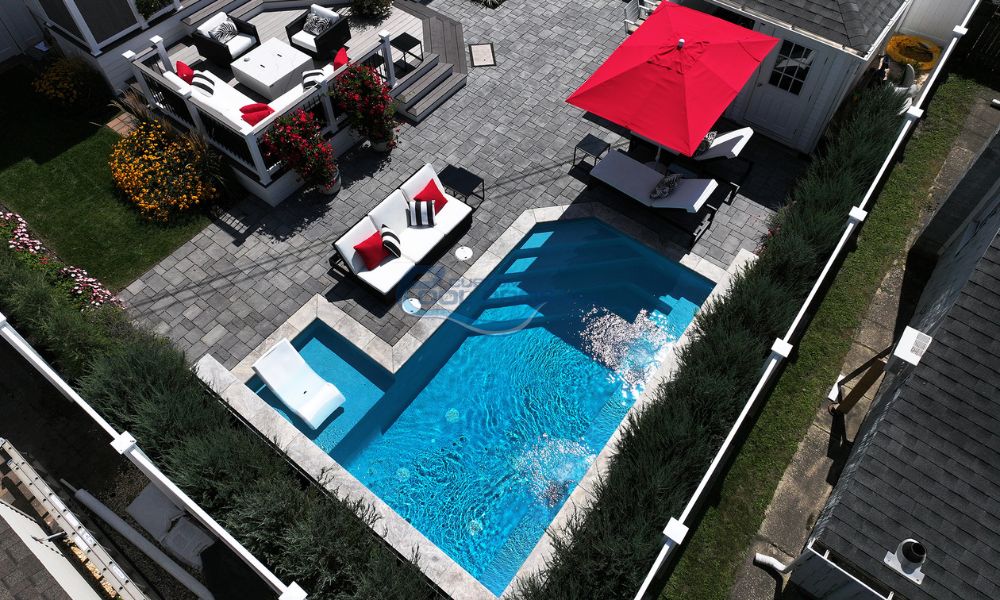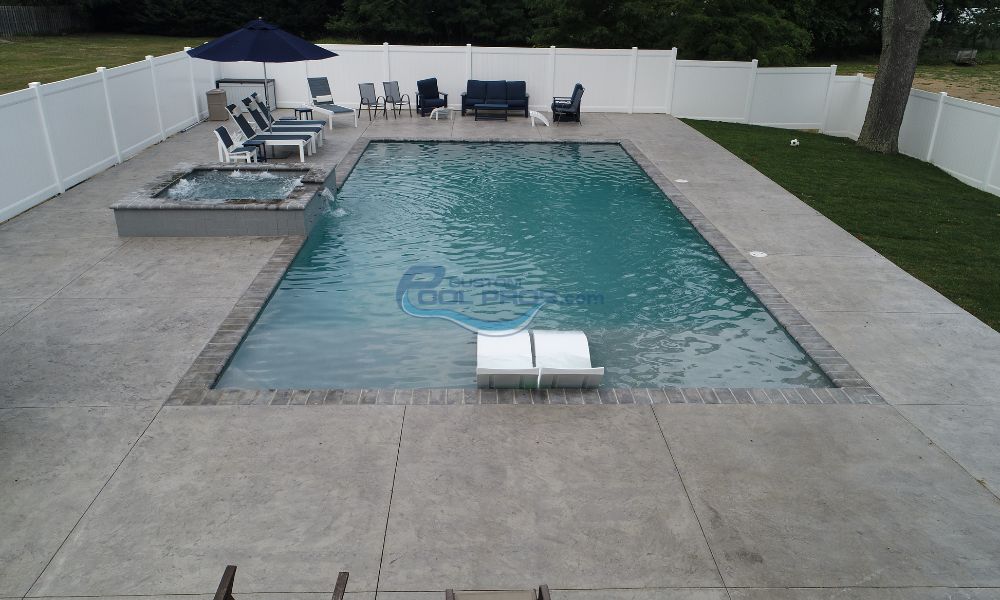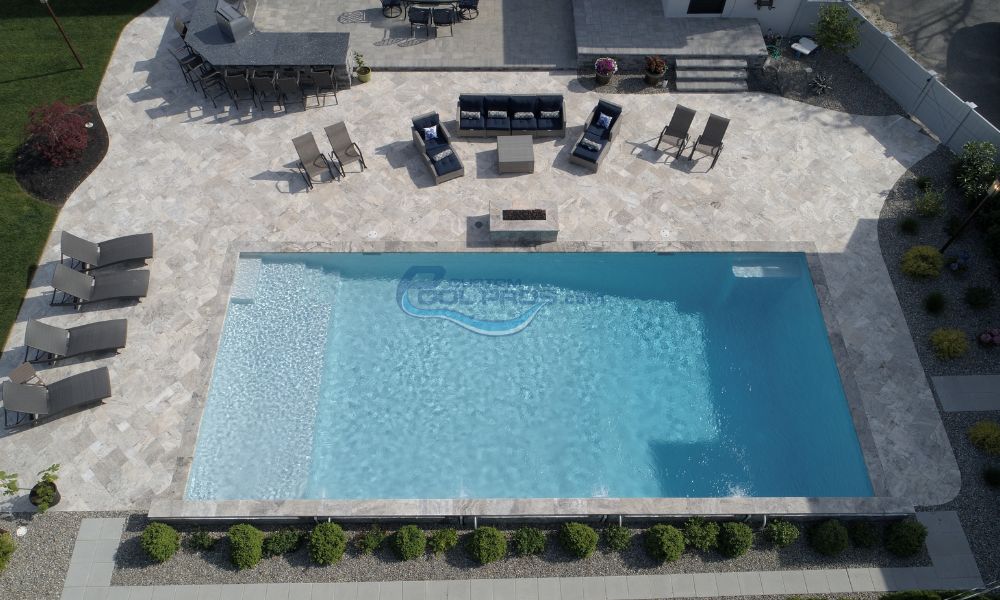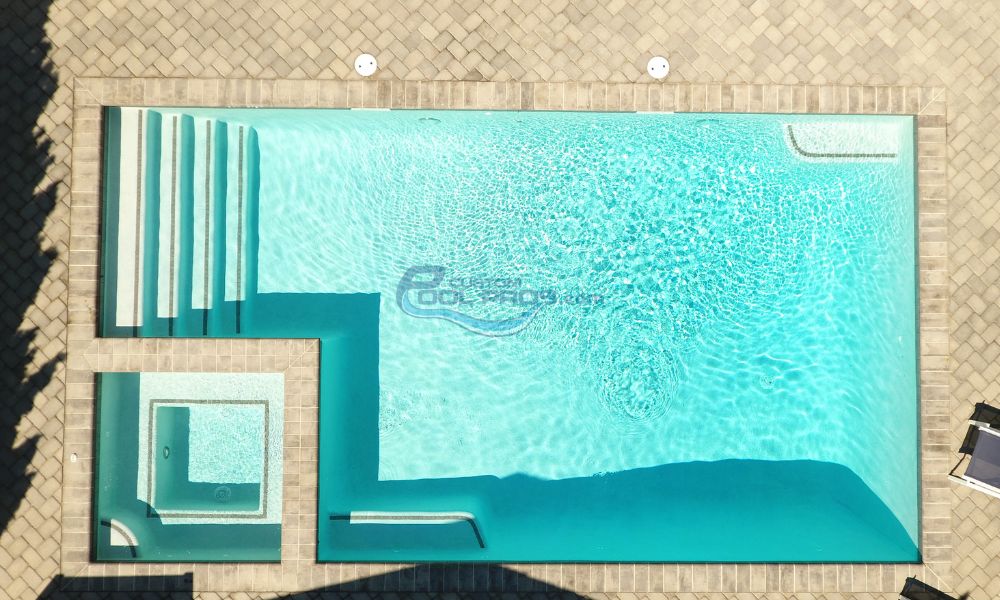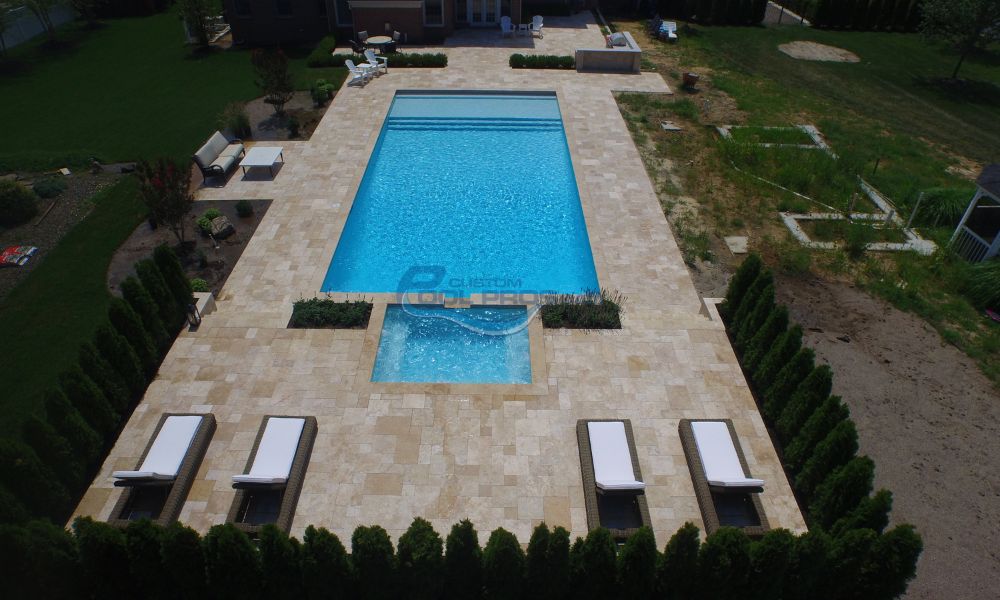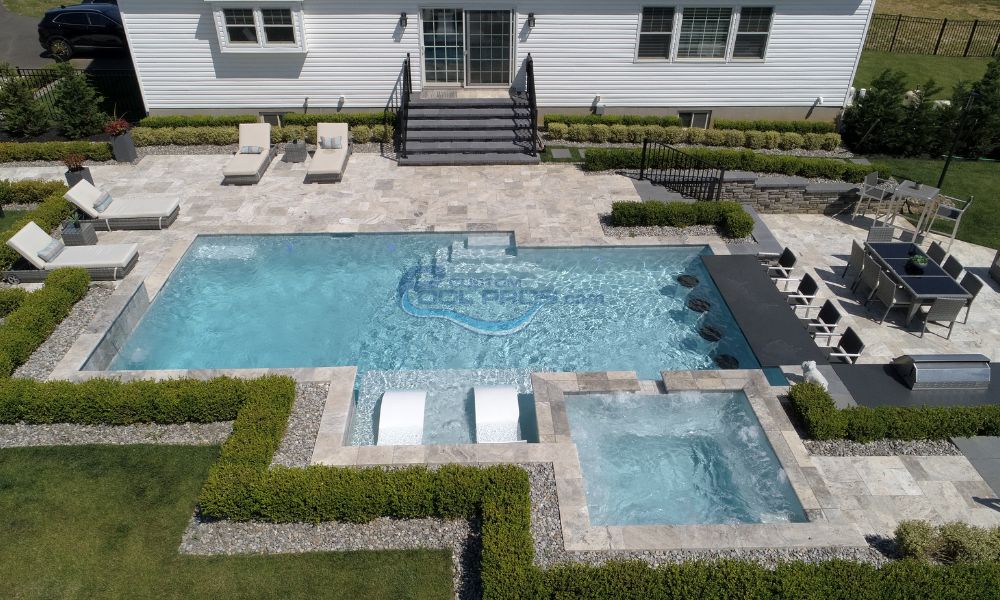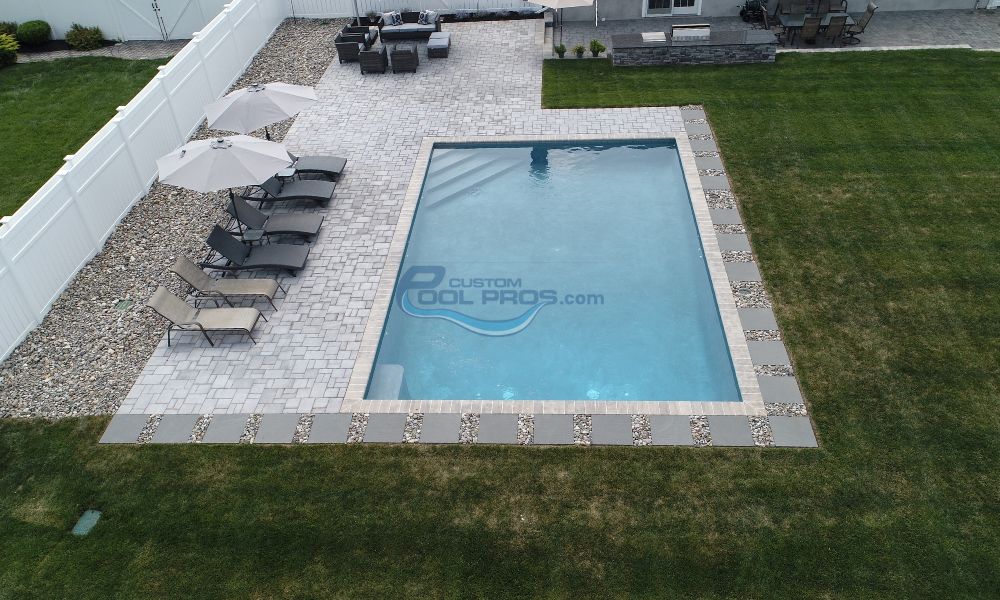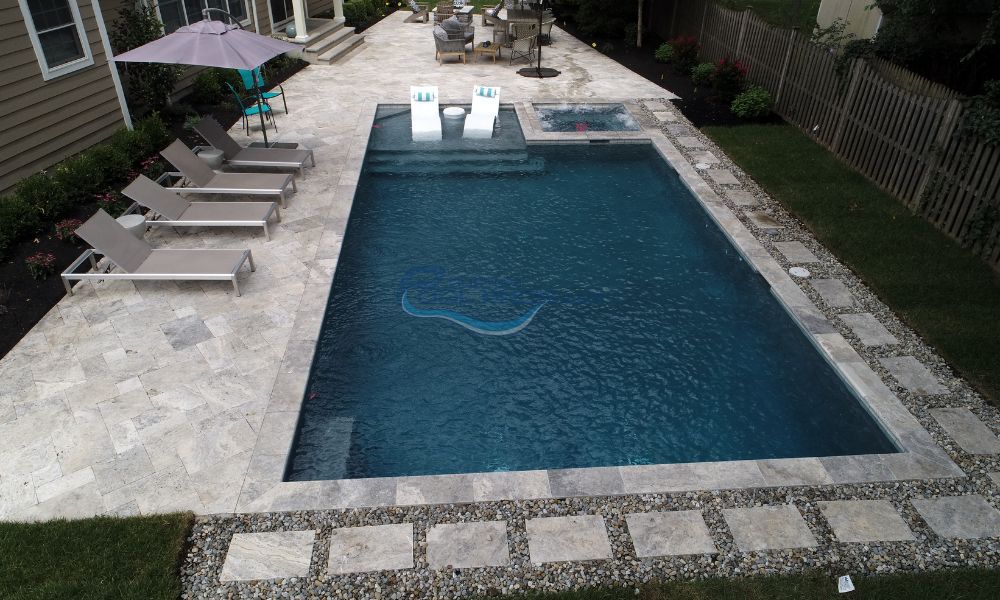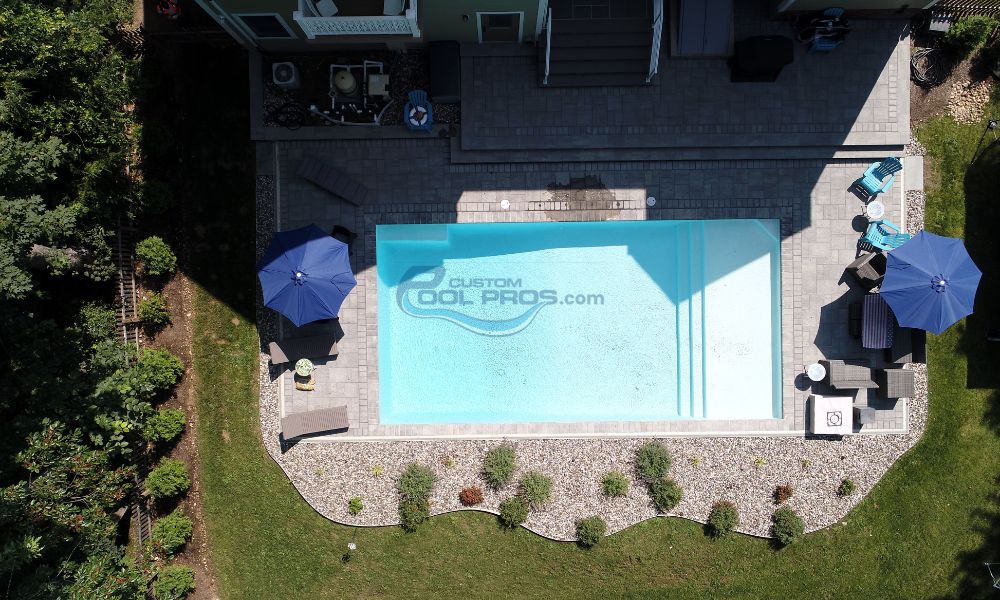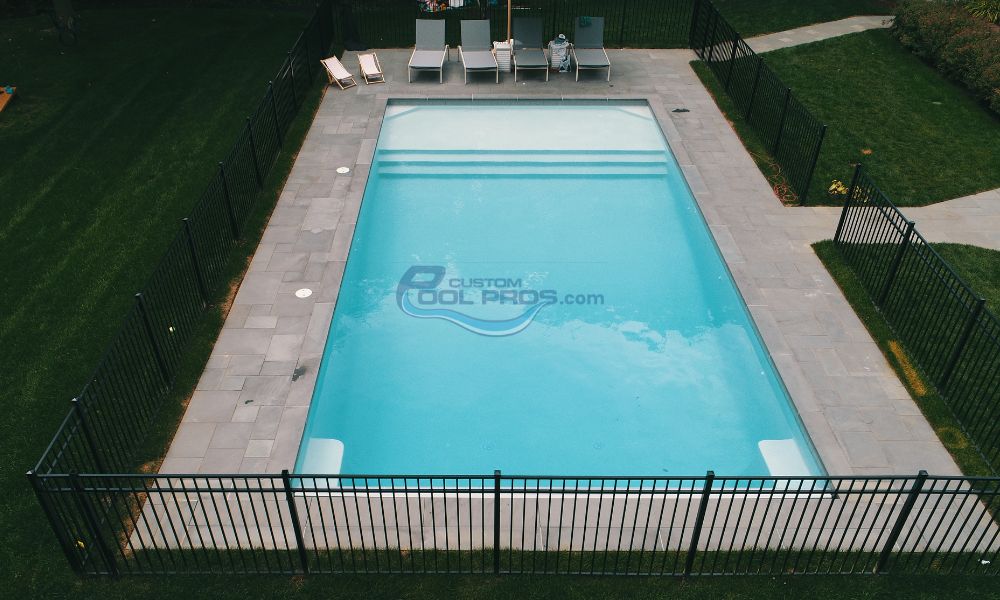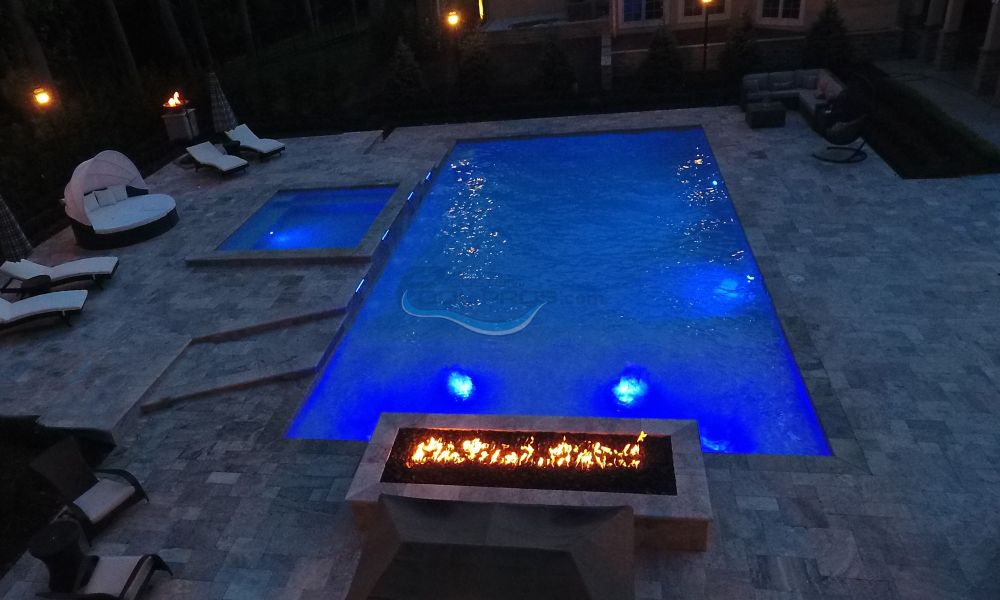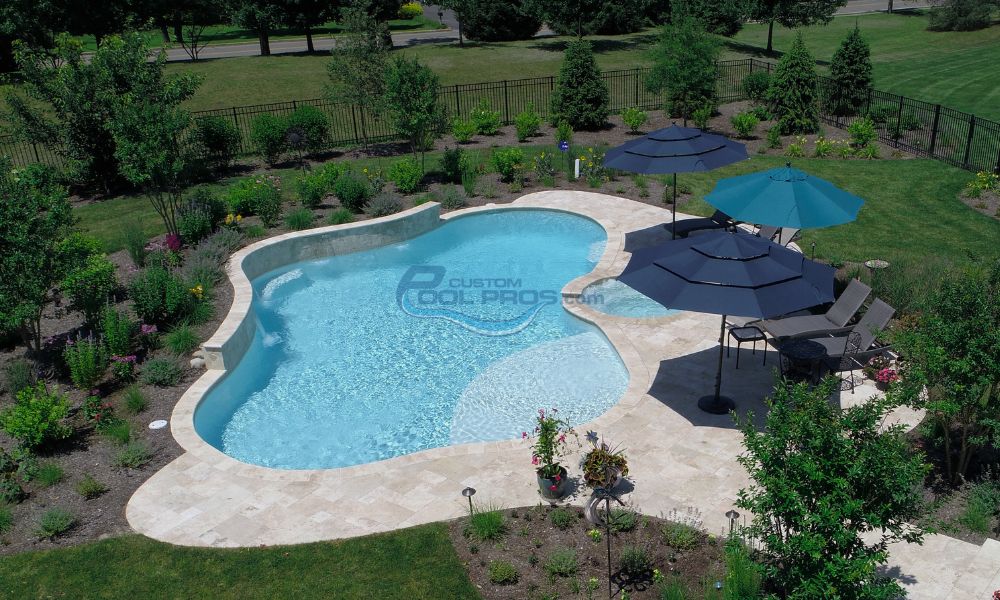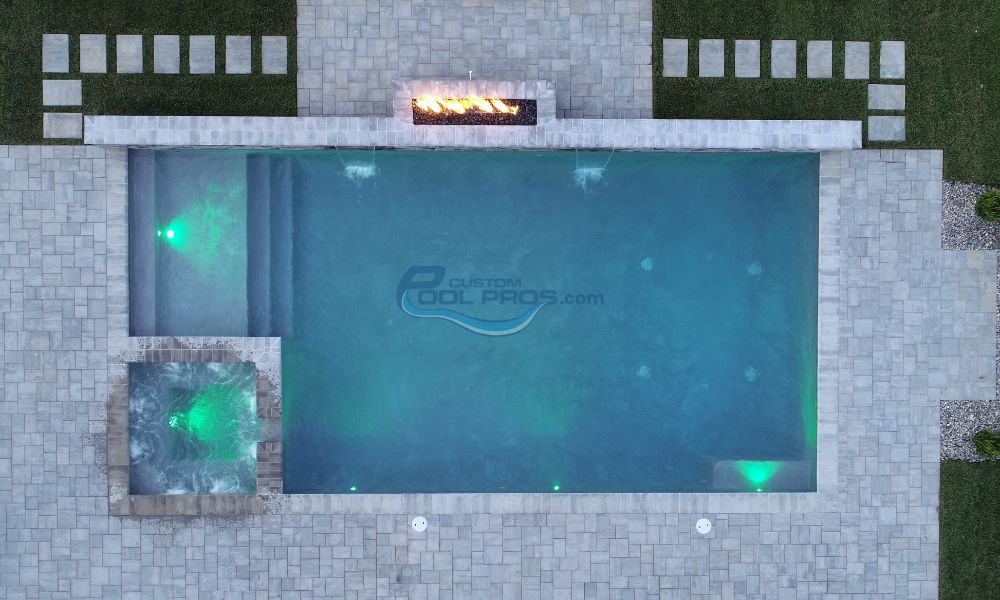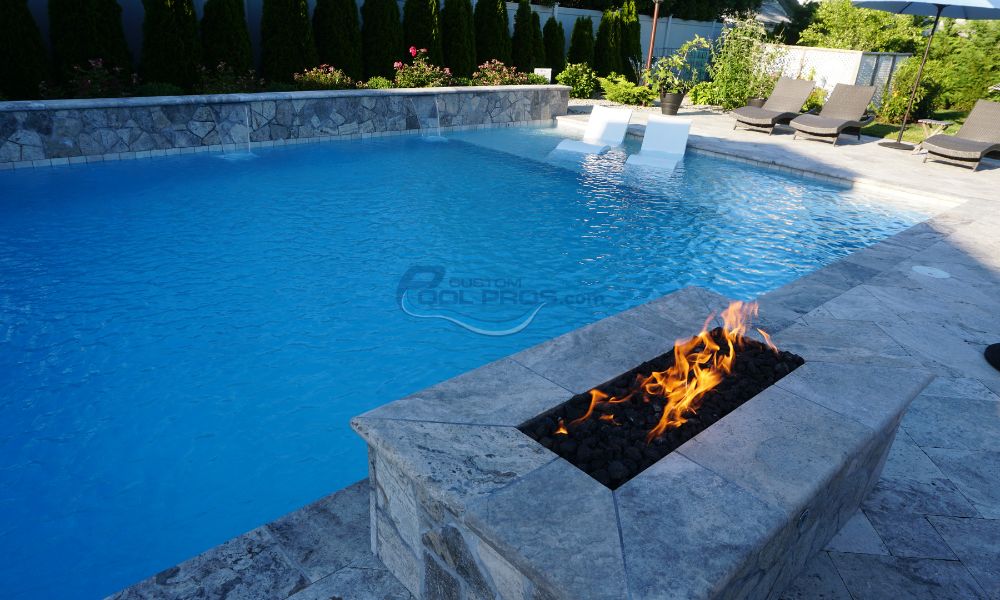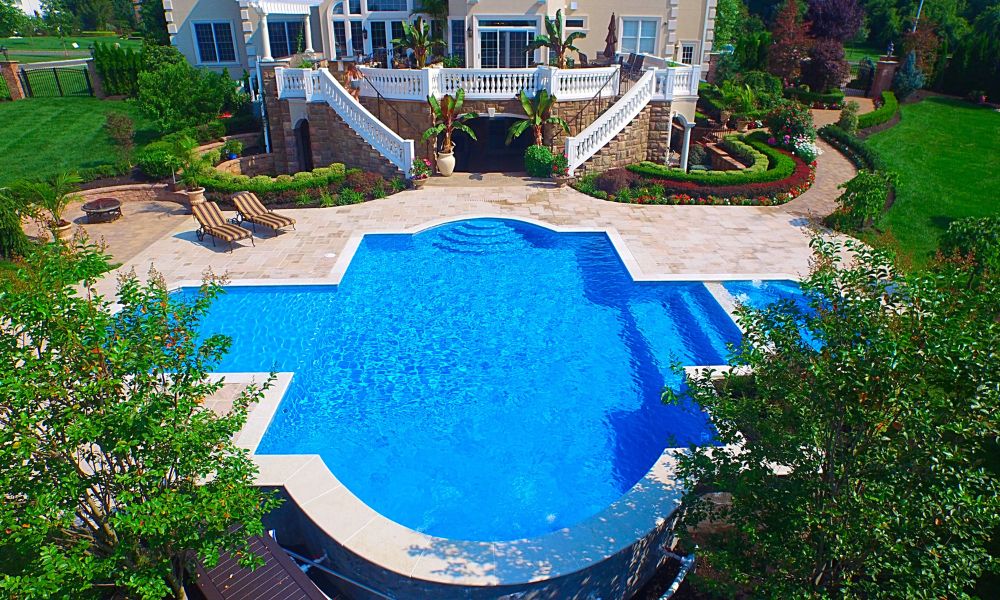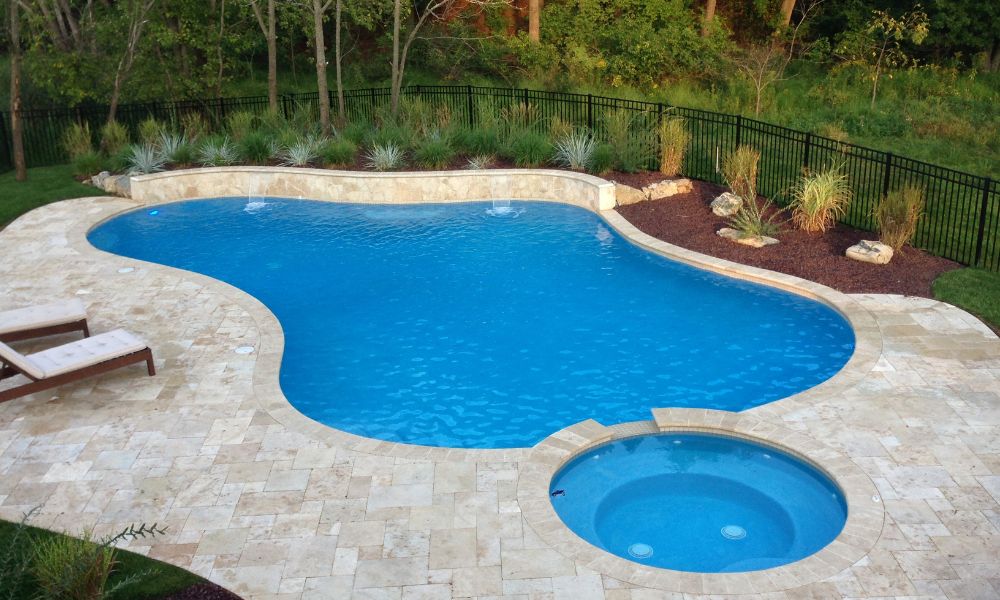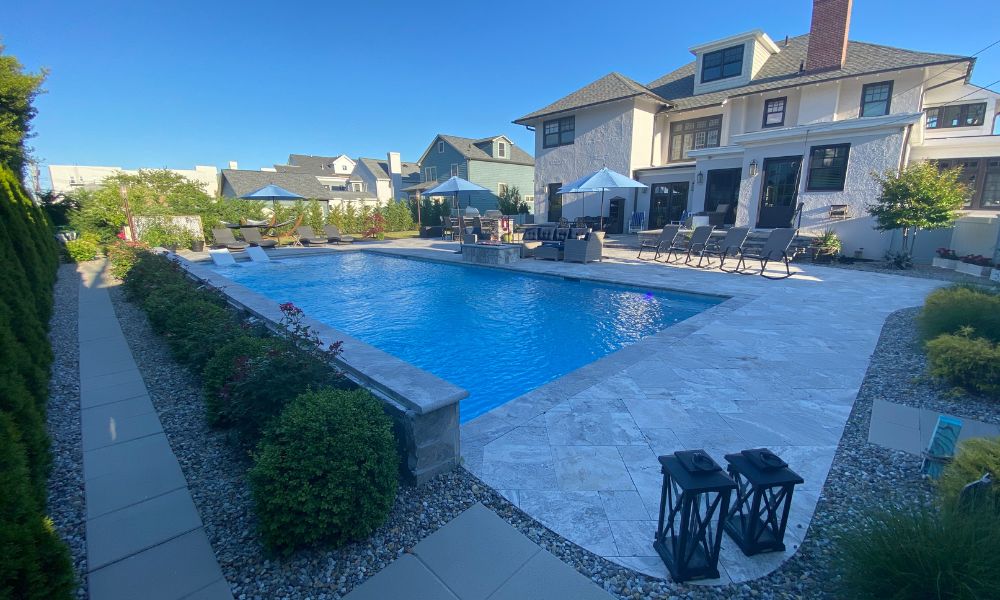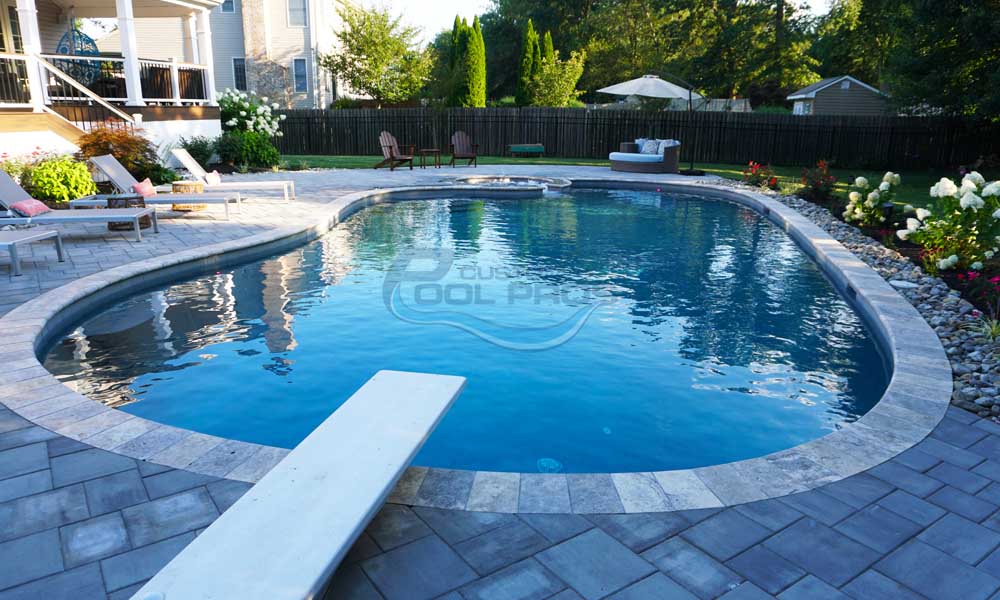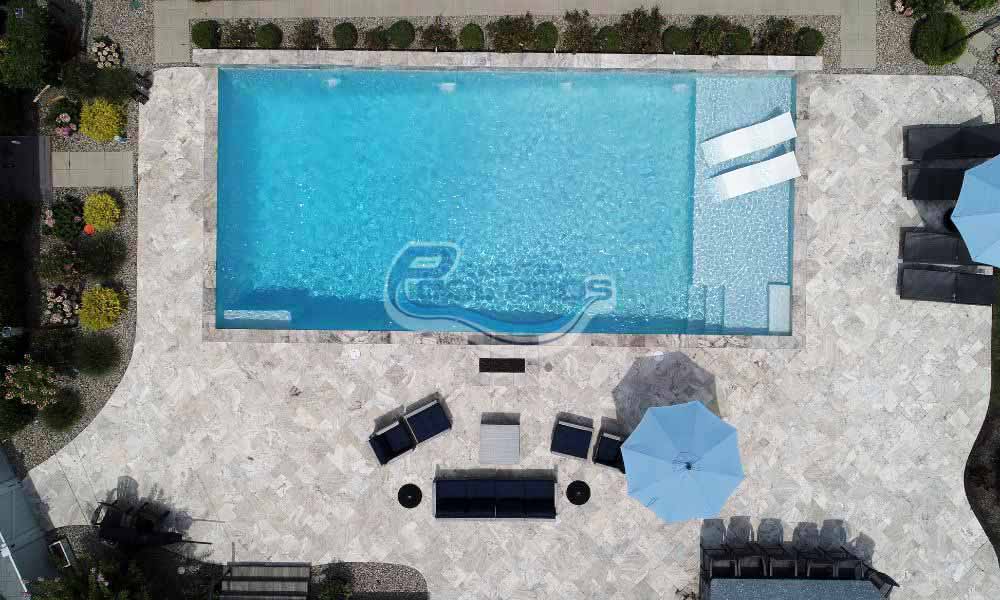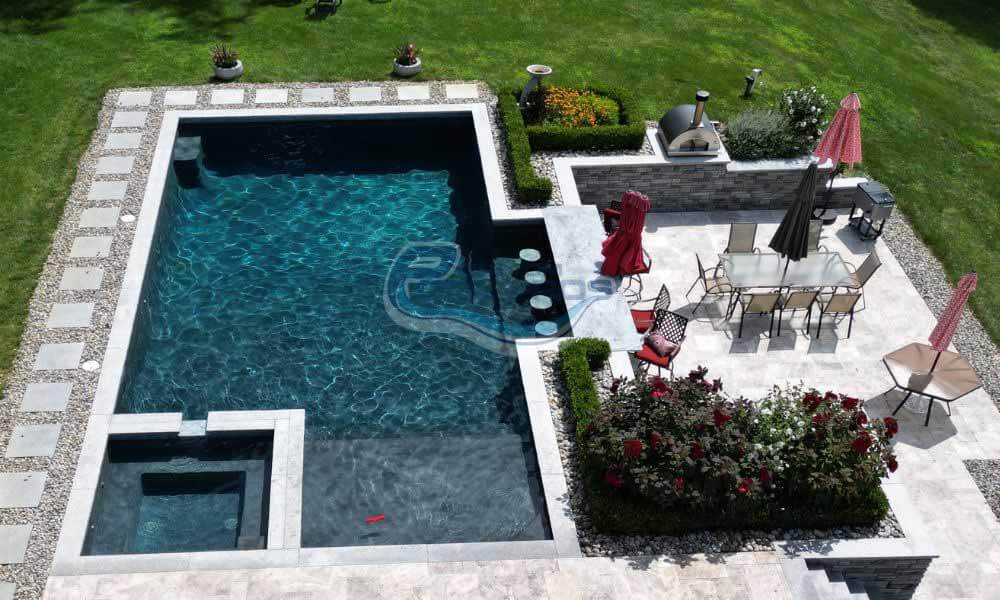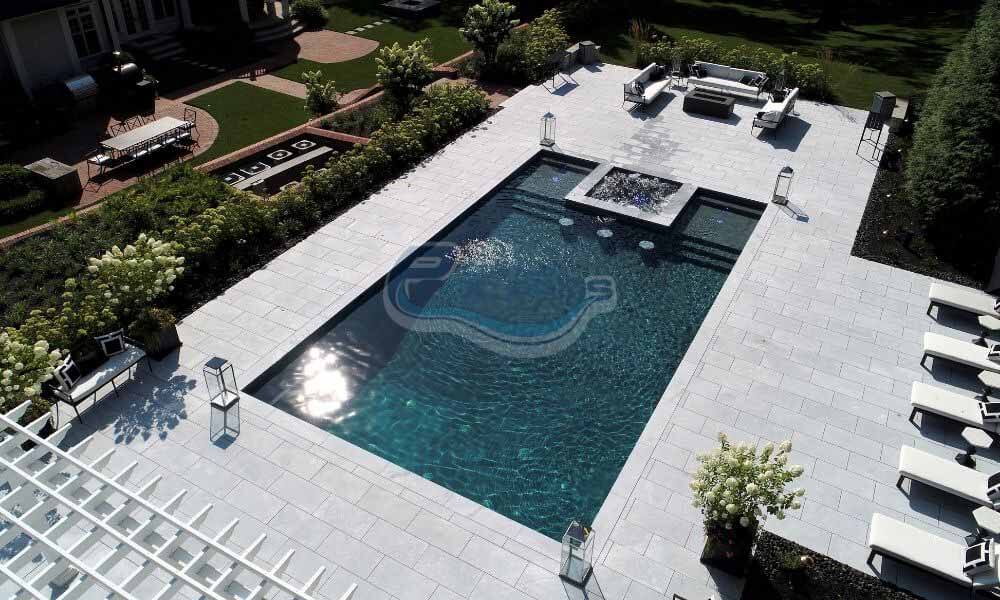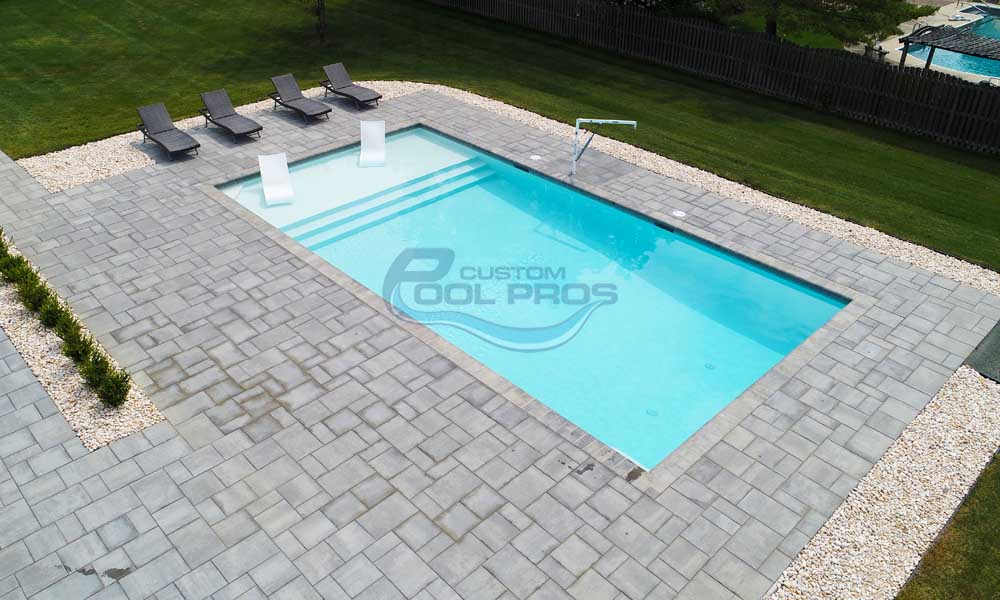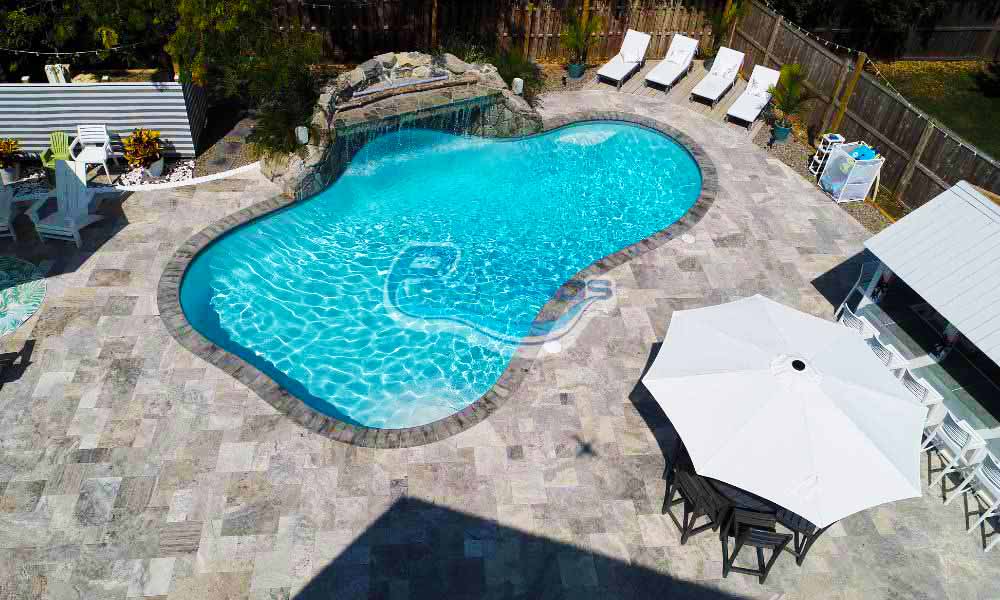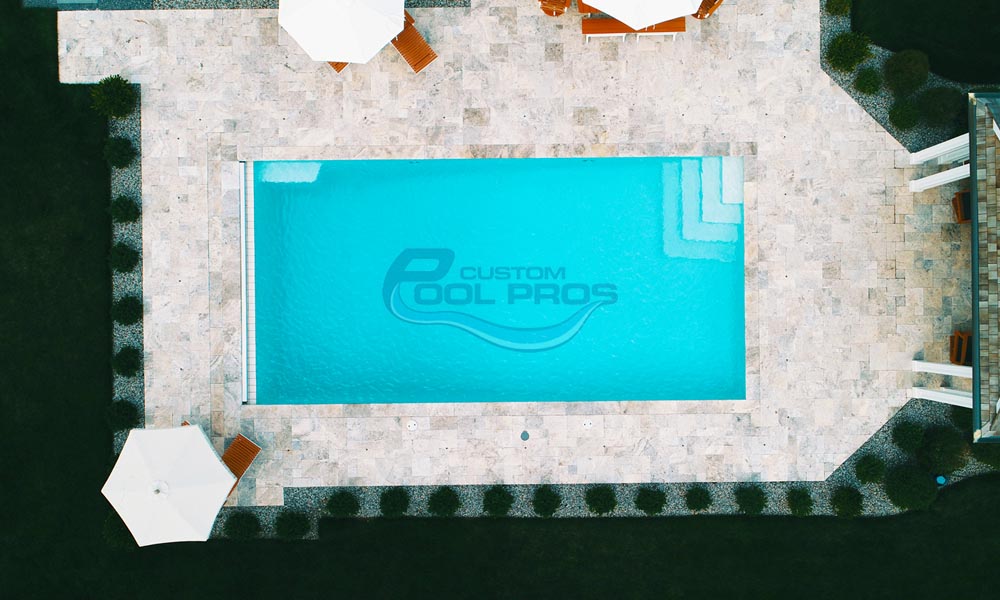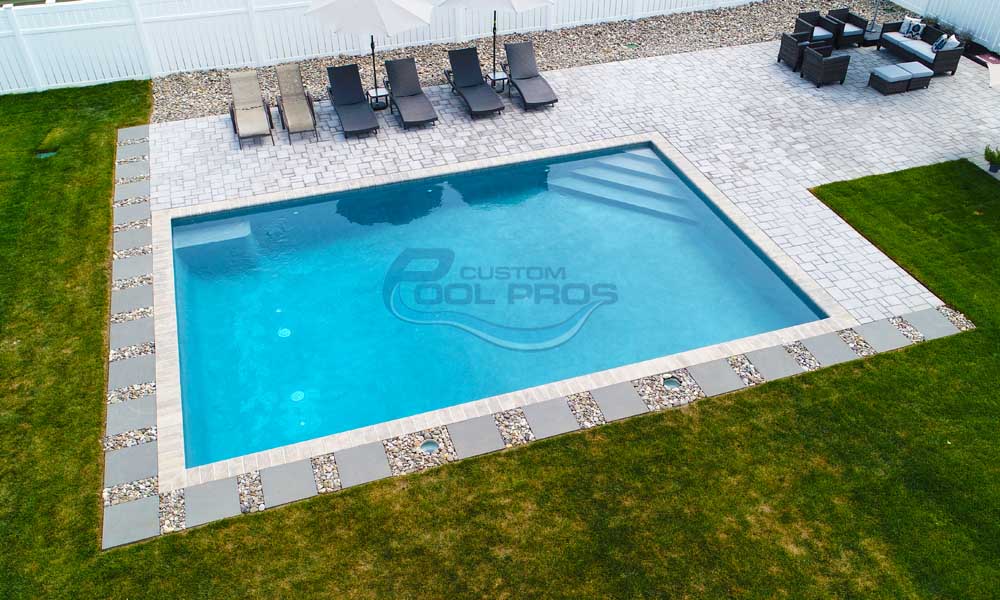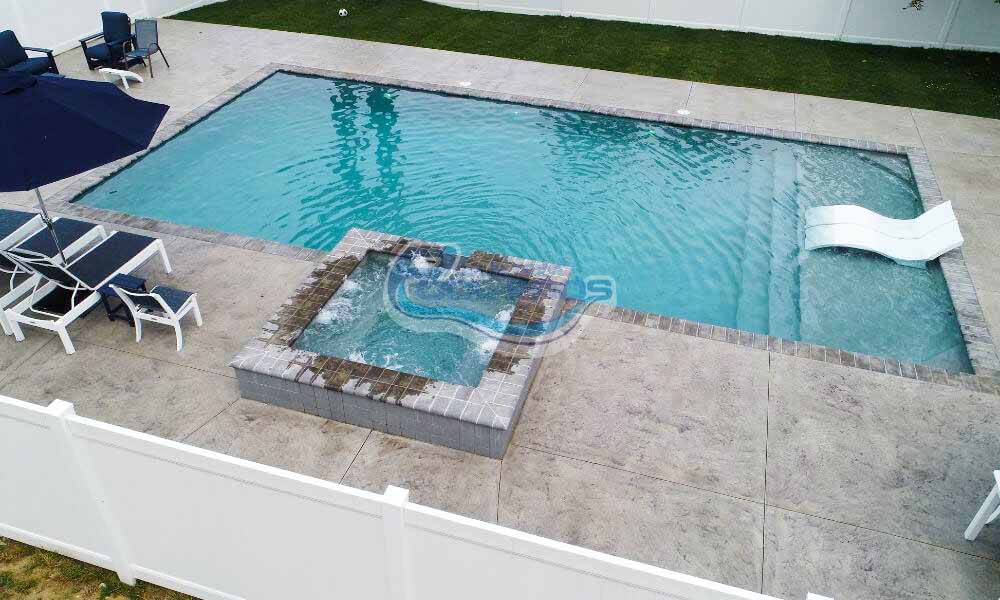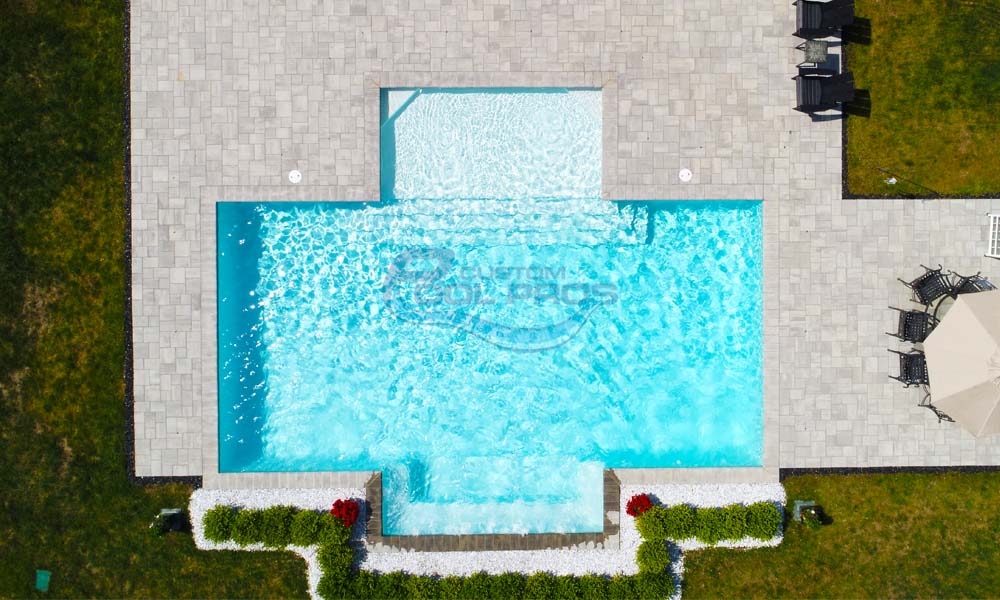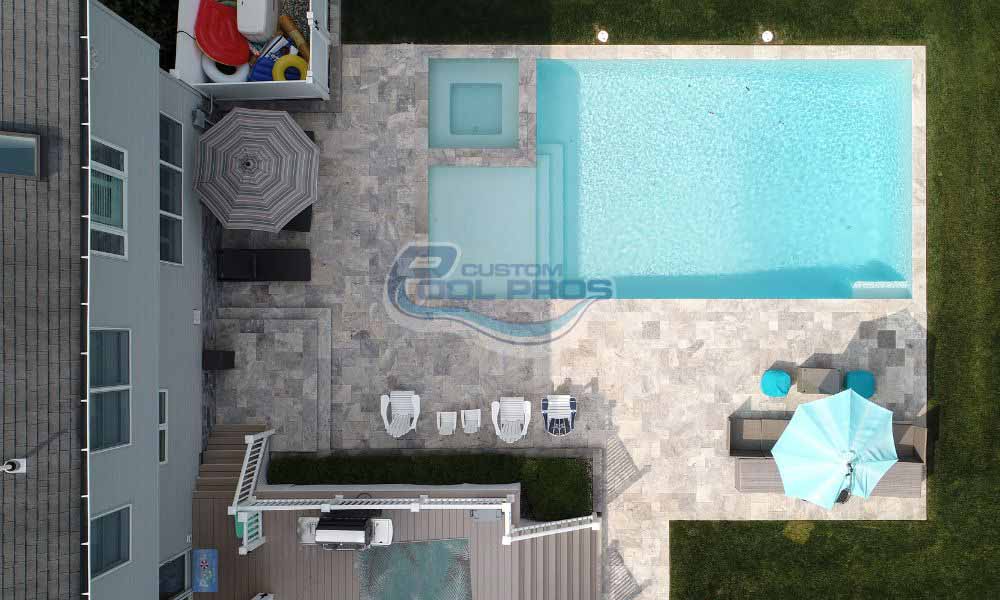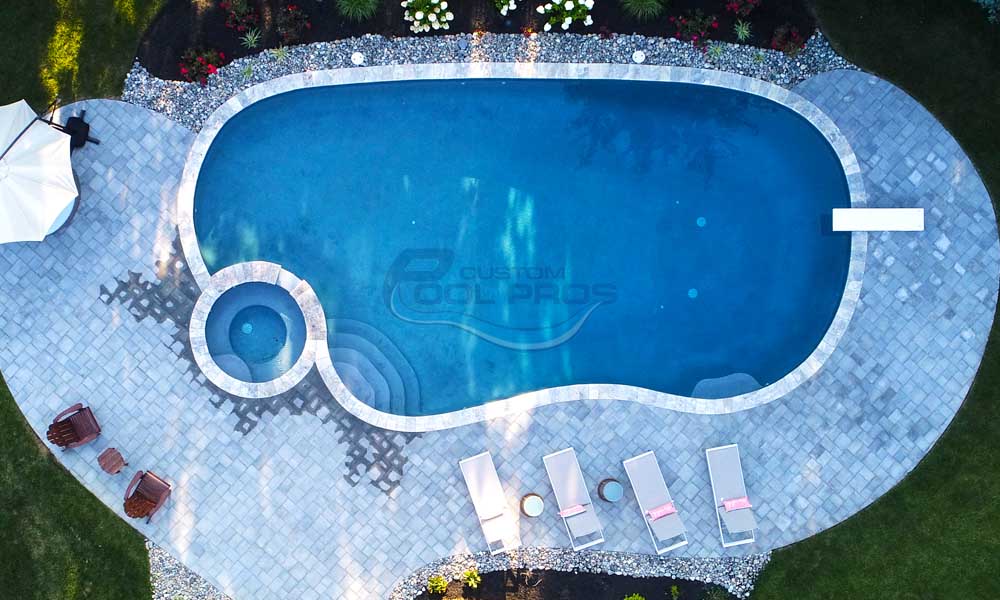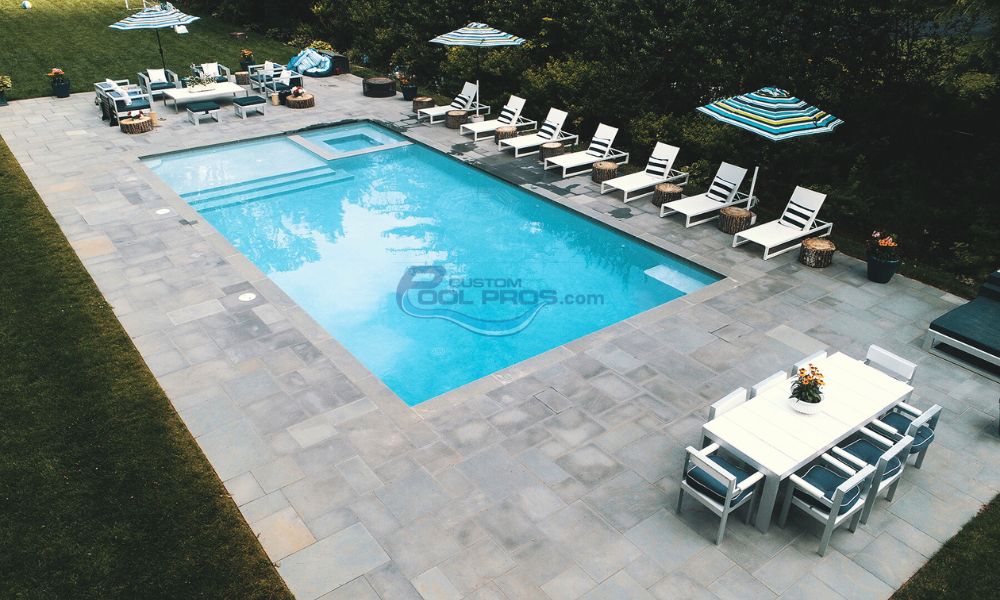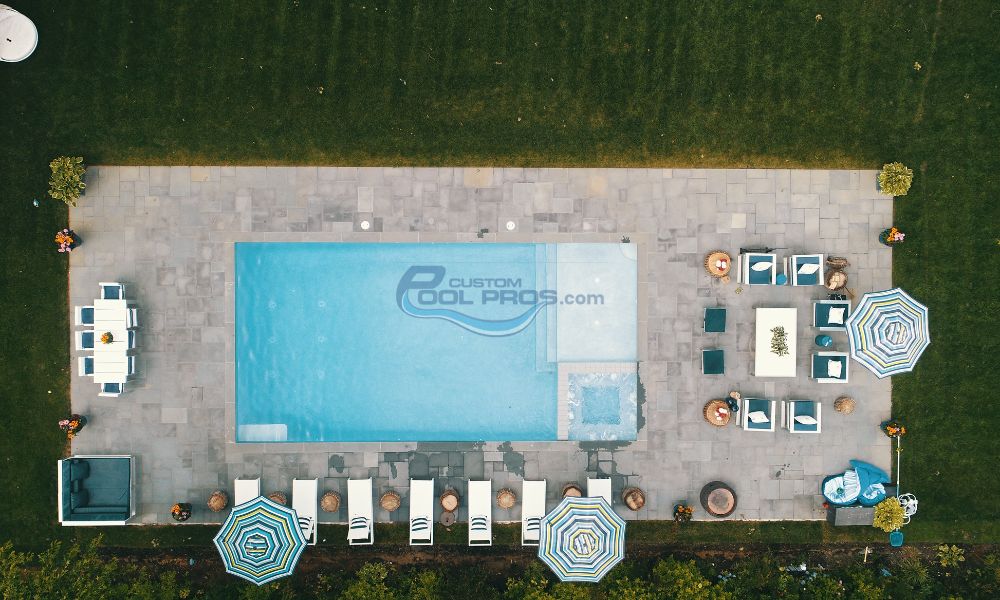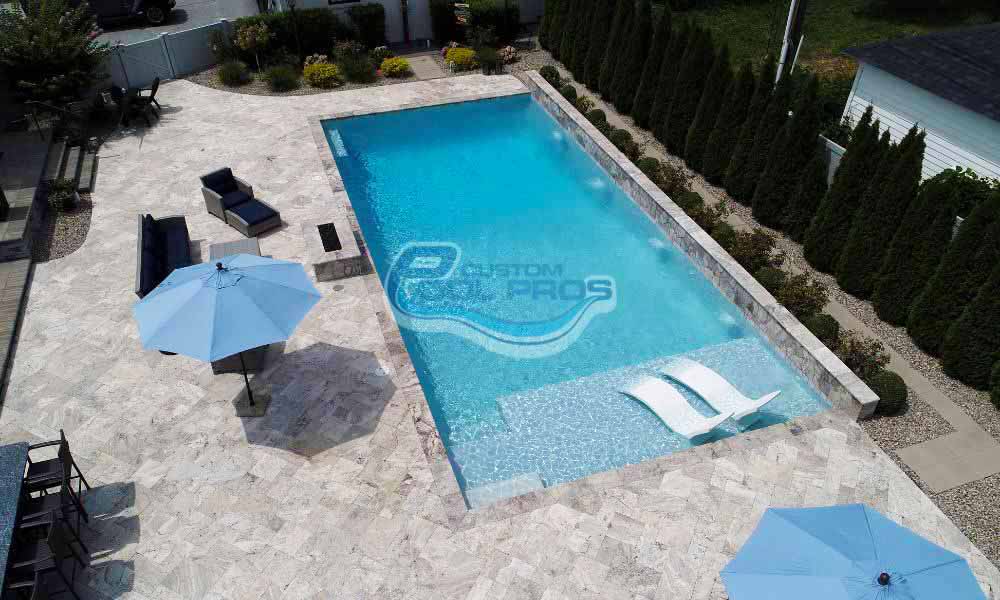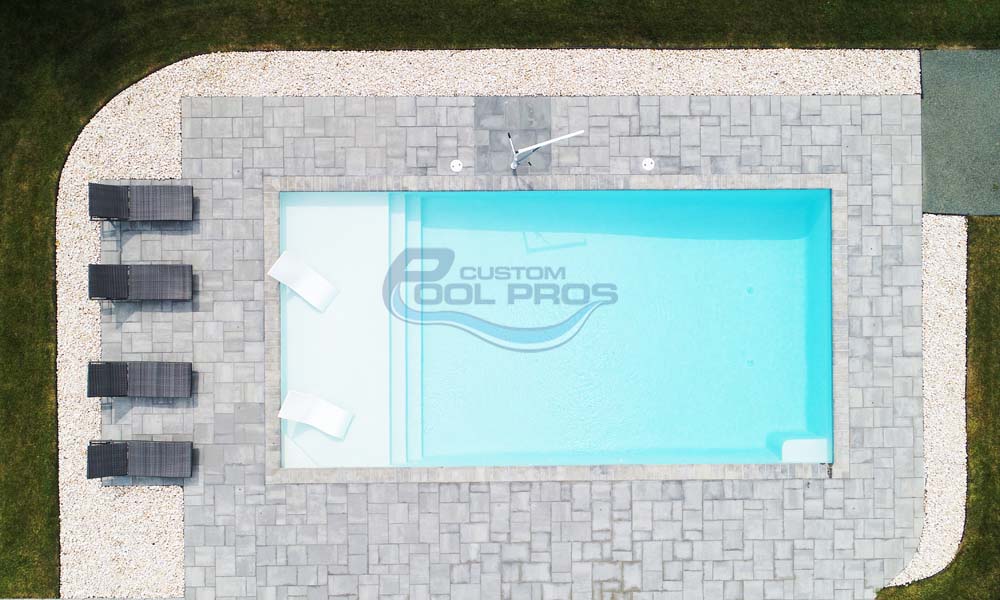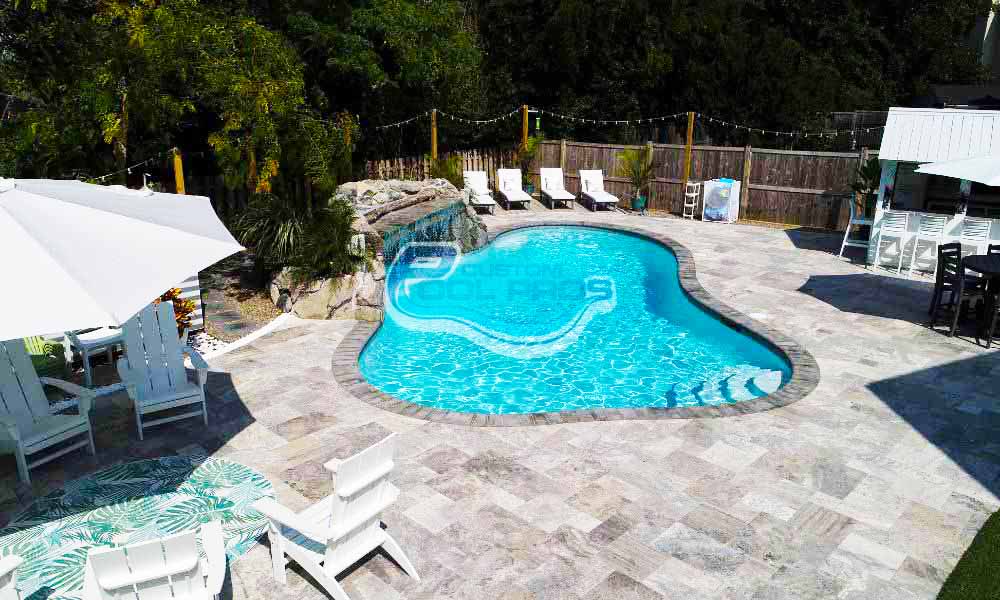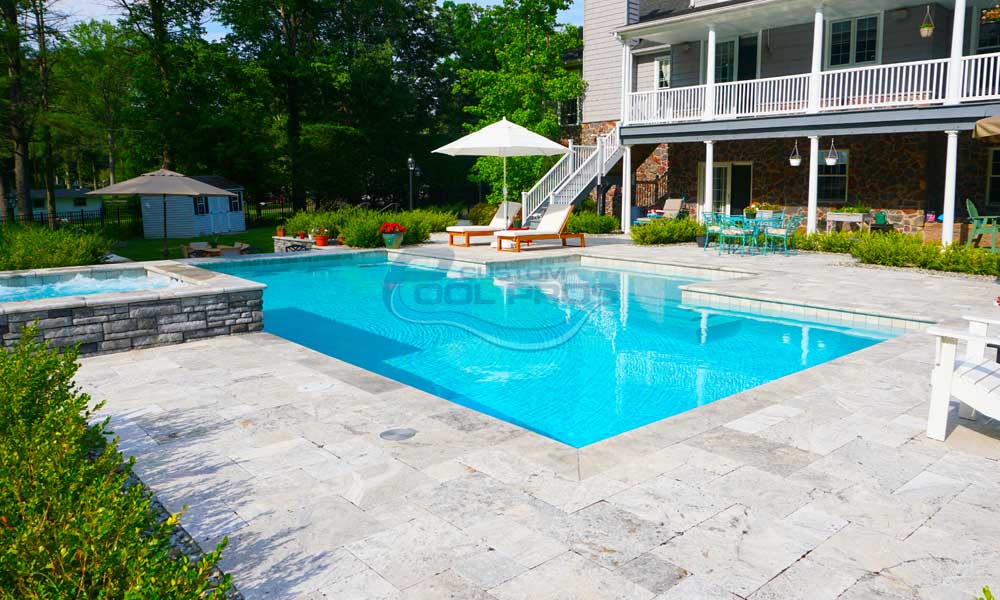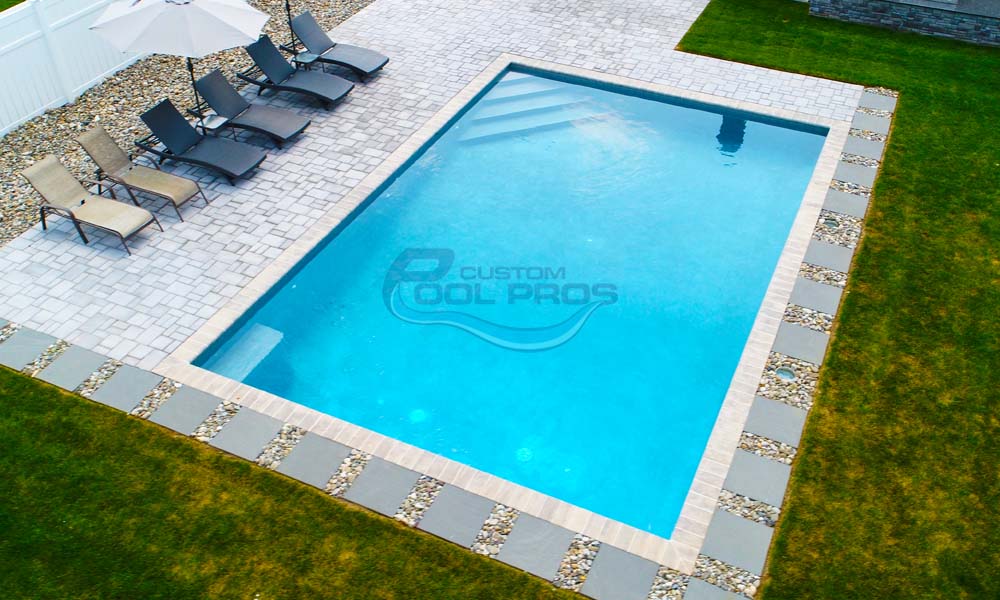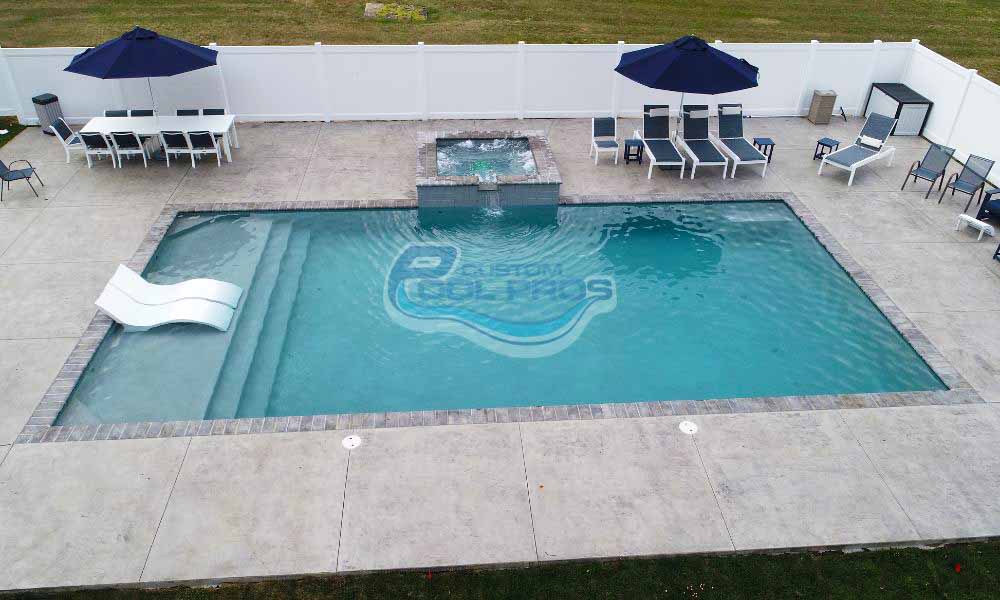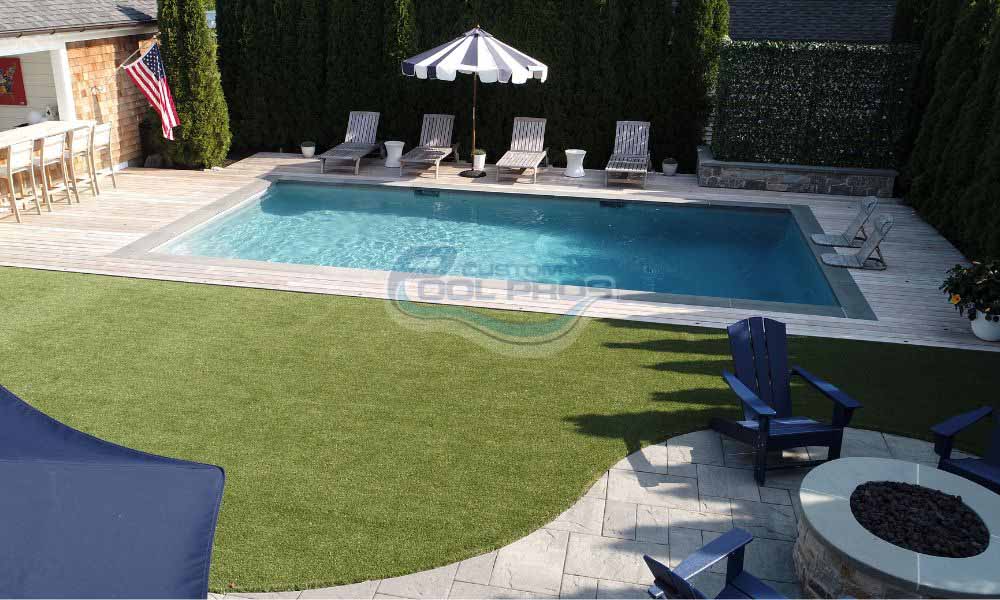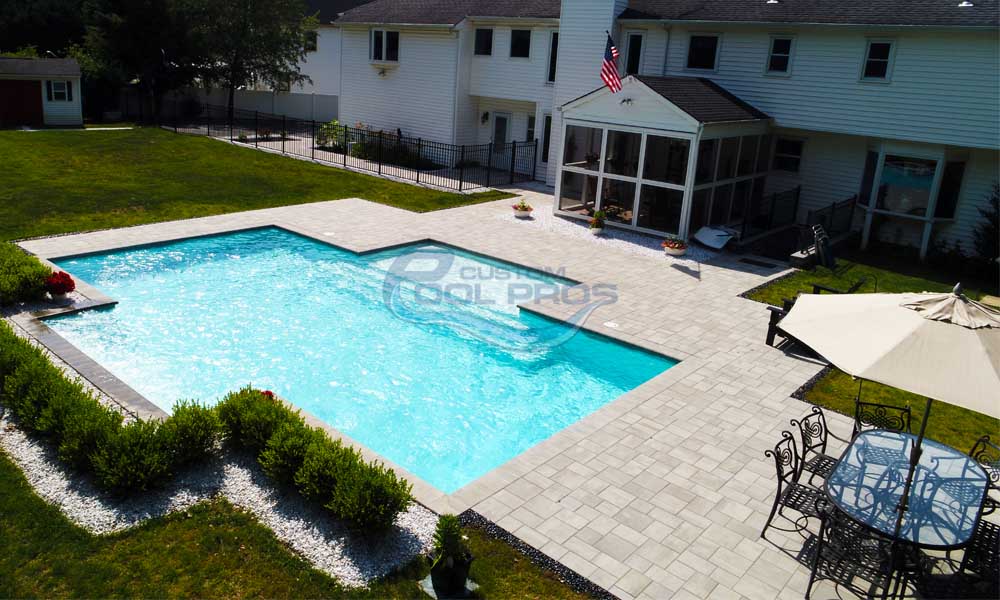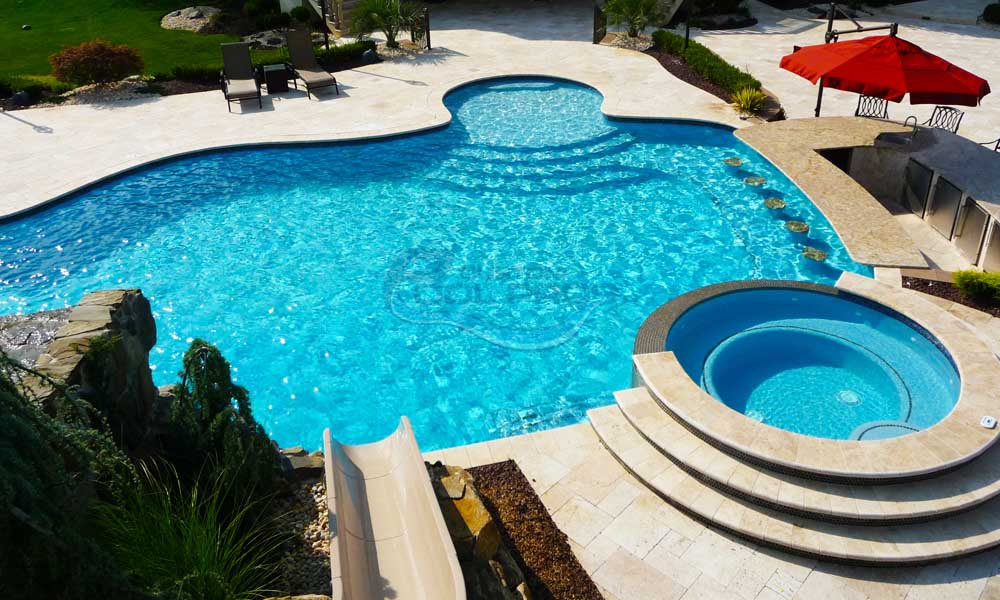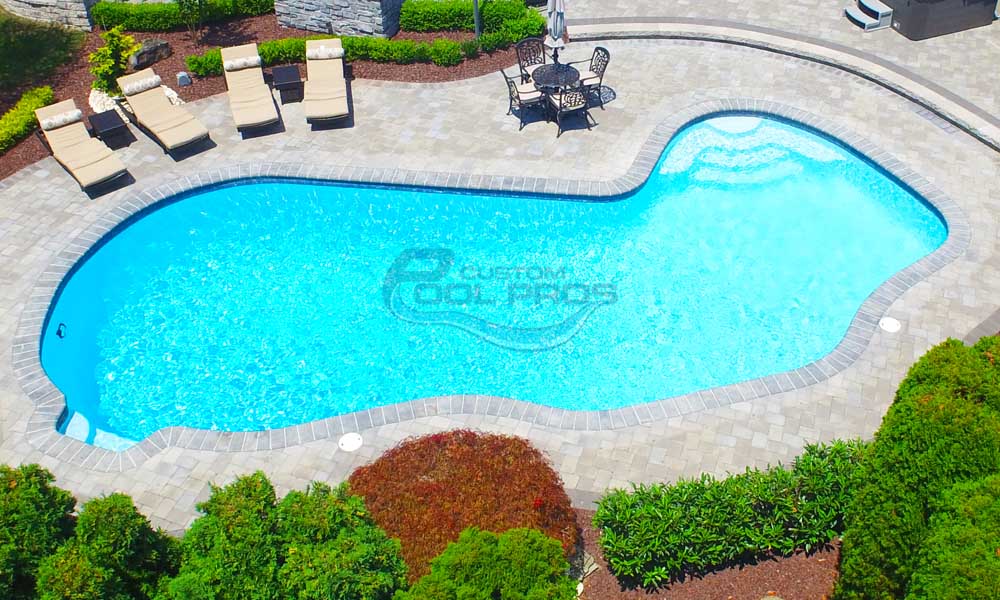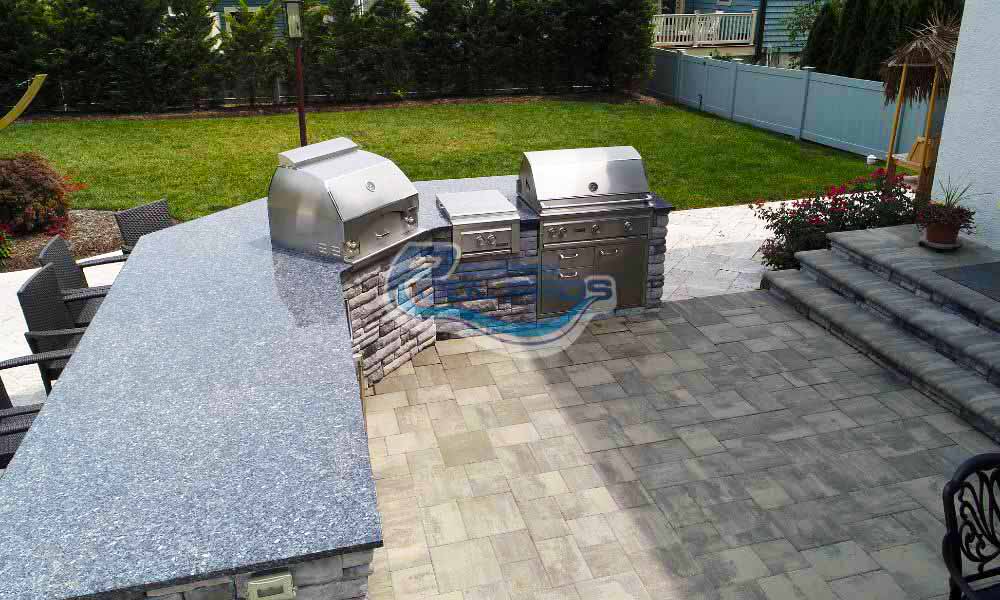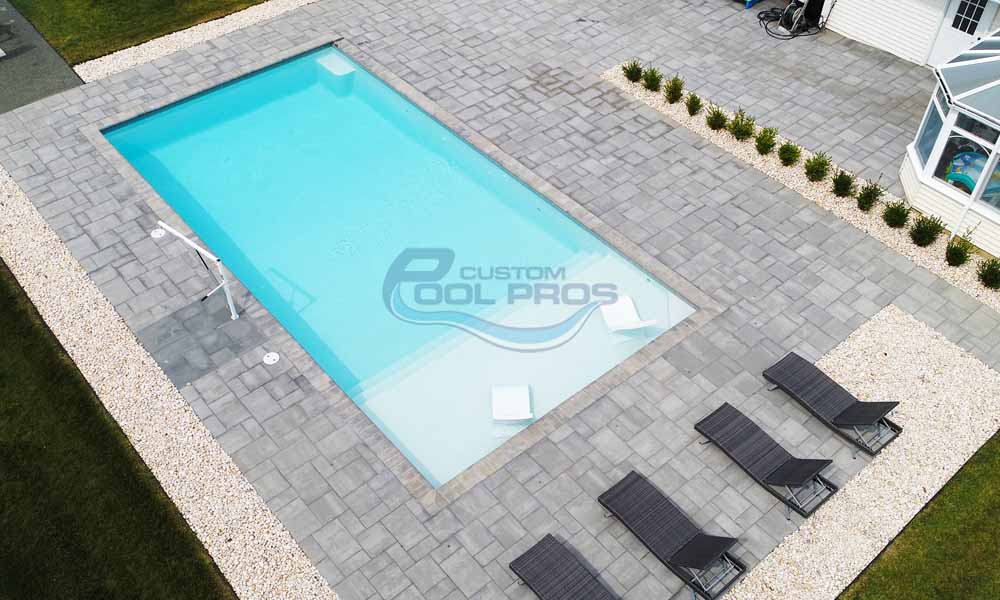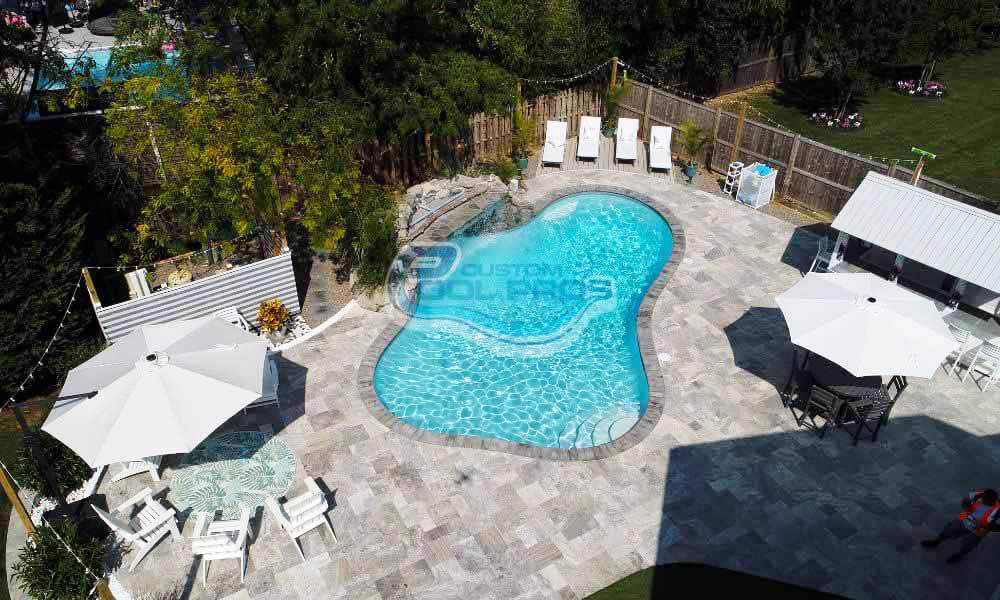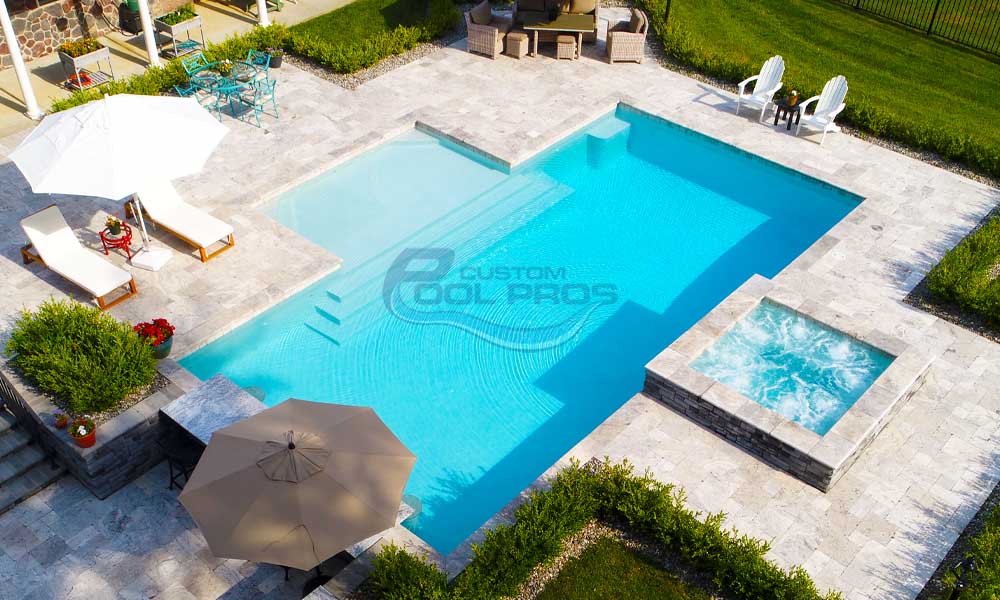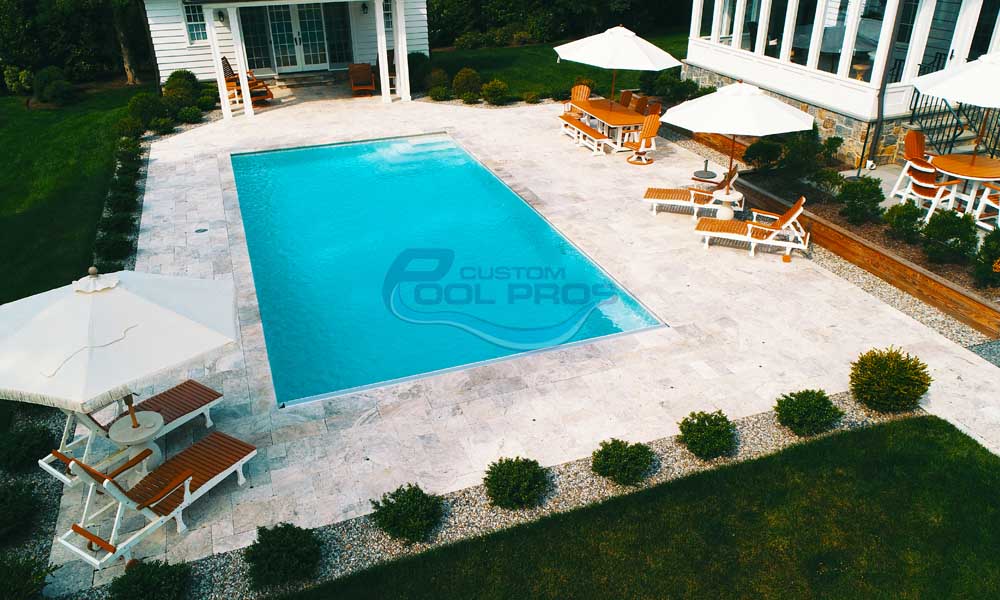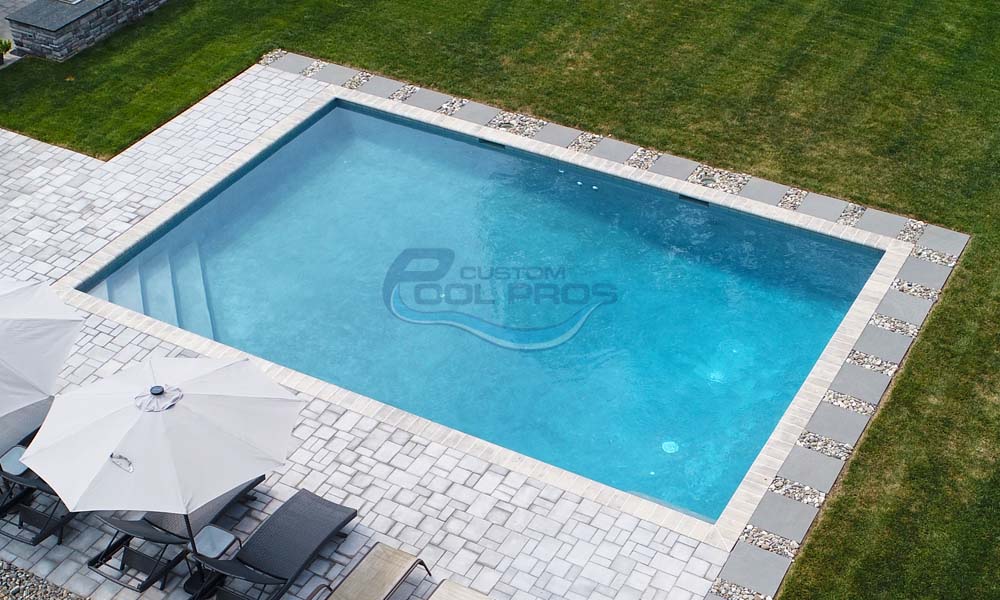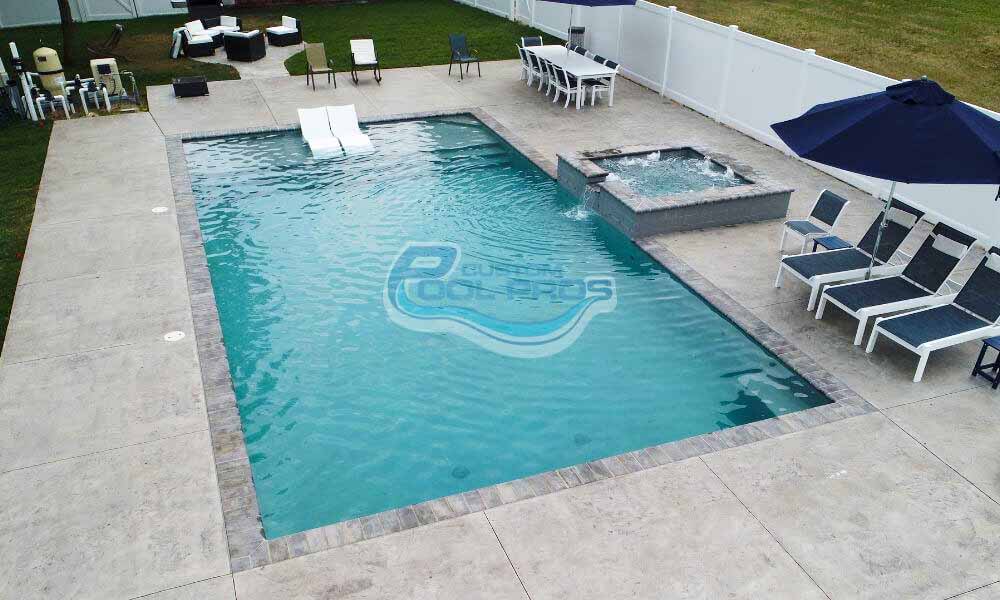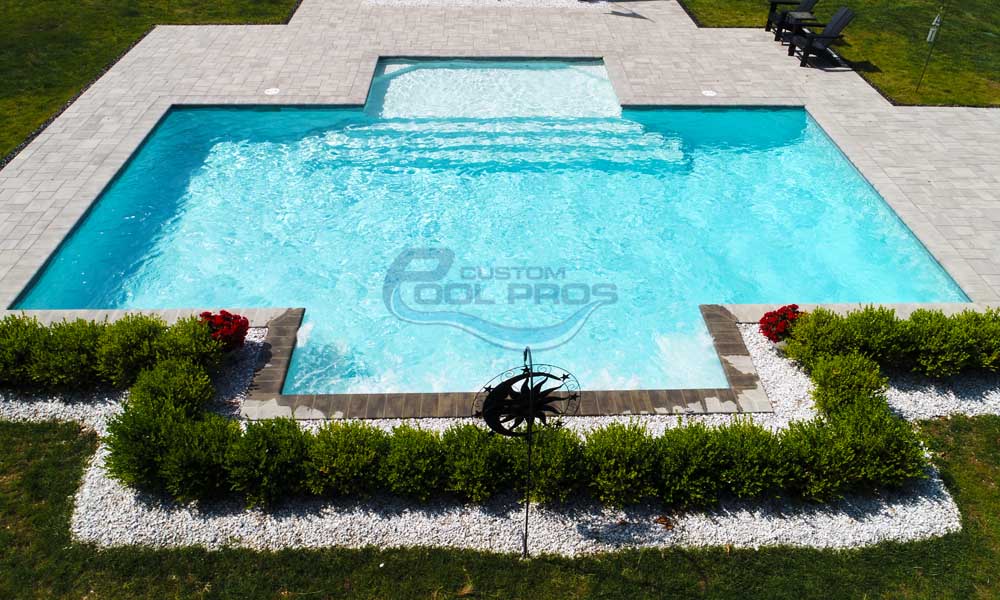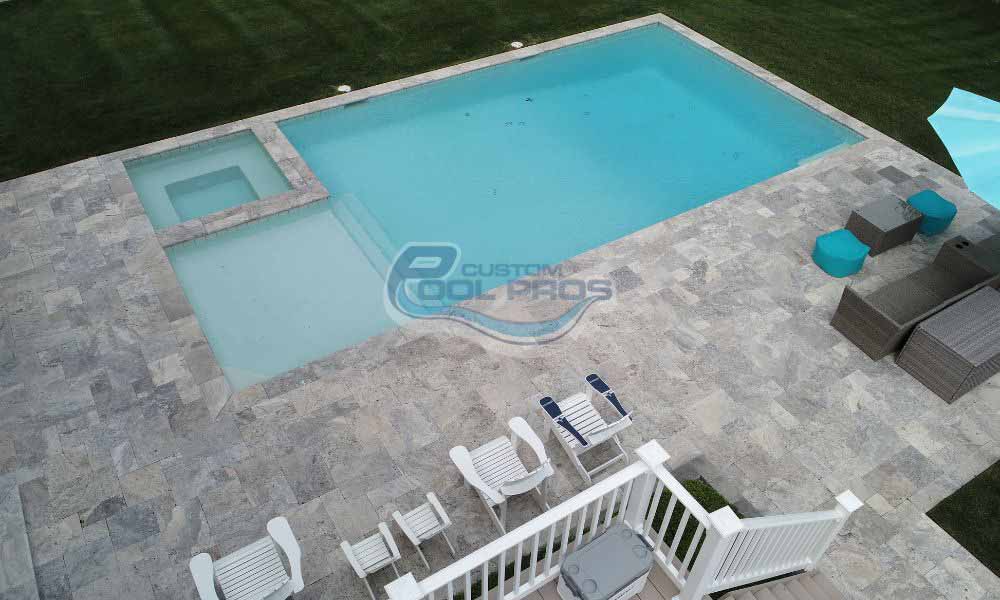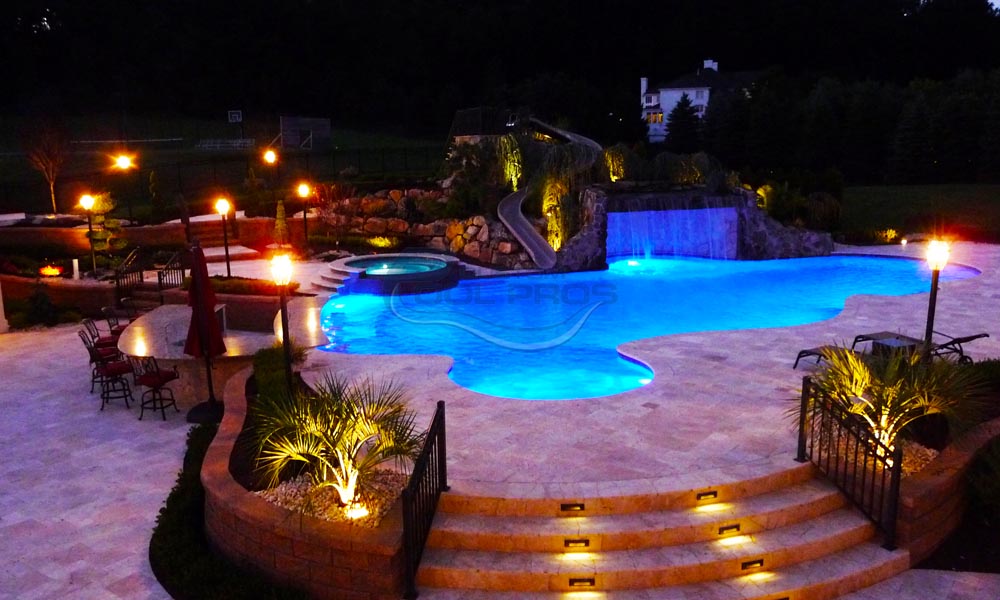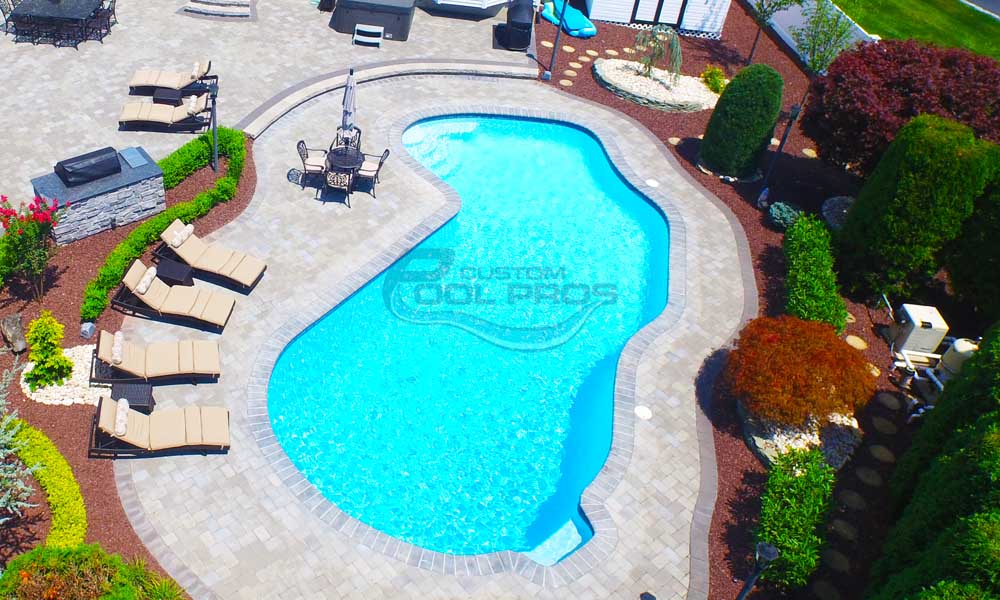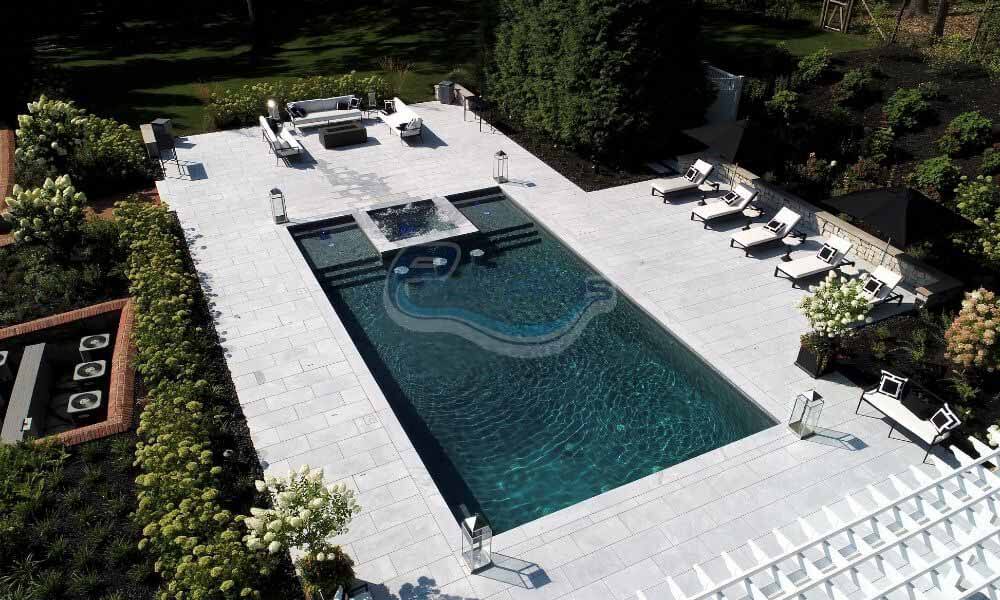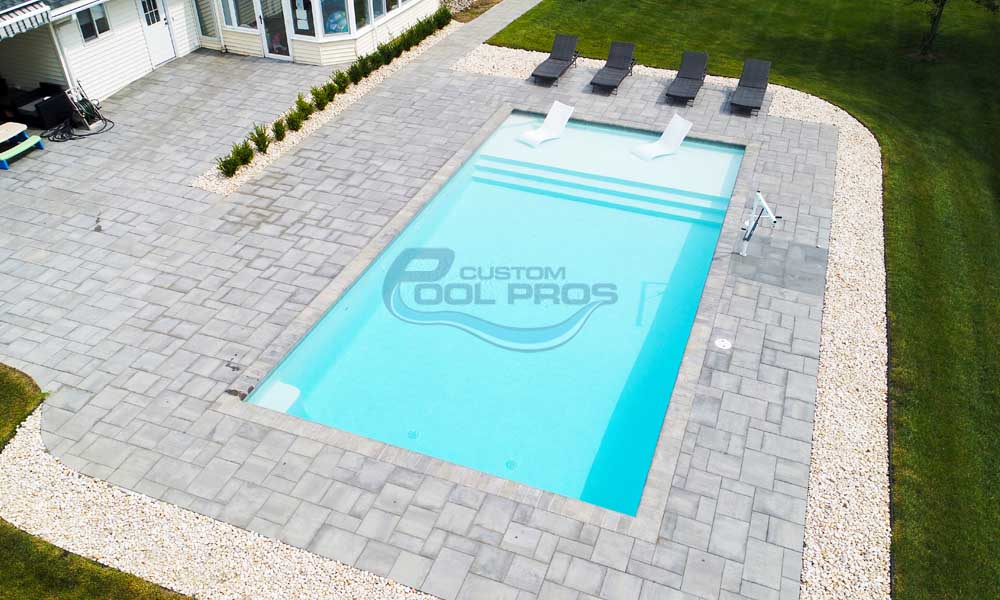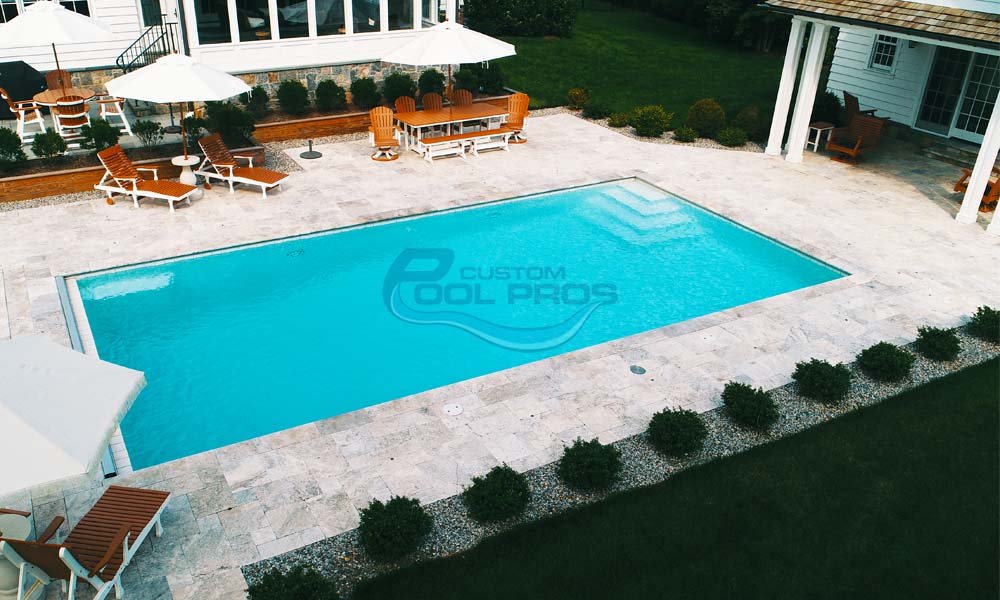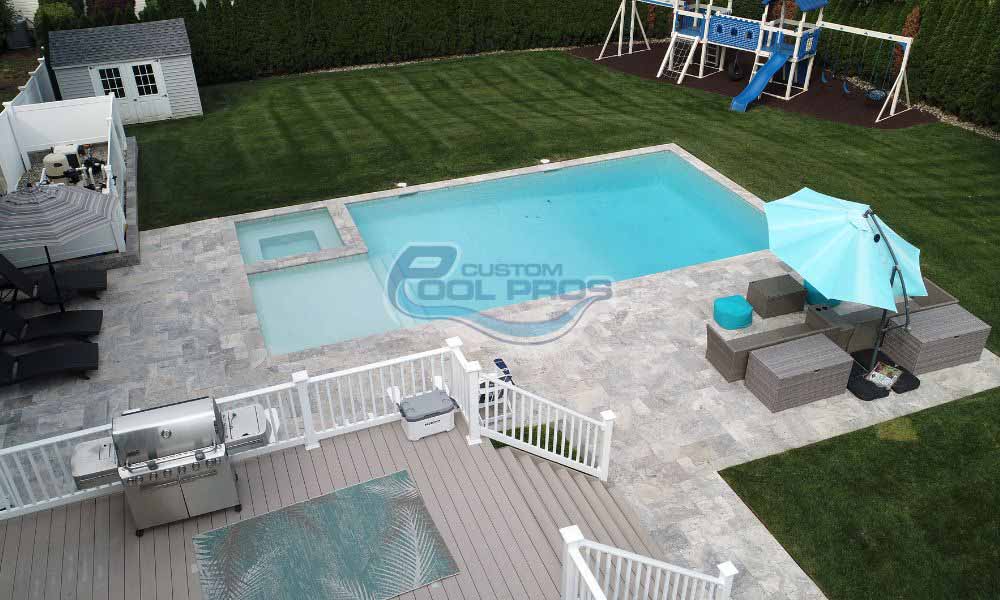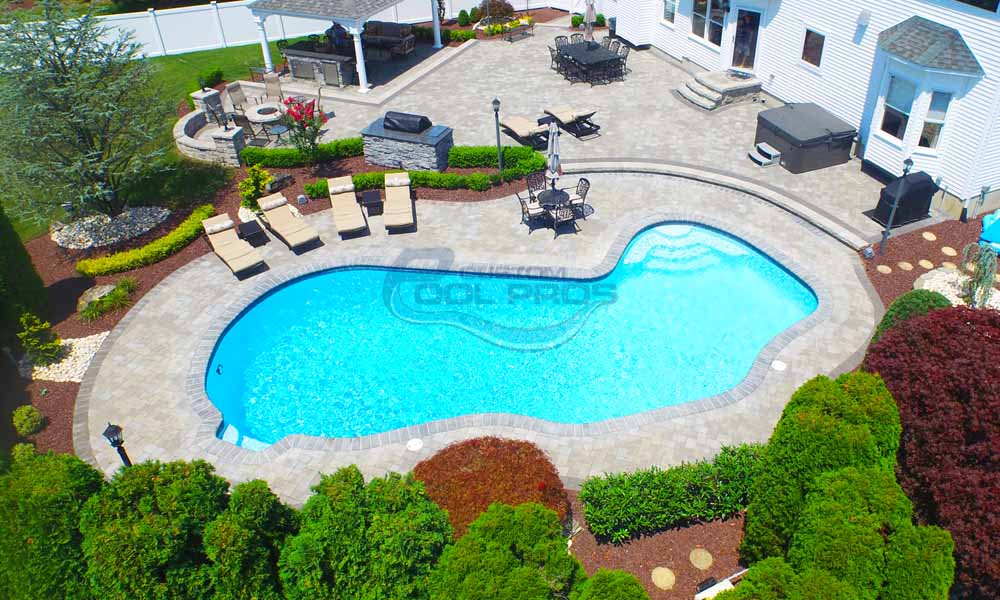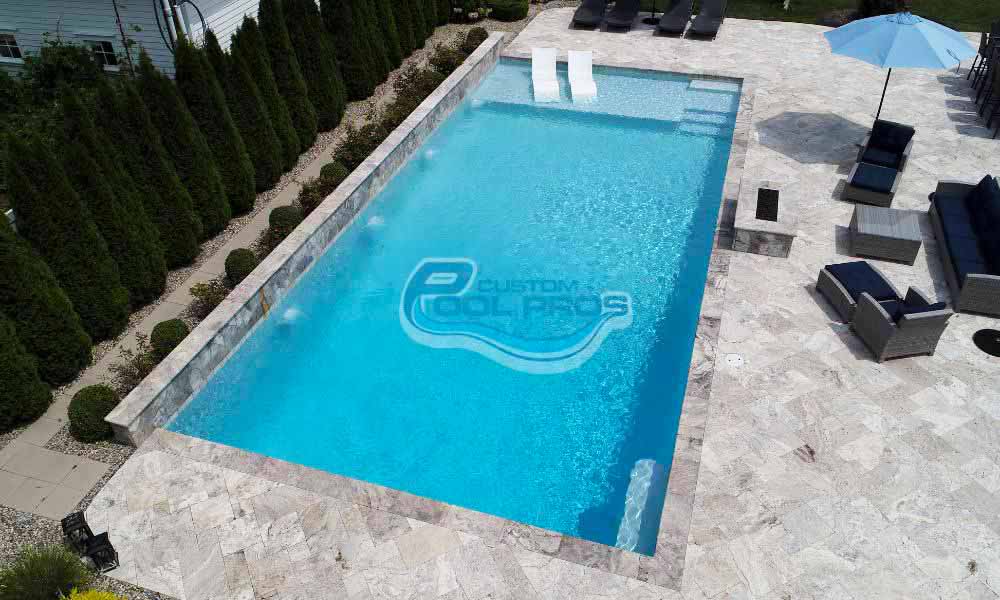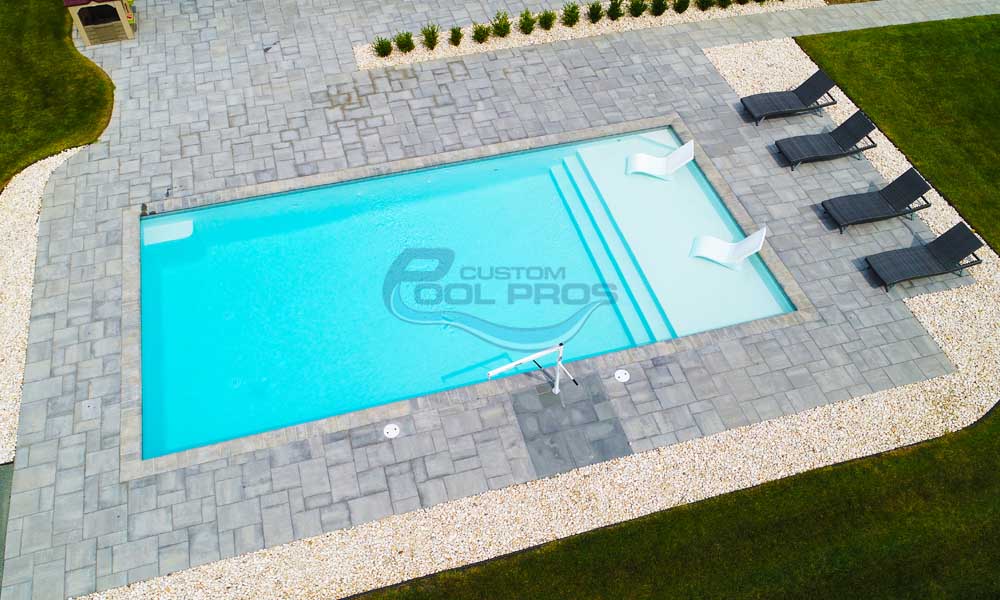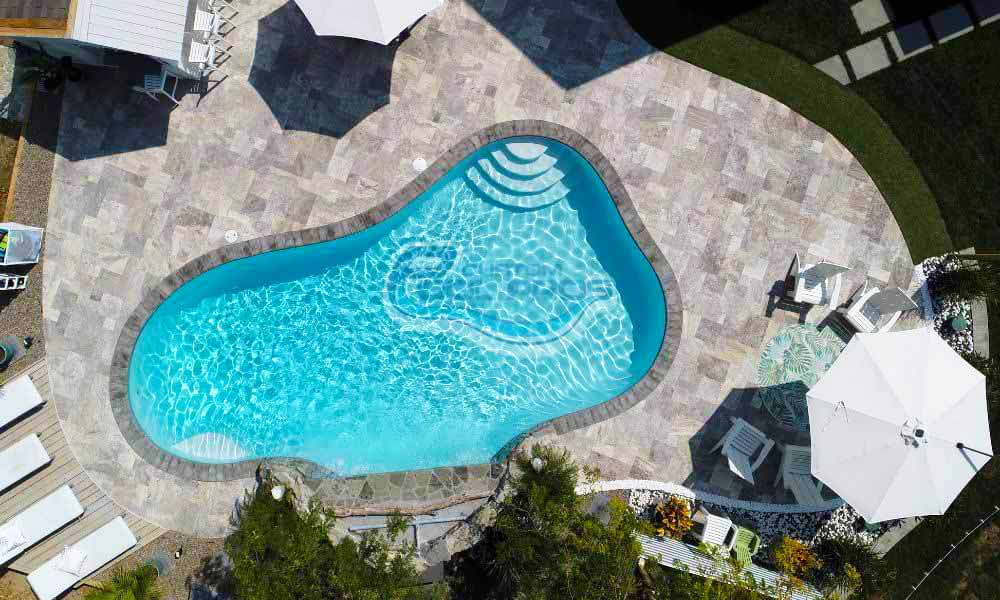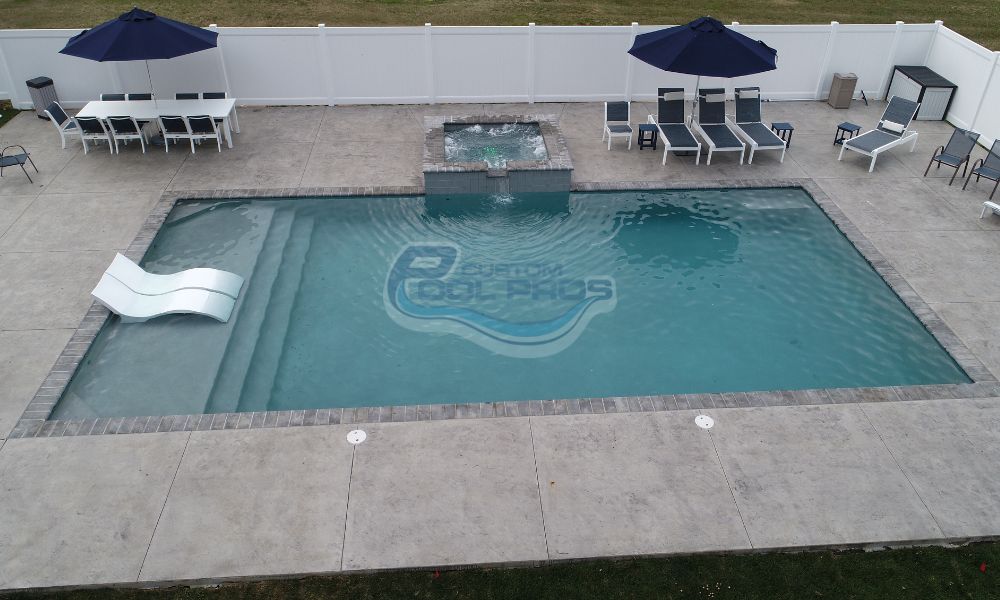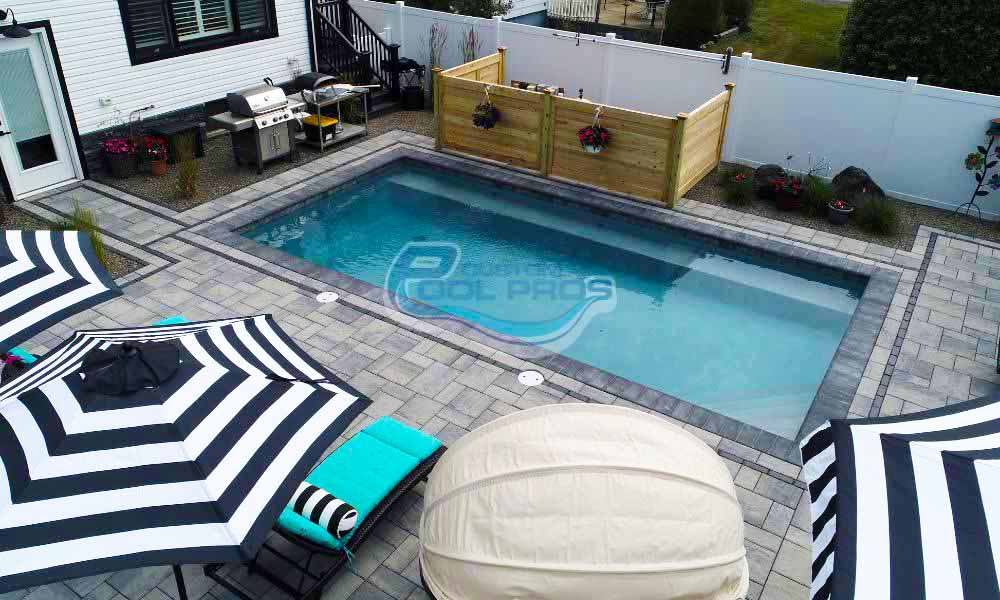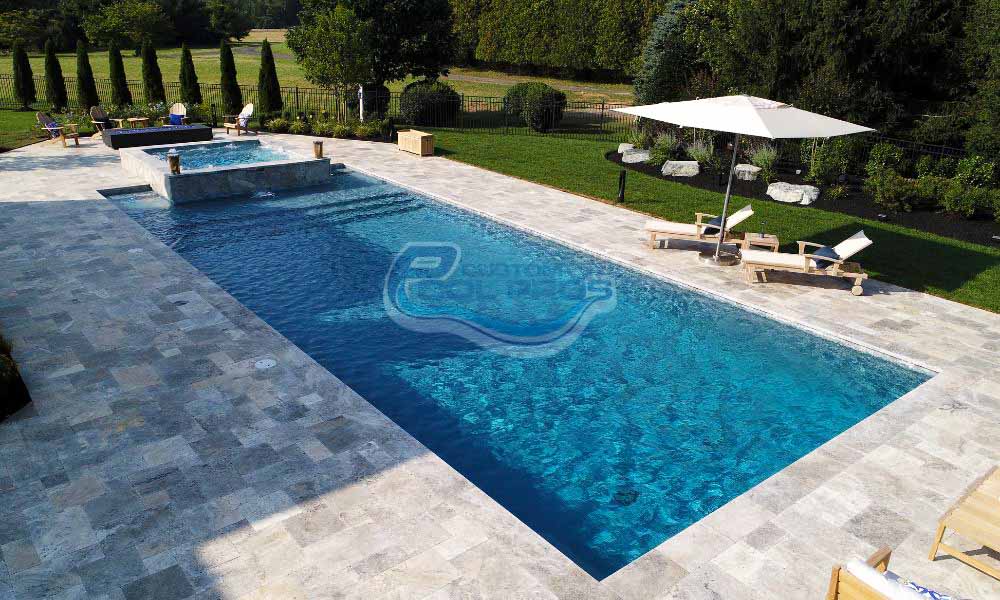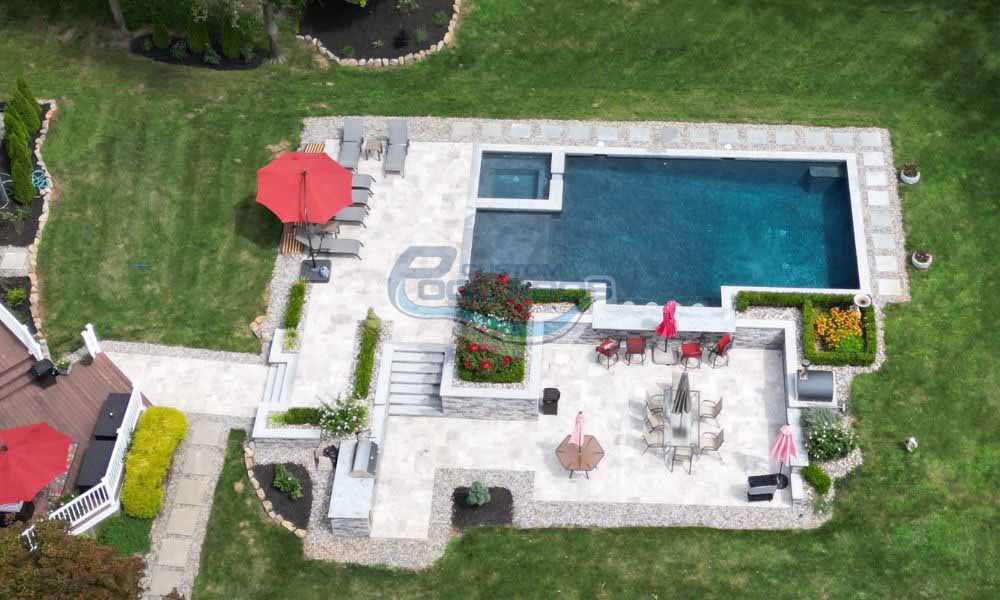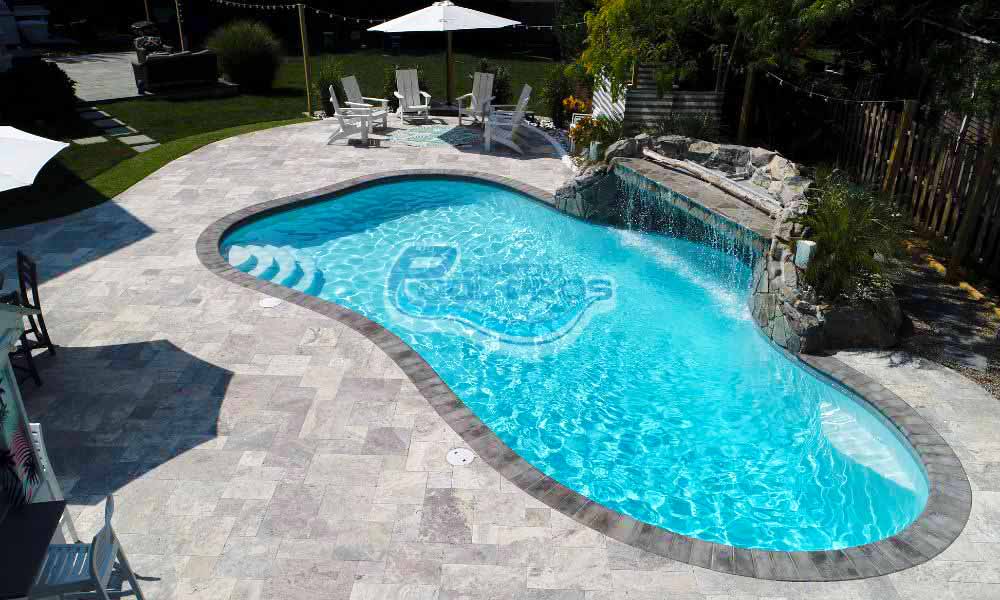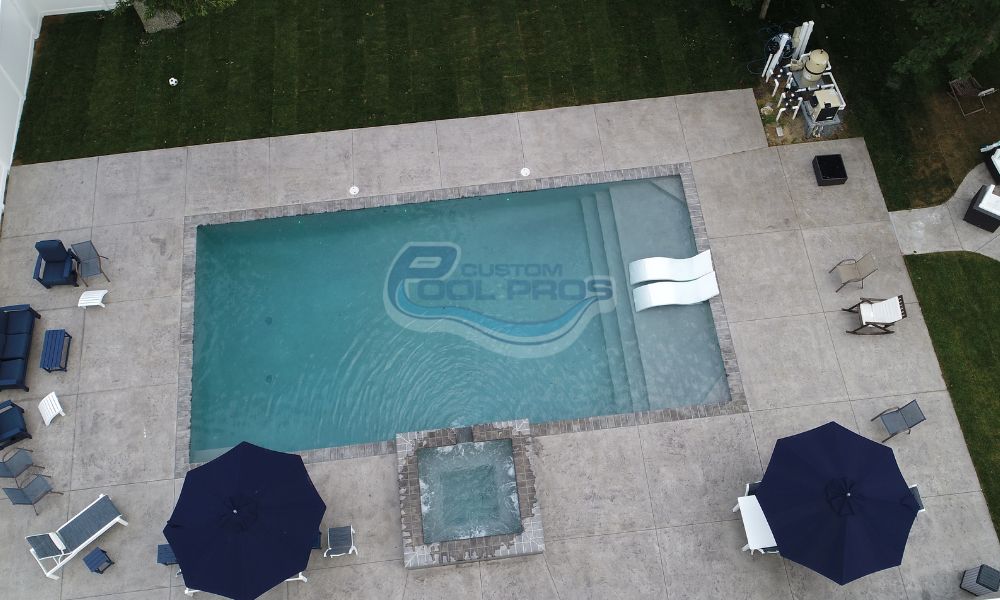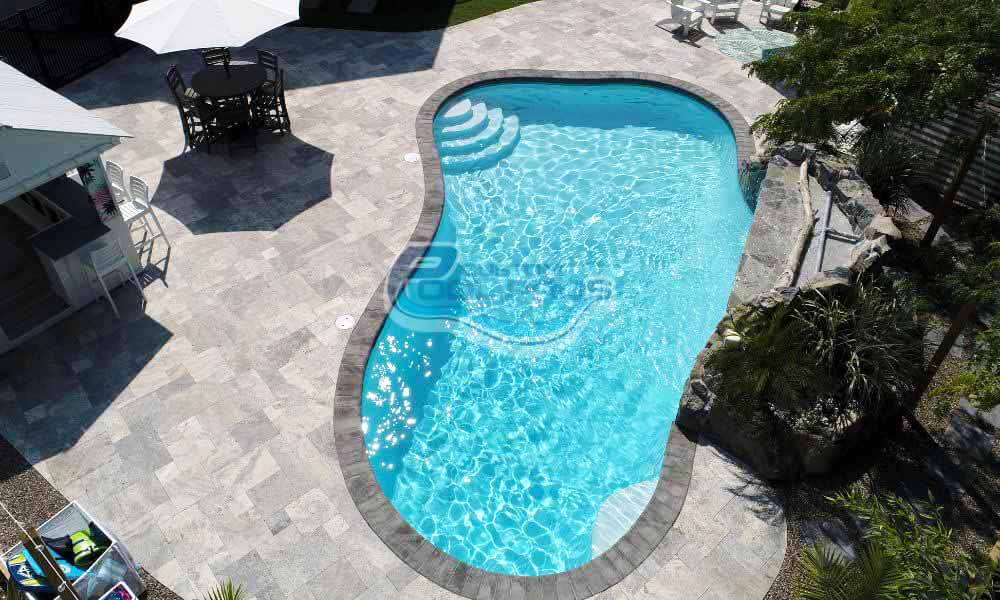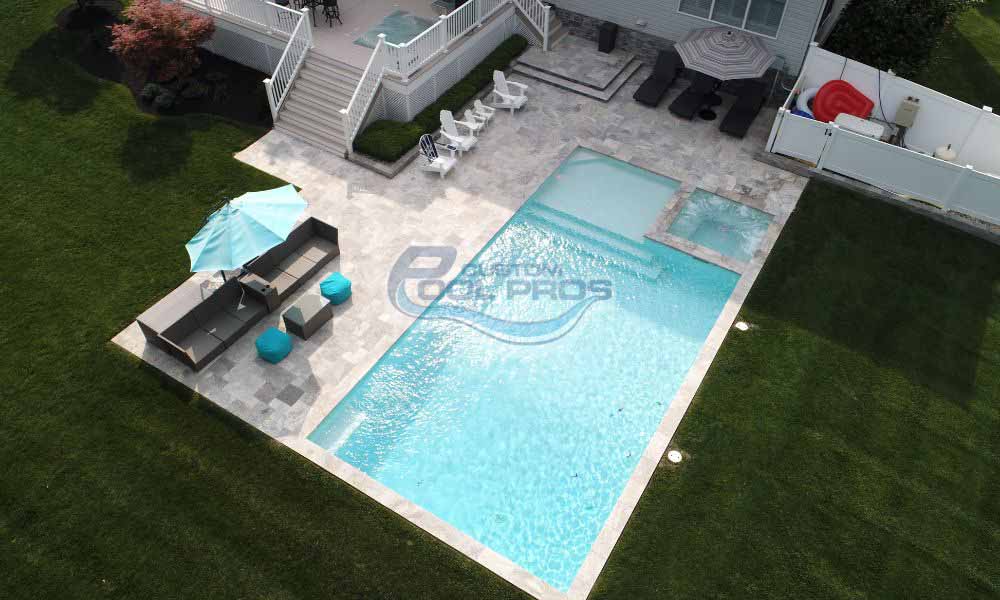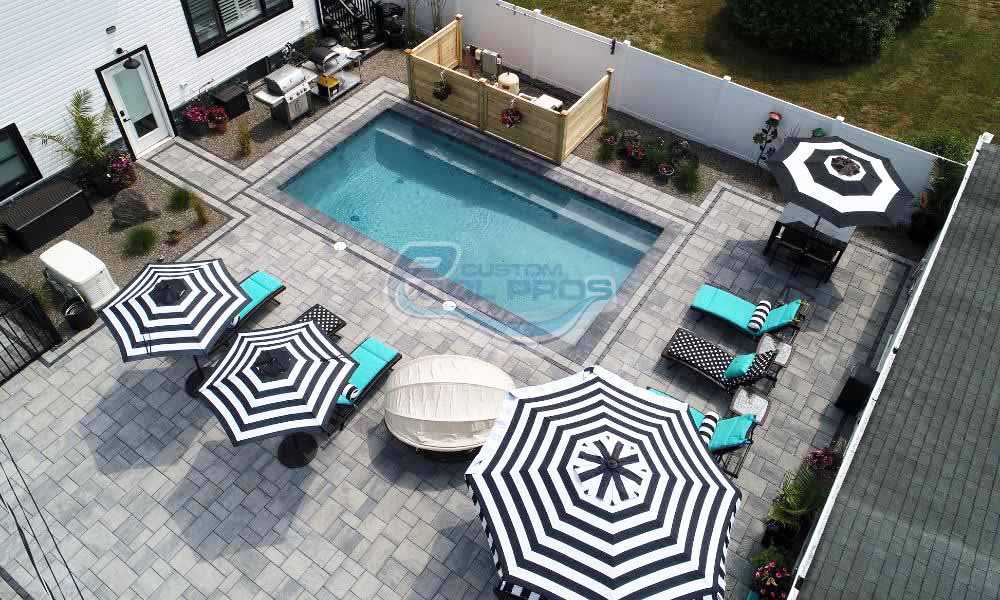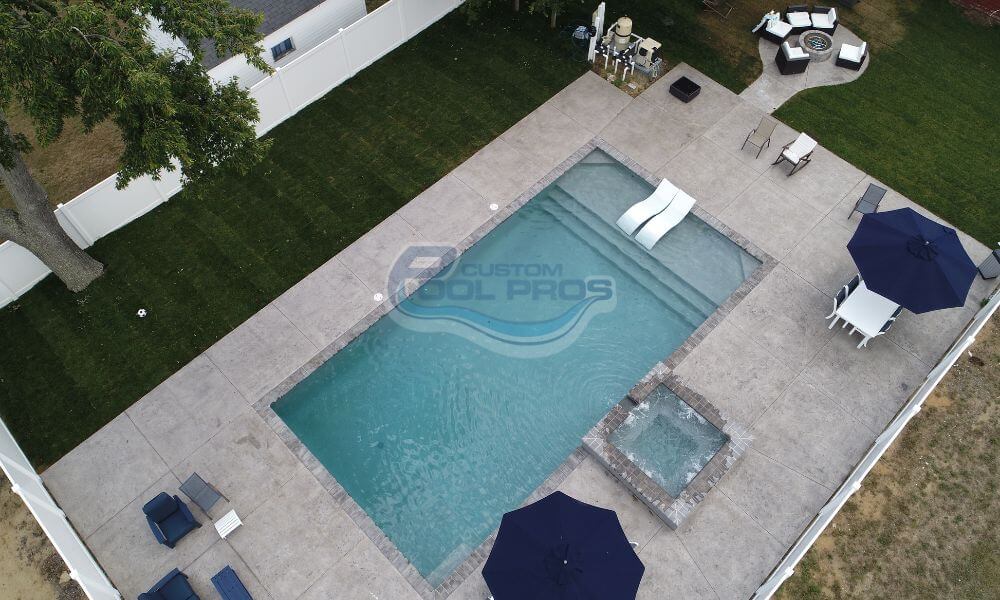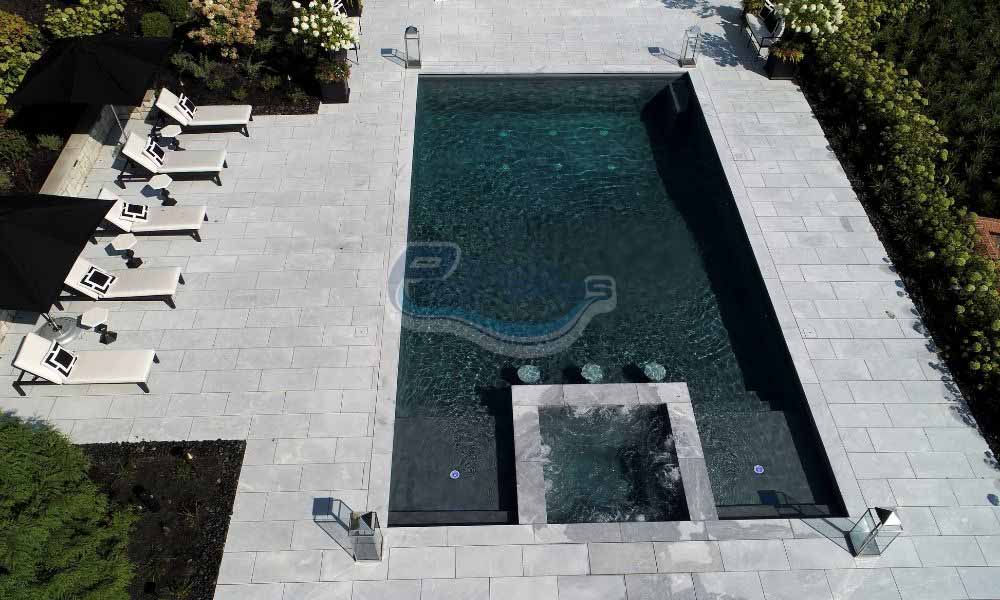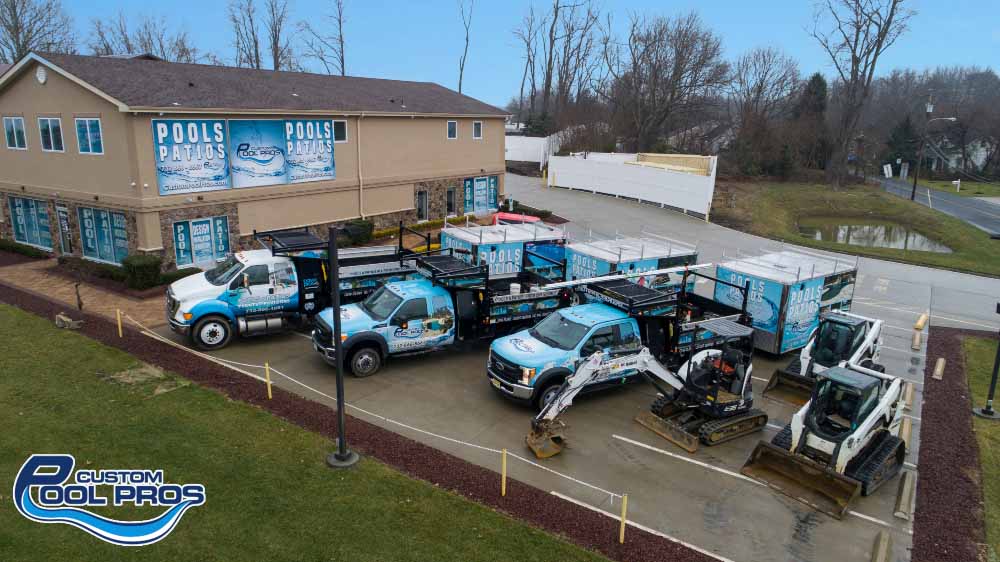Stains are the most obvious thing that gives your pool an unsightly appearance. Now the important question is how to get rid of pool stains and keep your swimming environment looking crystal clear. Check out our solutions for keeping your pool stain-free all season long.
What Causes Pool Stains?
Stains on pool surfaces can occur for a variety of reasons. Swimming pool stains are most often caused by two reasons:
Organic:- One common cause of pool stains is organic matter. Leaves, algae, fallen berries, bugs, and any naturally occurring debris will stain your pool. The good news is that these types of stains dissolve easily during the cleaning process.
Metal:- These types are more difficult to get rid of. They are usually caused by corrosion in your pipes, calcium from your water or from your pool shock, and manganese from well water.
Types Of Pool Stains
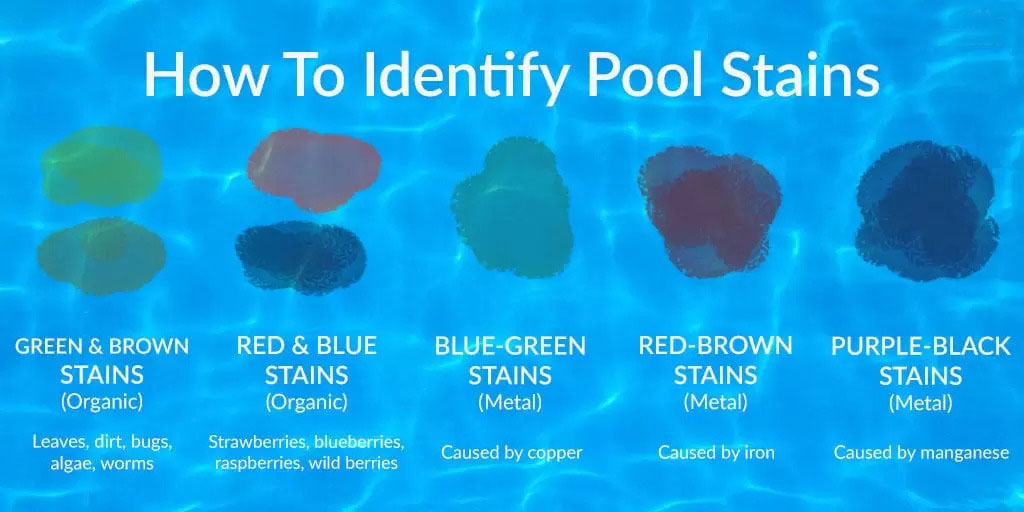
The two broad categories of pool stains consist of organic and inorganic. One way to tell the difference between the two is their coloring.
- Organic Pool Stains:-The organic type, as mentioned above, is caused by dirt, debris, and algae. The organic stains tend to be brown, yellow, or green.
- Inorganic/ Metal Pool Stains:- Inorganic is brought by metals, like in the case of copper stains, or a chemical imbalance. Metal stains have very dark tones or are reddish brown. Most often, you need to contact a professional to get rid of it, as one type of metal stain requires one type of treatment.
How To Remove Organic Pool Stains?
Organic stains scrub away easily after a complete pool shock. By following these steps, you’re sure to clear them out with little effort.
1. Remove Leaves And Debris From The Pool’s Surface
Remove any leaves or other debris from the pool before you begin cleaning, as this can worsen the stain. If there are any large pieces of debris, you can remove them with a net.
2. Check The Water’s Level
Using a liquid test kit or testing strips, you’ll need to test the water’s chlorine, alkalinity, and pH level before adding any other chemicals. Ideally, the pH level needs to be between 7.4 and 7.6, and the alkalinity needs to fall between 100 and 150 parts per million.
3. Shock The Pool
Once you’ve tested the water’s levels, the next step is to shock your pool. If you see numerous stains, large or small, you will need to do a triple shock to clear them out in one try. This means adding three pounds of calcium hypochlorite shock for every 10,000 gallons of water in your pool. Otherwise, you can follow the instructions on the package and add a single dose.
4. Brush The Stains Until They Disappear
Once the pool has been shocked, you can brush away any remaining stains by scrubbing the stains using a stiff pool brush. At this point, they start fading but don’t get discouraged if they haven’t completely disappeared yet.
5. Run Your Pool’s Pump
For the next 8 hours thereafter, you’ll need to run your pool’s pump. During this time, if you’re running your pump overnight, you can periodically scrub away any remaining stains. If they still don’t come off, repeat the process again.
Also Read: Why Your Swimming Pool Is Turning Green Even After Shocking
How To Remove Metal Stains in Your Pool?
Likewise, metal stains and copper stains in the pool can be removed with some extra care. However, you can follow a few steps to get rid of these stains.
1. Lower Your Water’s Chlorine Levels
By lowering the chlorine levels, you’ll slow down the oxidation process (which worsens metal stains) caused by this chemical. This is done by partially emptying the pool and refilling it with fresh water or by adding a chlorine neutralizer. Make sure that your chlorine levels drop down to 0 parts per million.
2. Add Algaecide
Since your chlorine level has dropped significantly, the next step is to add algaecide to ensure no new growth appears. Using this method will help kill the algae that may be causing the metal stains. You can find algaecide at your local pool supply store.
3. Apply Vitamin C To The Stain
It may sound strange, but applying Vitamin C to the stain can help remove it. For this, add a Vitamin C tablet (known as a stain eraser) to scrub away the metal or copper stains in the pool. The elevated acidity from the Vitamin C should remove the stains quickly.
4. Add Ascorbic Acid For Larger Stains
Although Vitamin C and ascorbic acids are one and the same, it might be needed to add ascorbic acid crystals to the pool water. Measure a half-pound of ascorbic acid for every 10,000 gallons of water and spread it evenly.
5. Circulate Your Water
After applying the ascorbic acid, let your pool pump and filter run for at least half an hour to circulate the water and distribute the chemical.
6. Check For Residual Stains
At the end of the thirty-minute period, check for any remaining stains. If you still see some residue, repeat steps 3 through 5 until all stains disappear.
NEED HELP REMOVING POOL STAINS?
Rather than do it yourself, hire a professional team to remove stains thoroughly from the swimming pool. Custom Pool Pros have over two decades of experience in pool-related services. Contact us to get rid of your stain!






